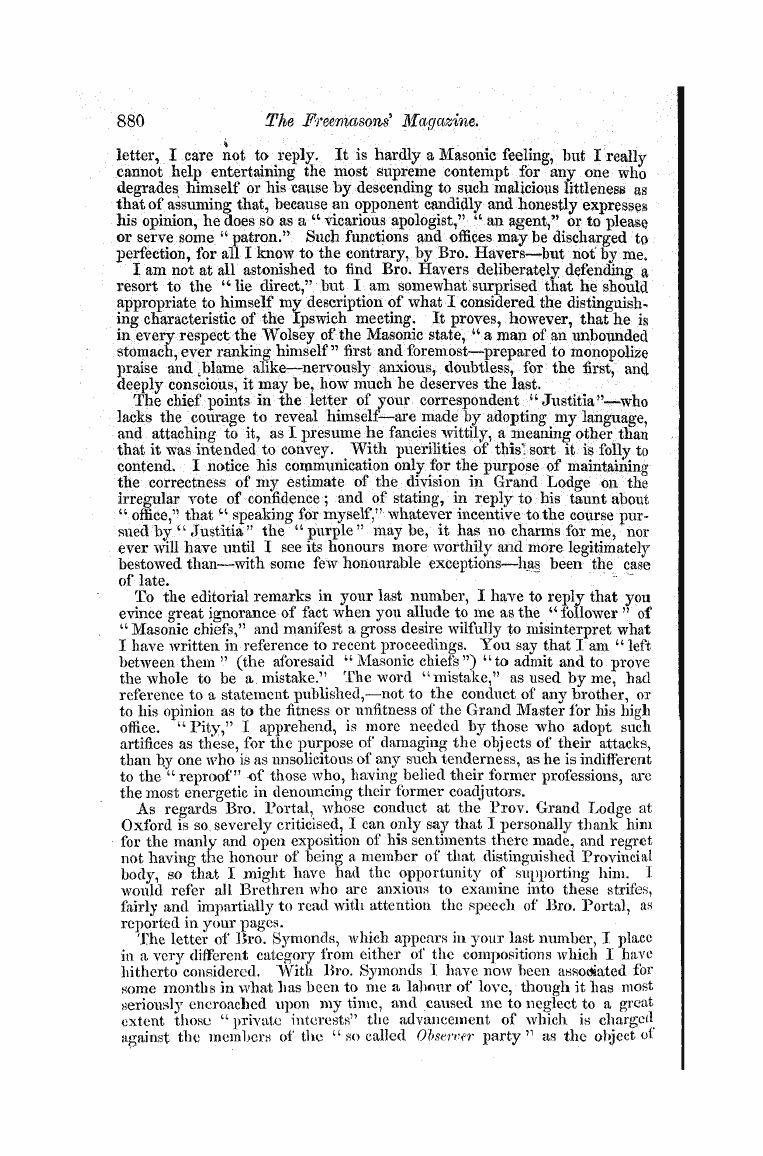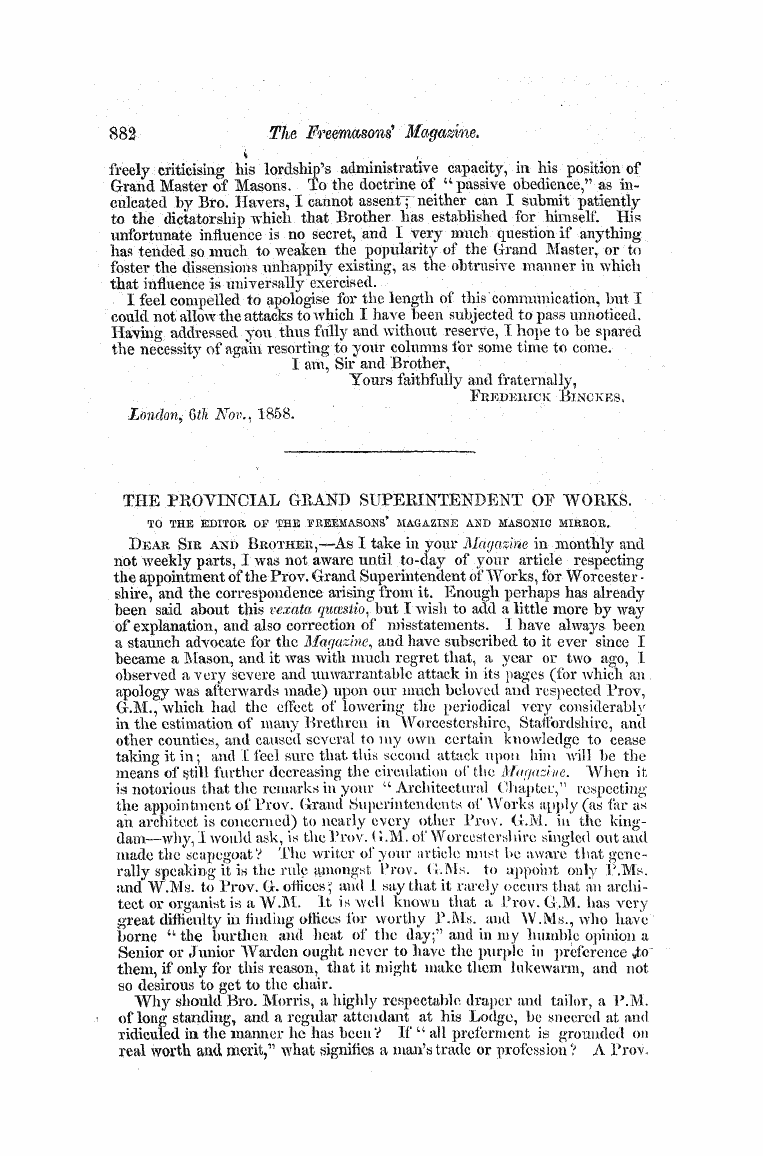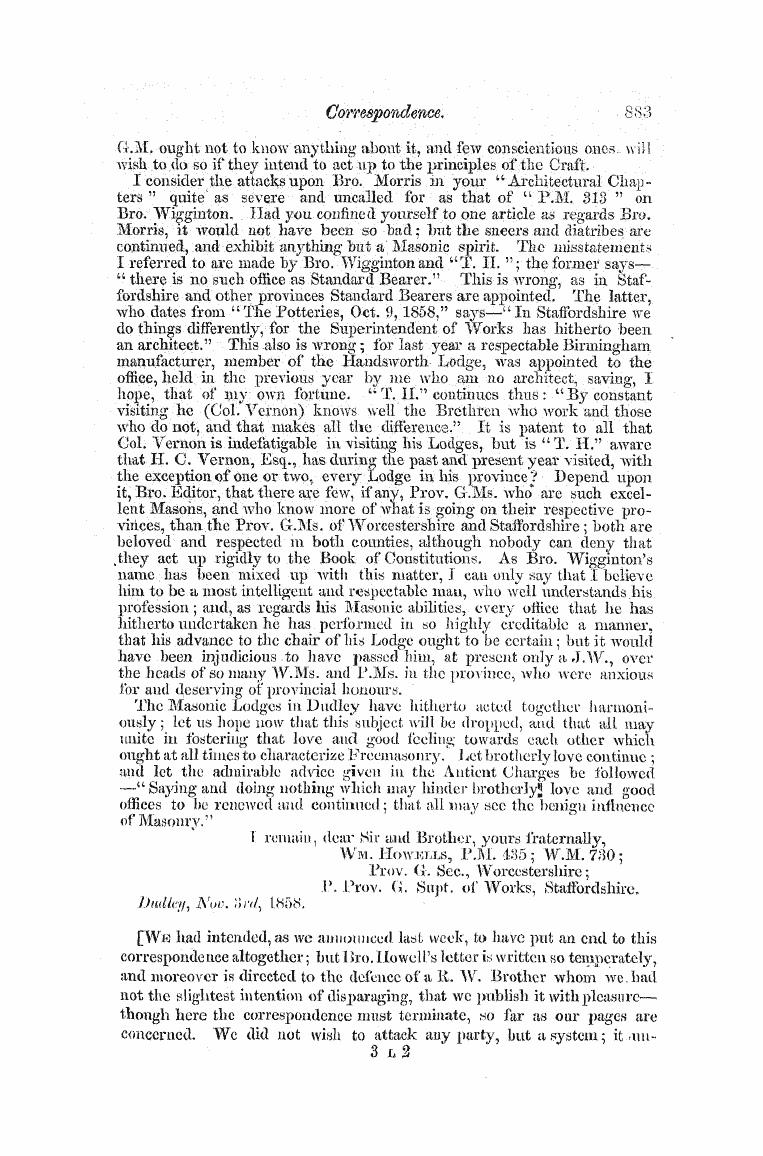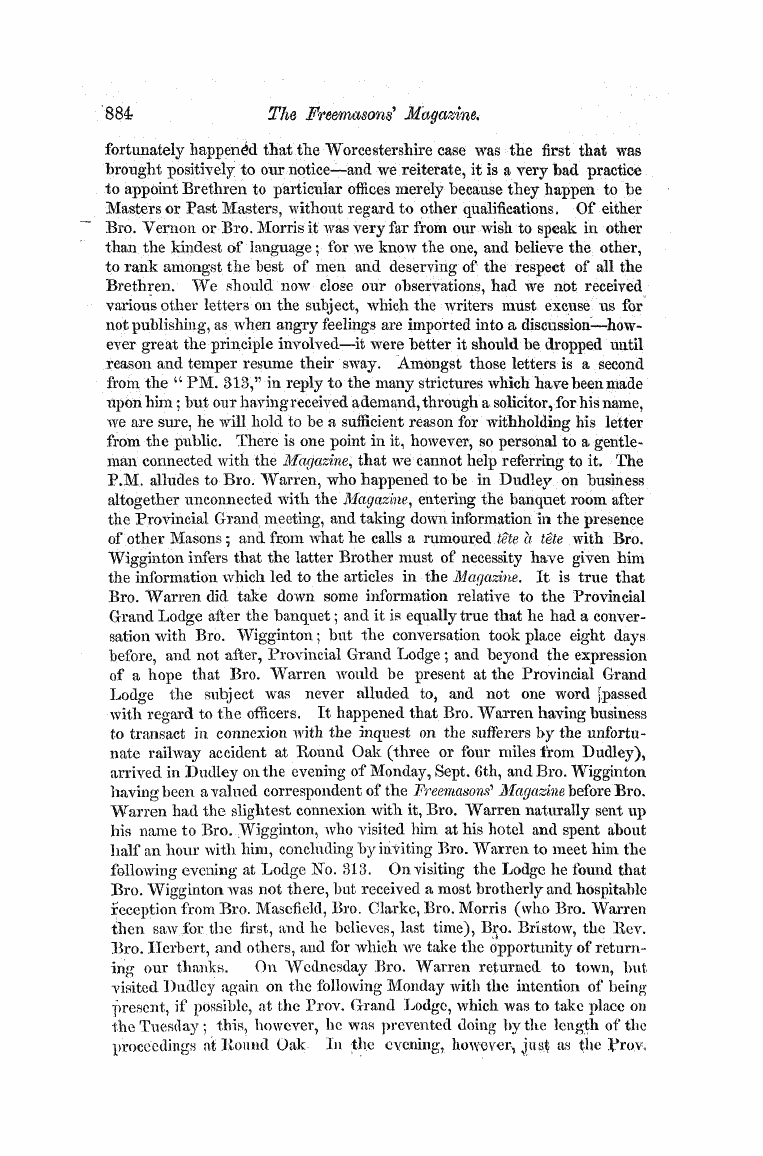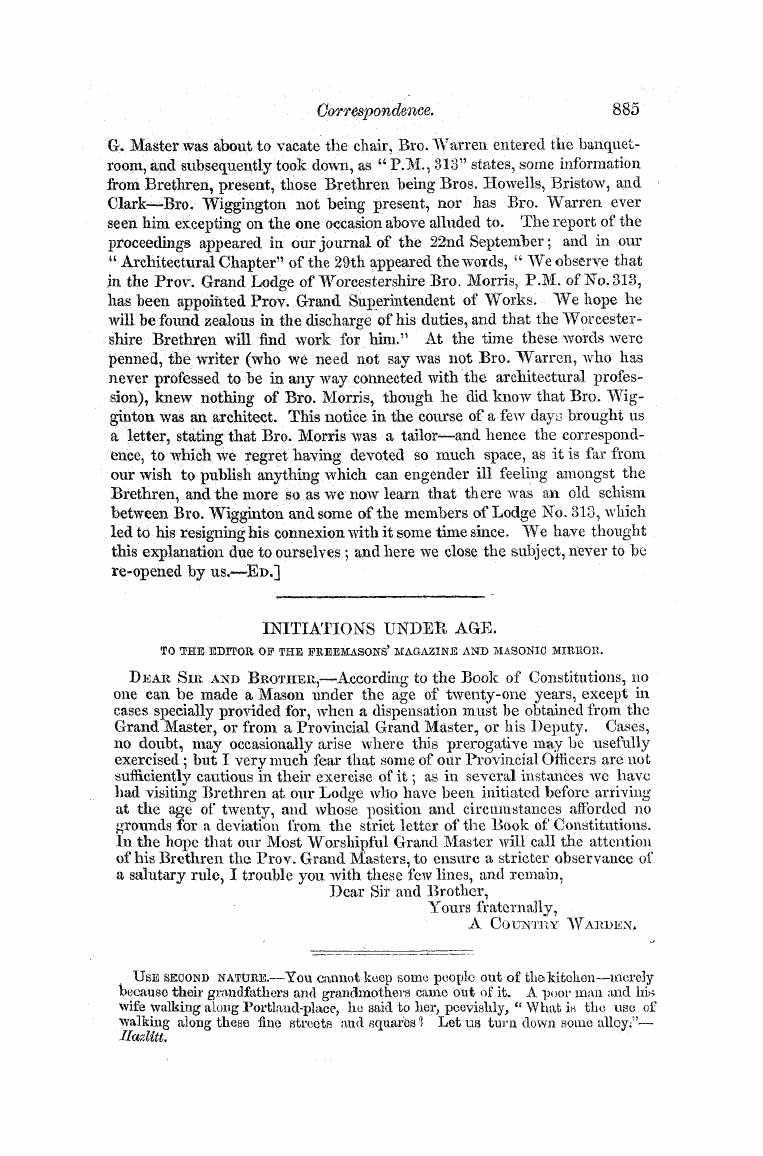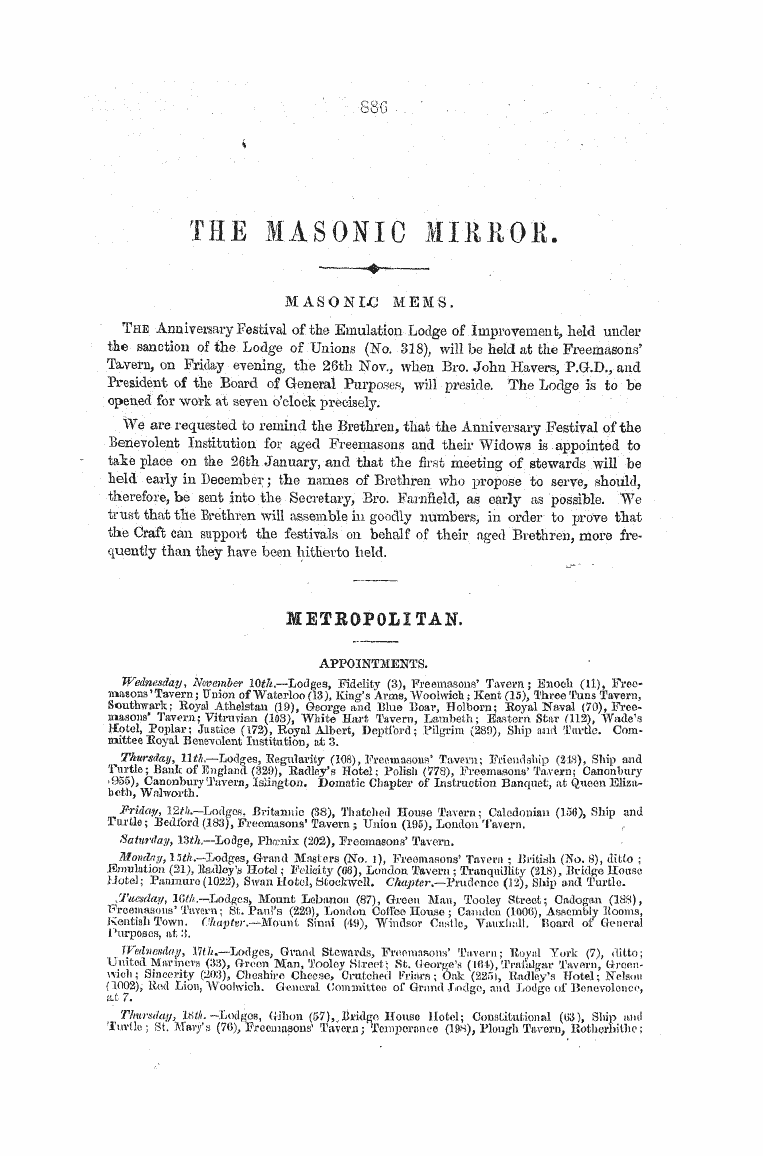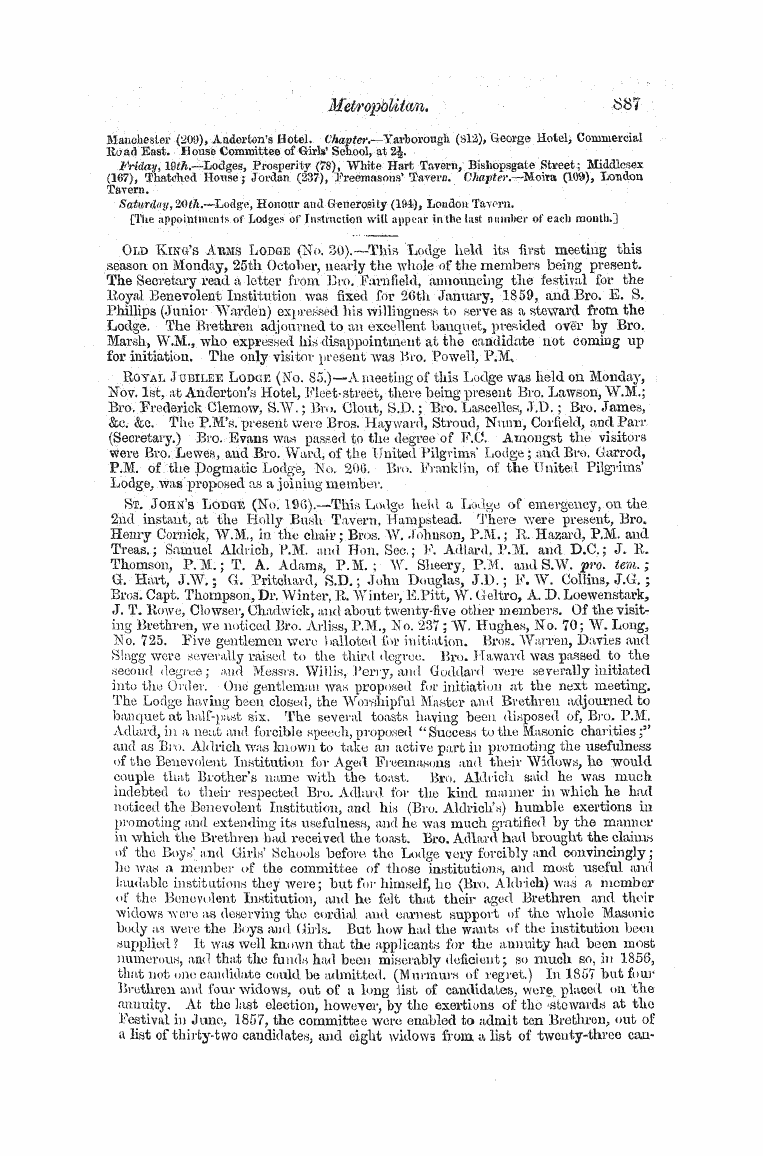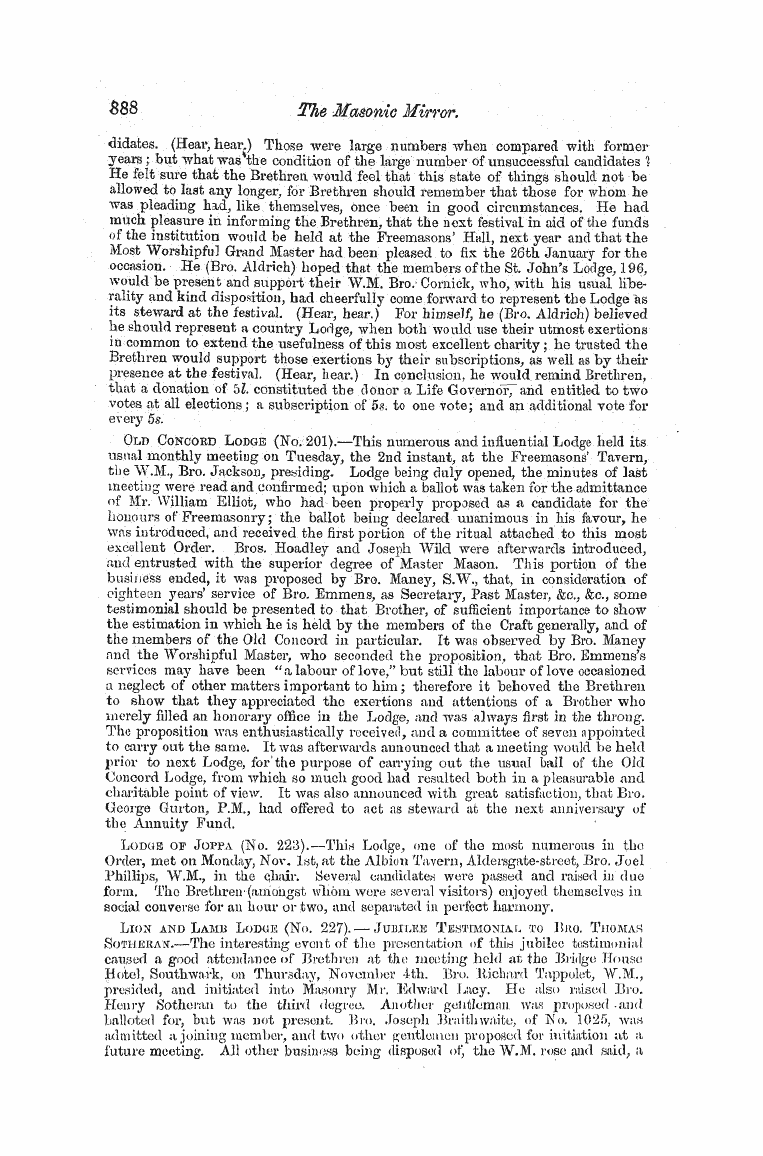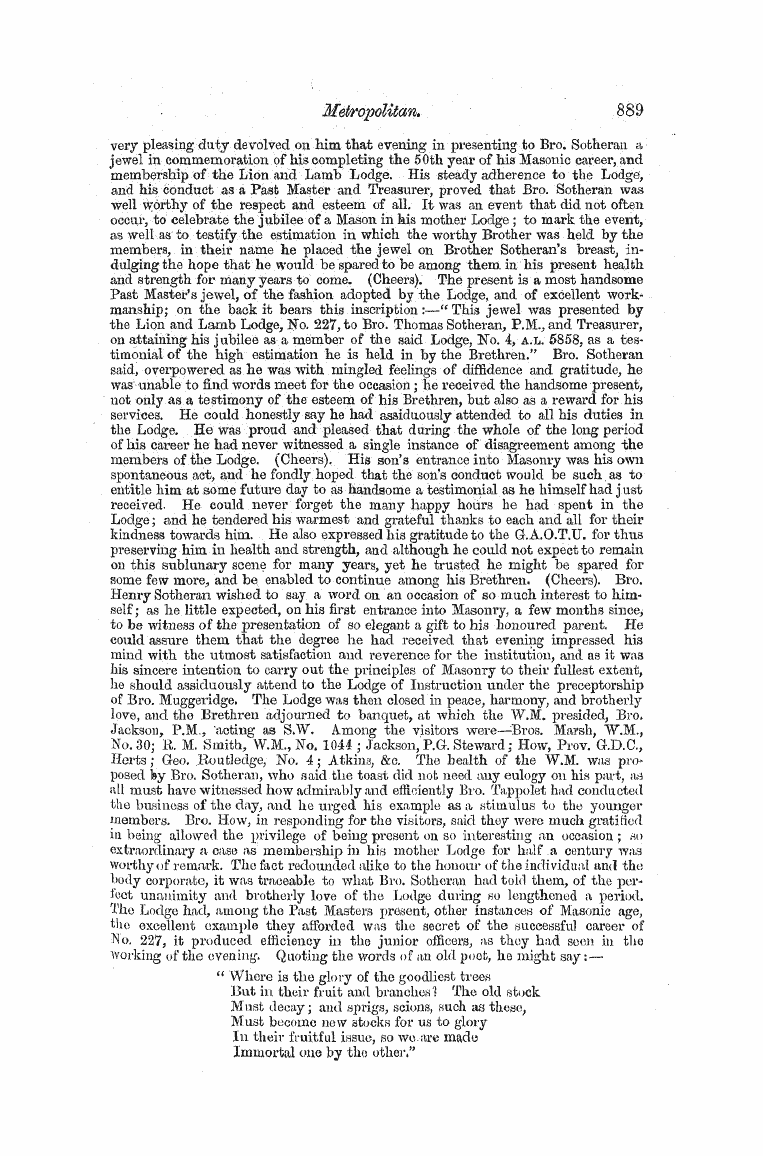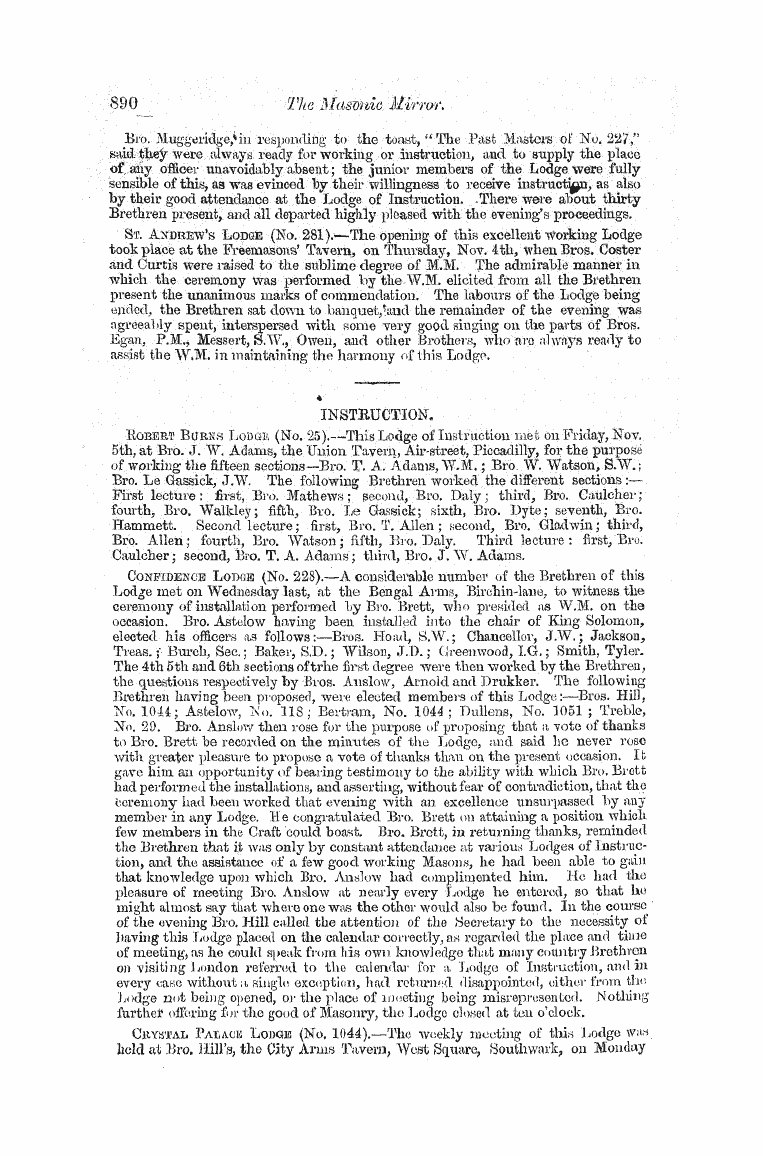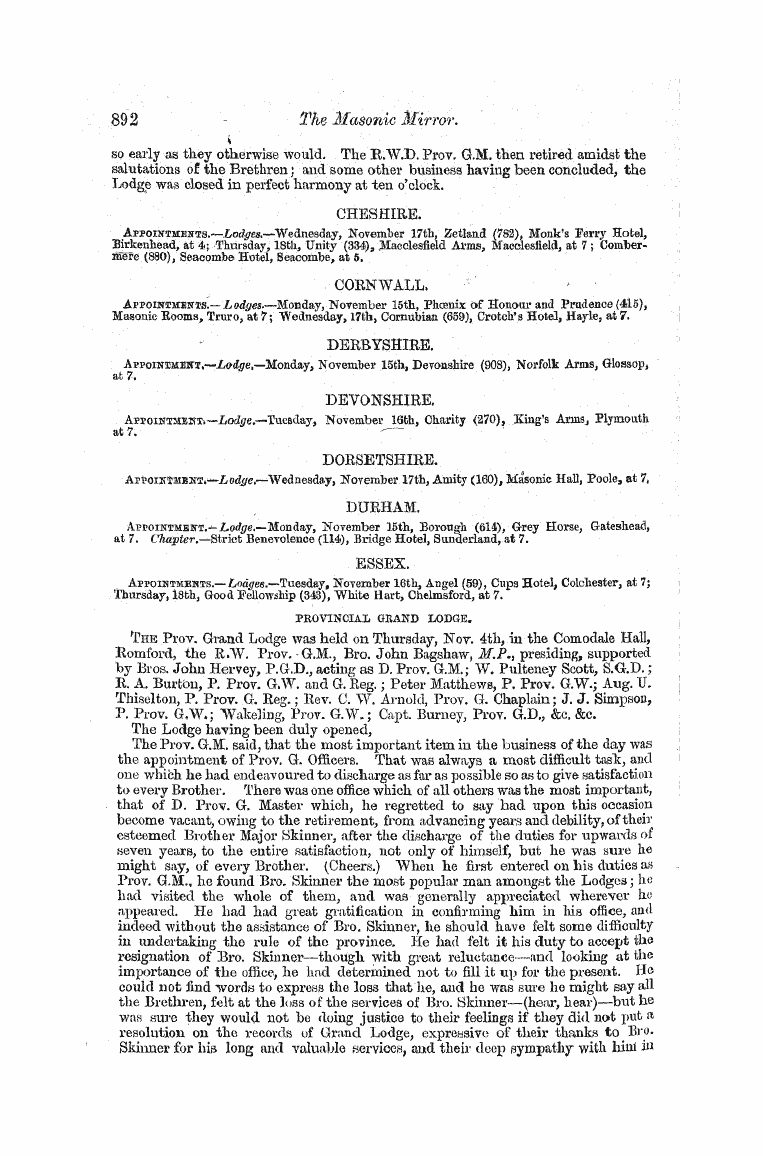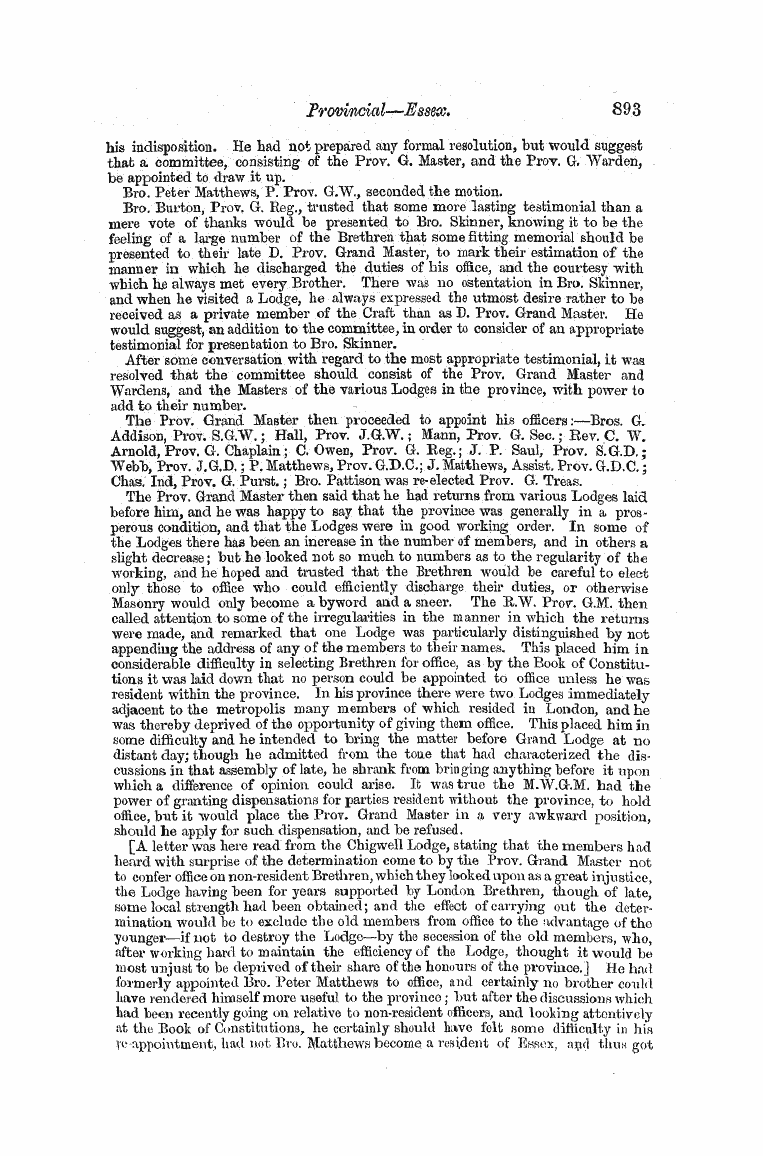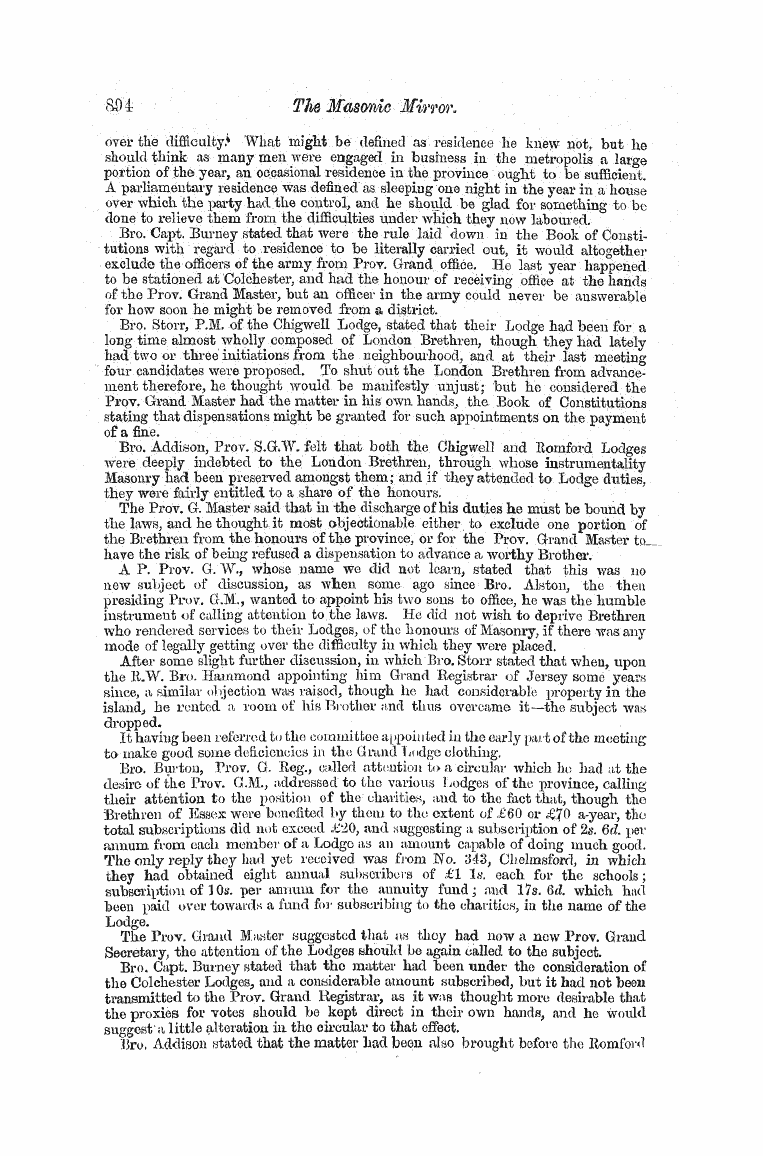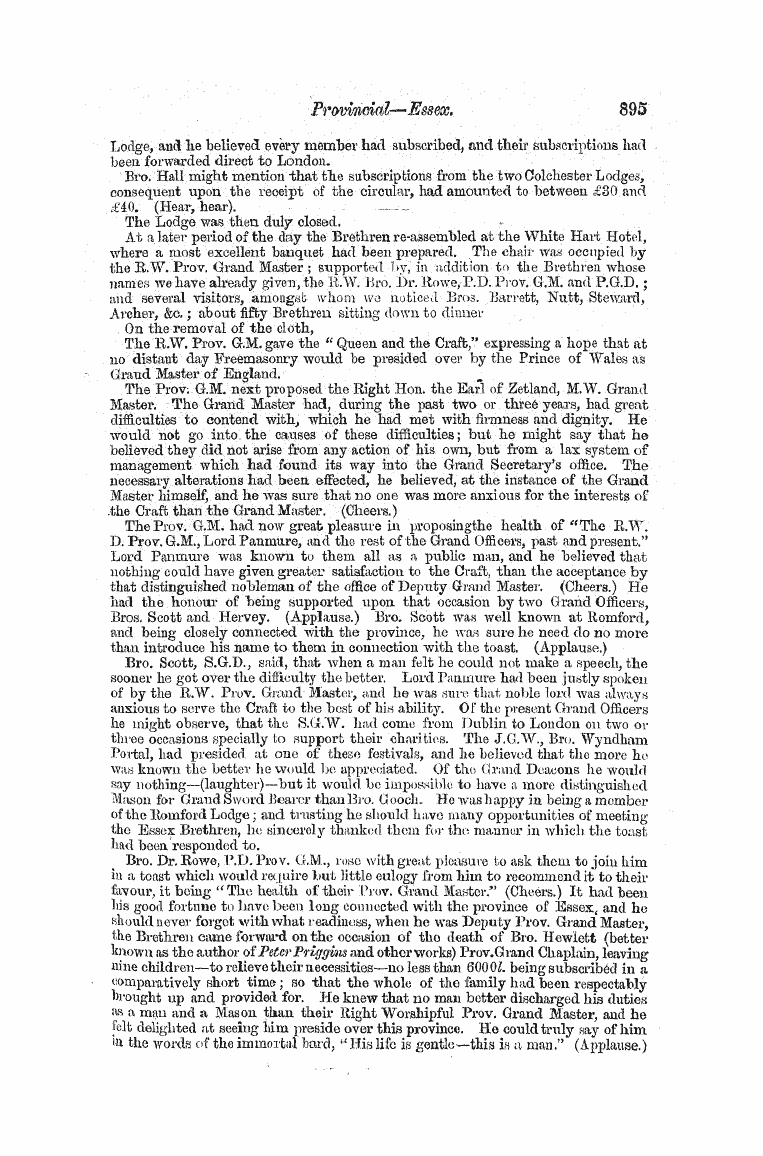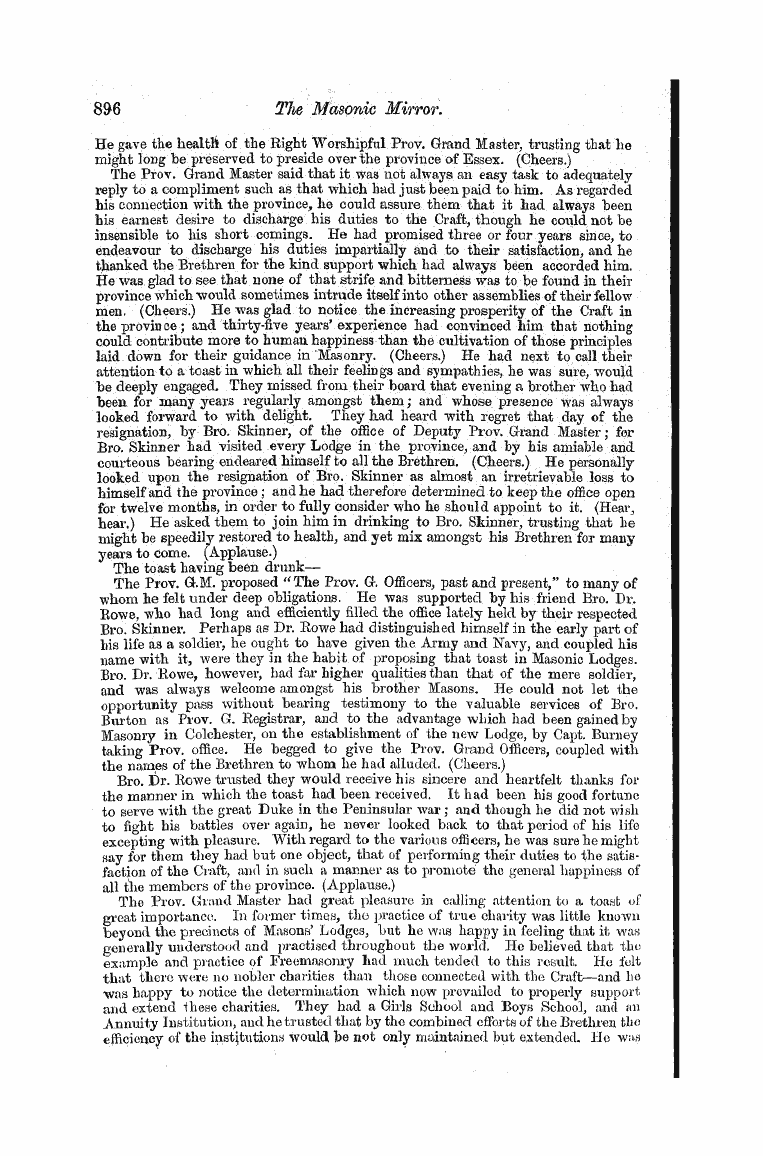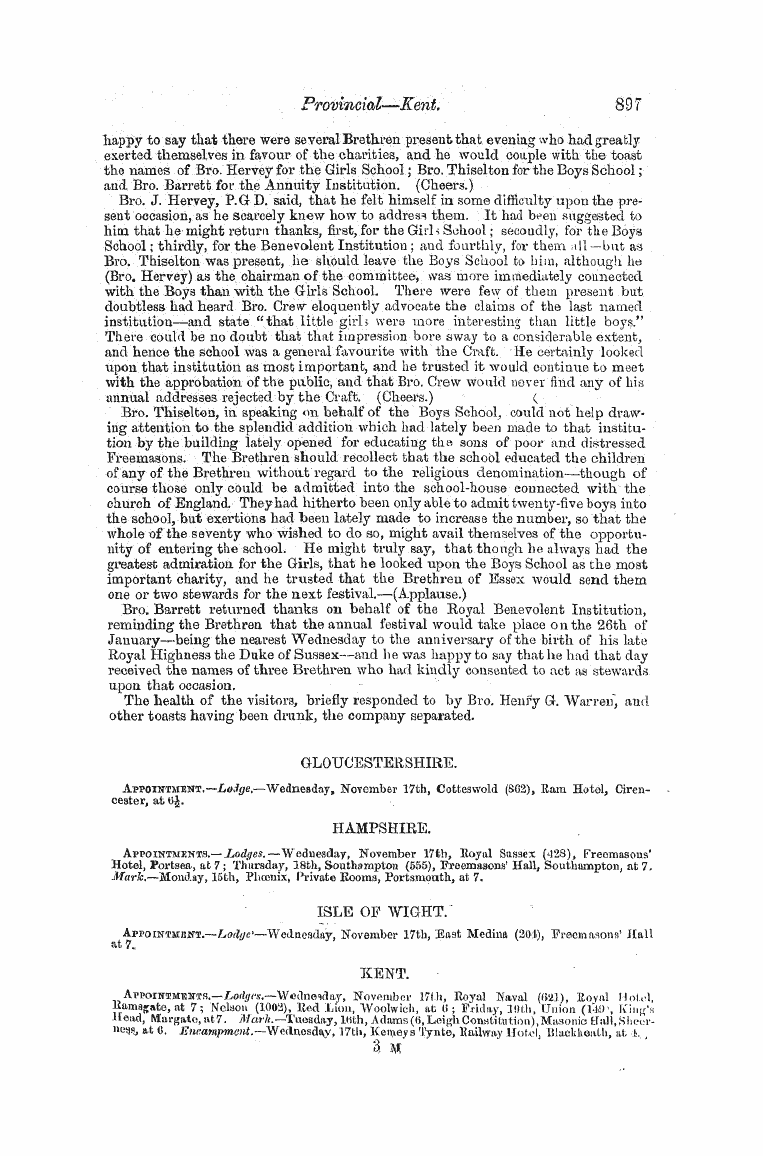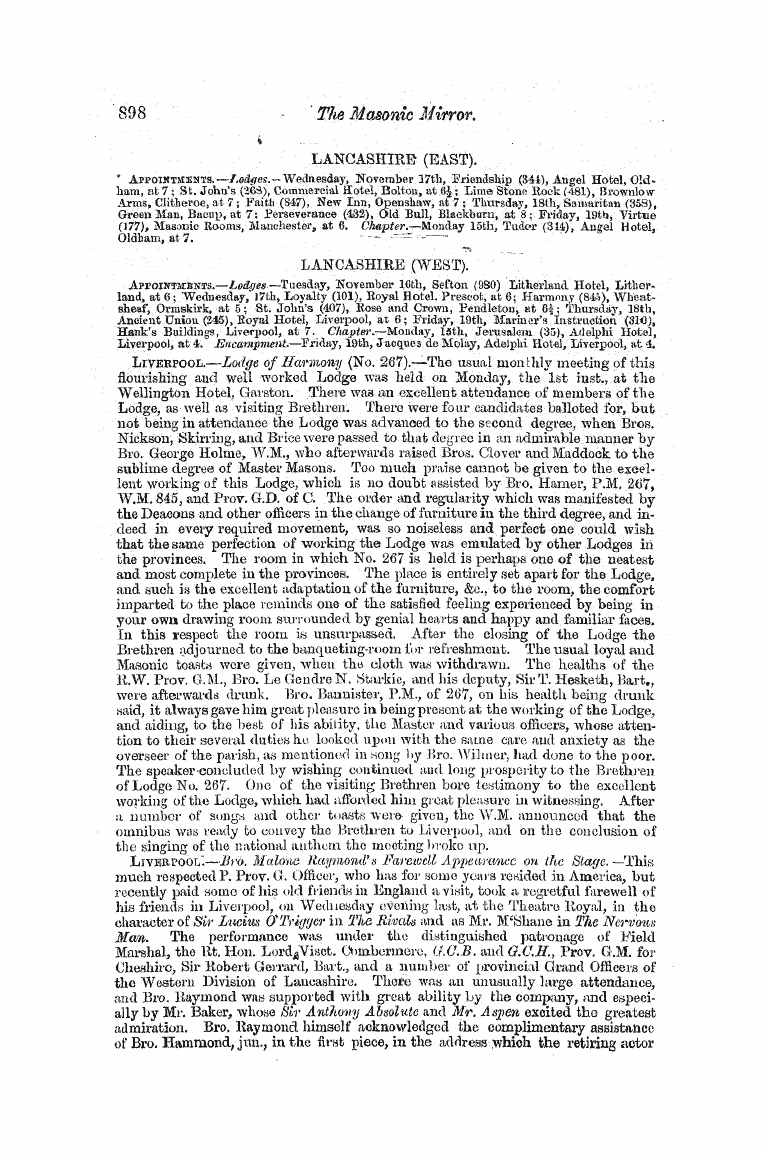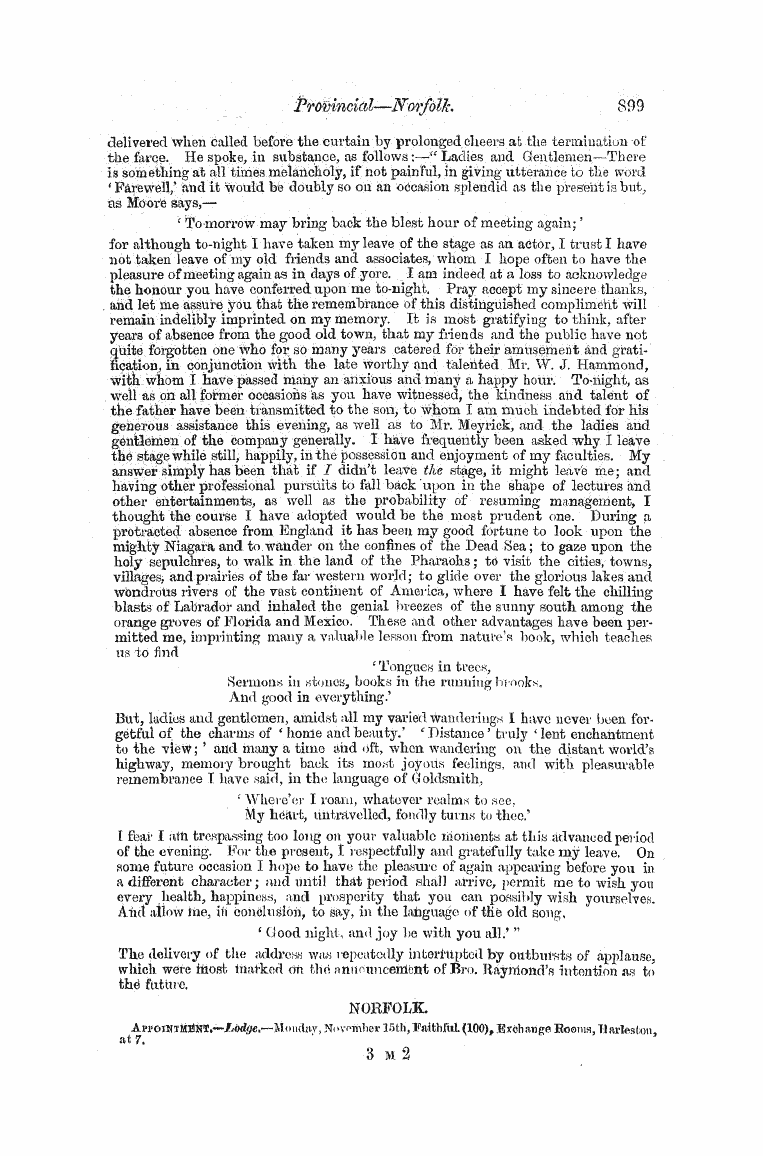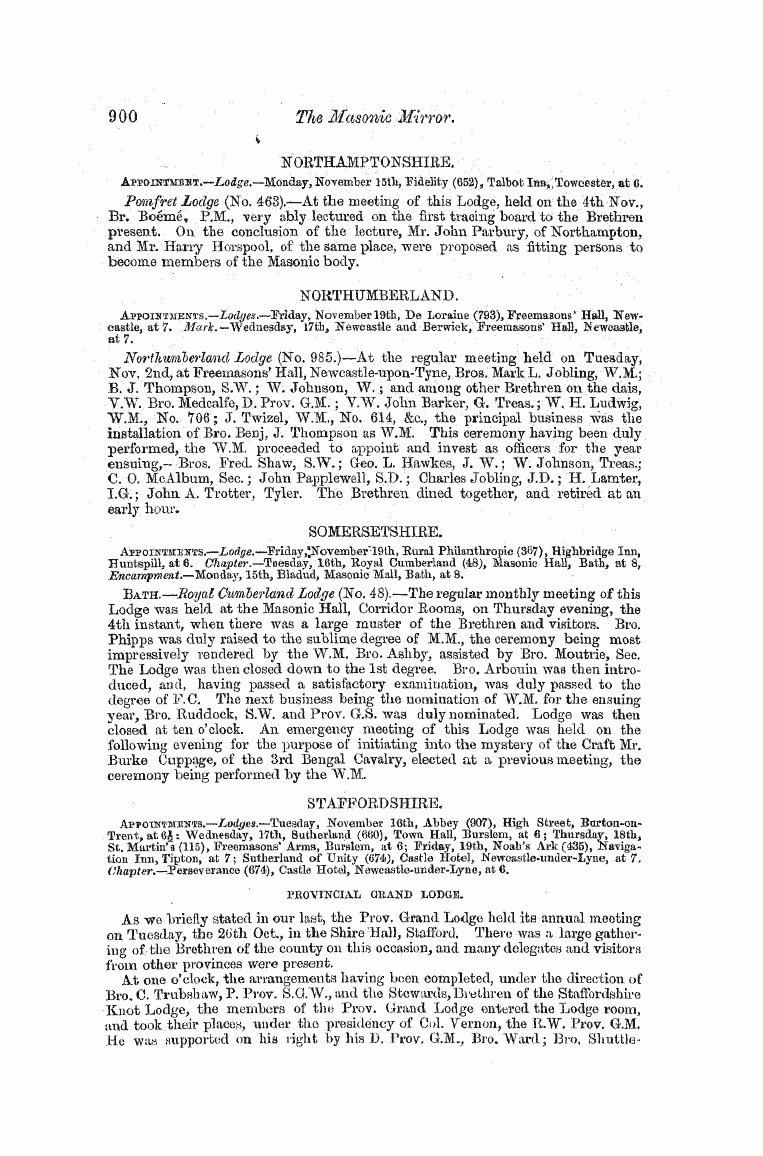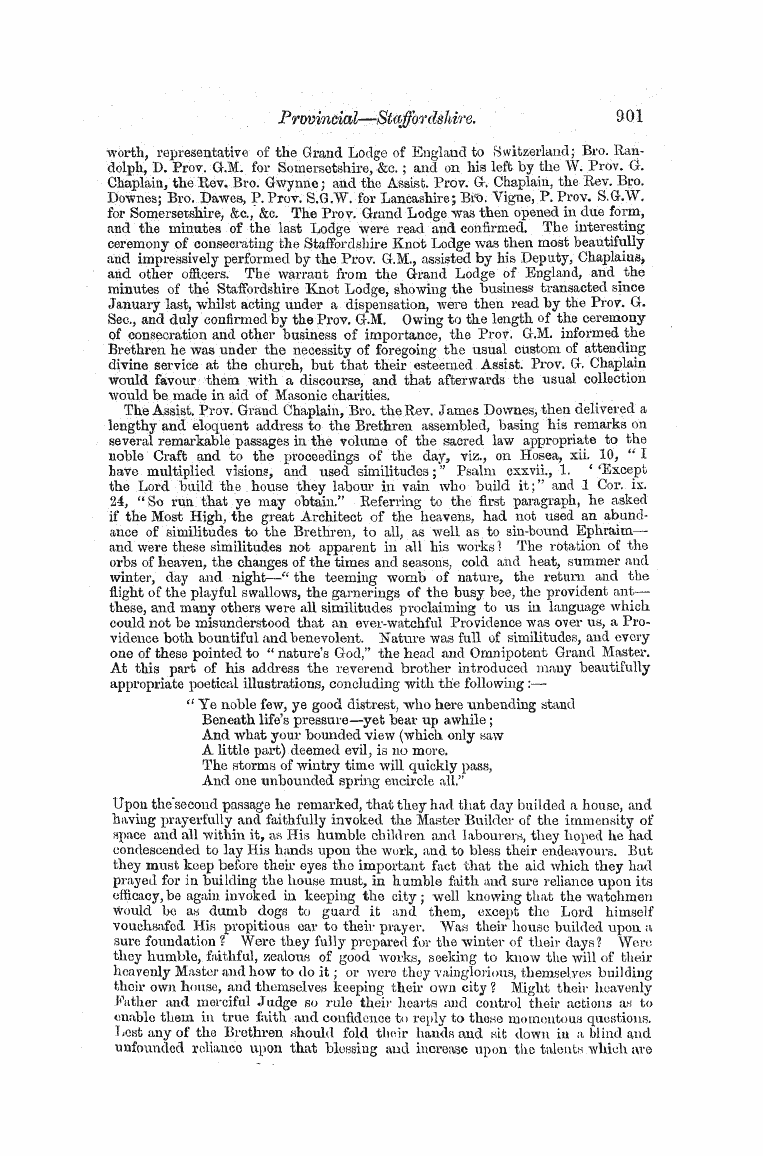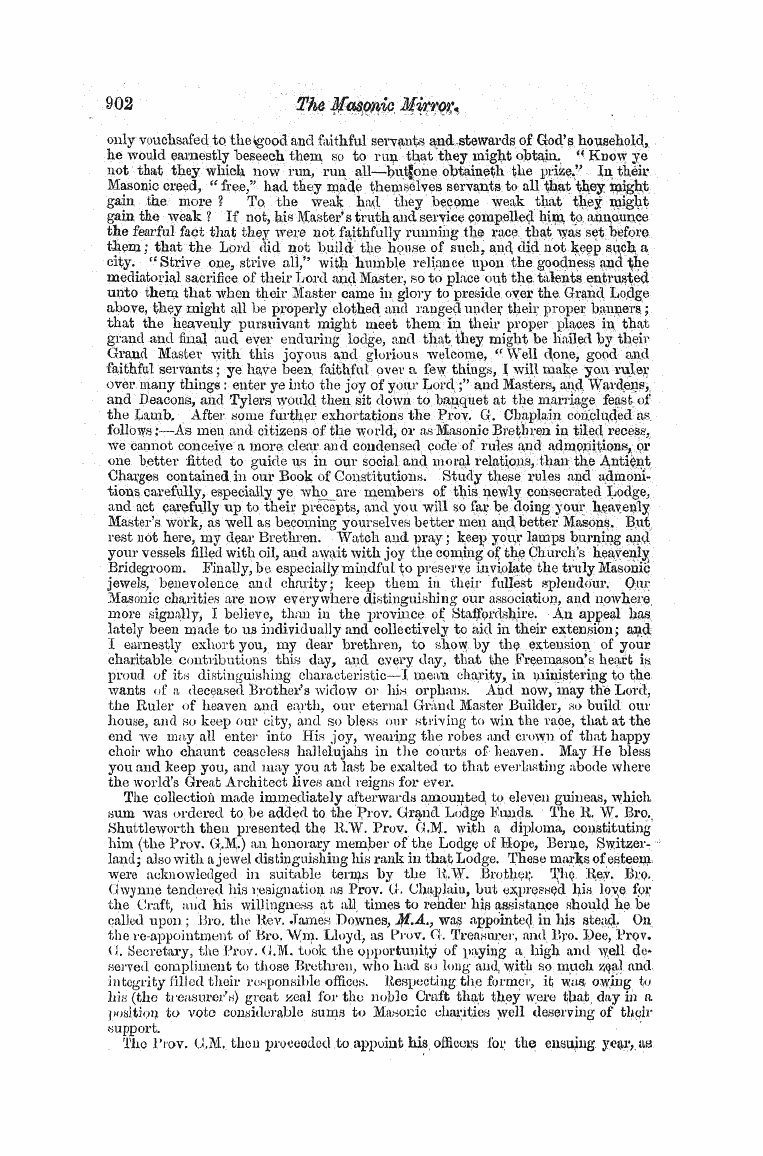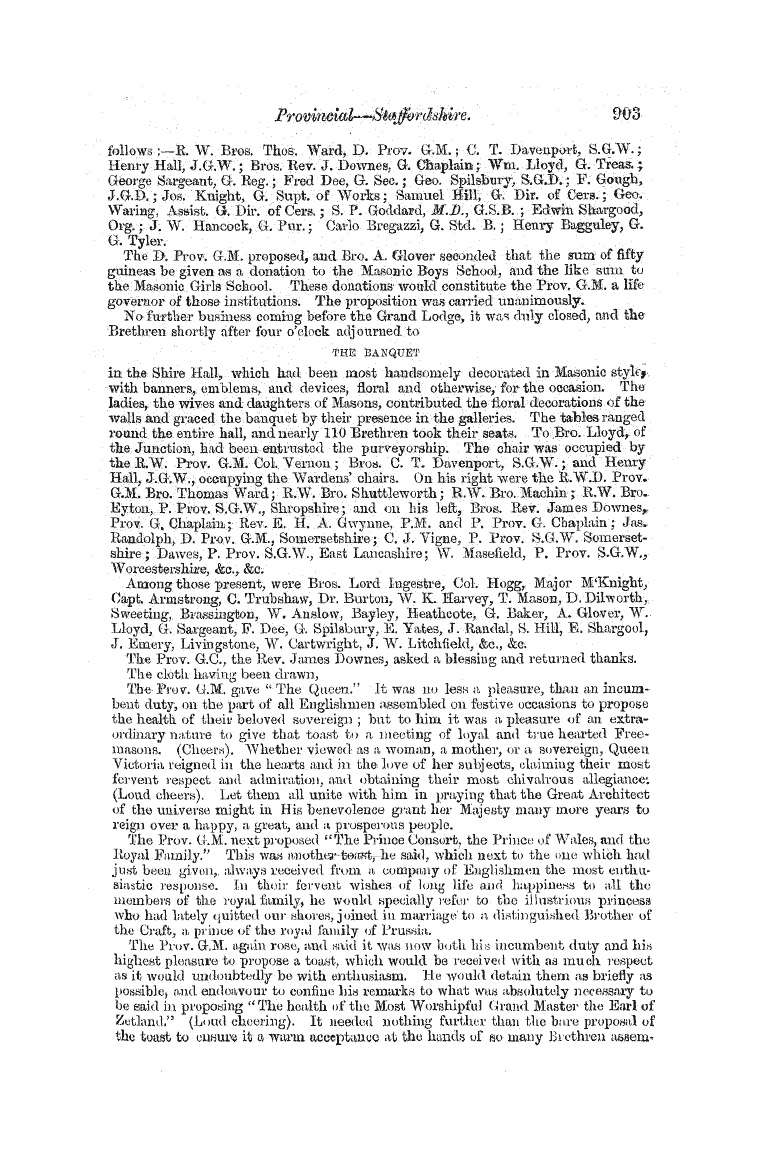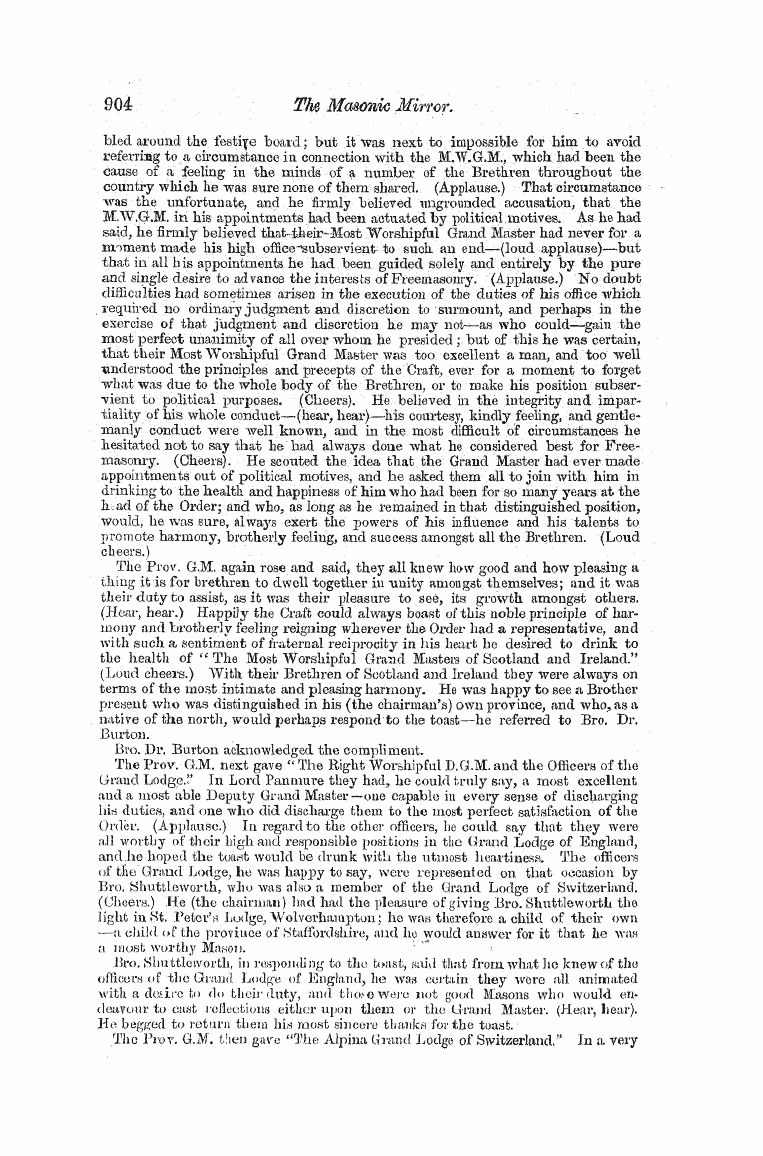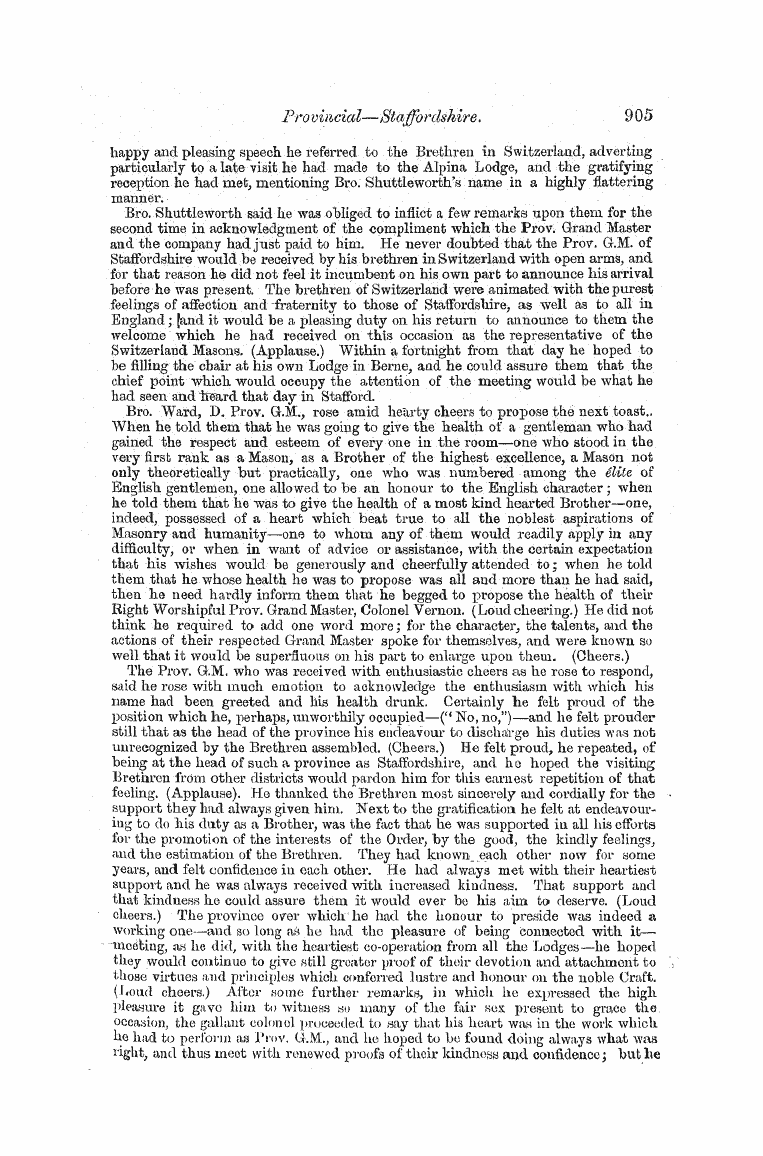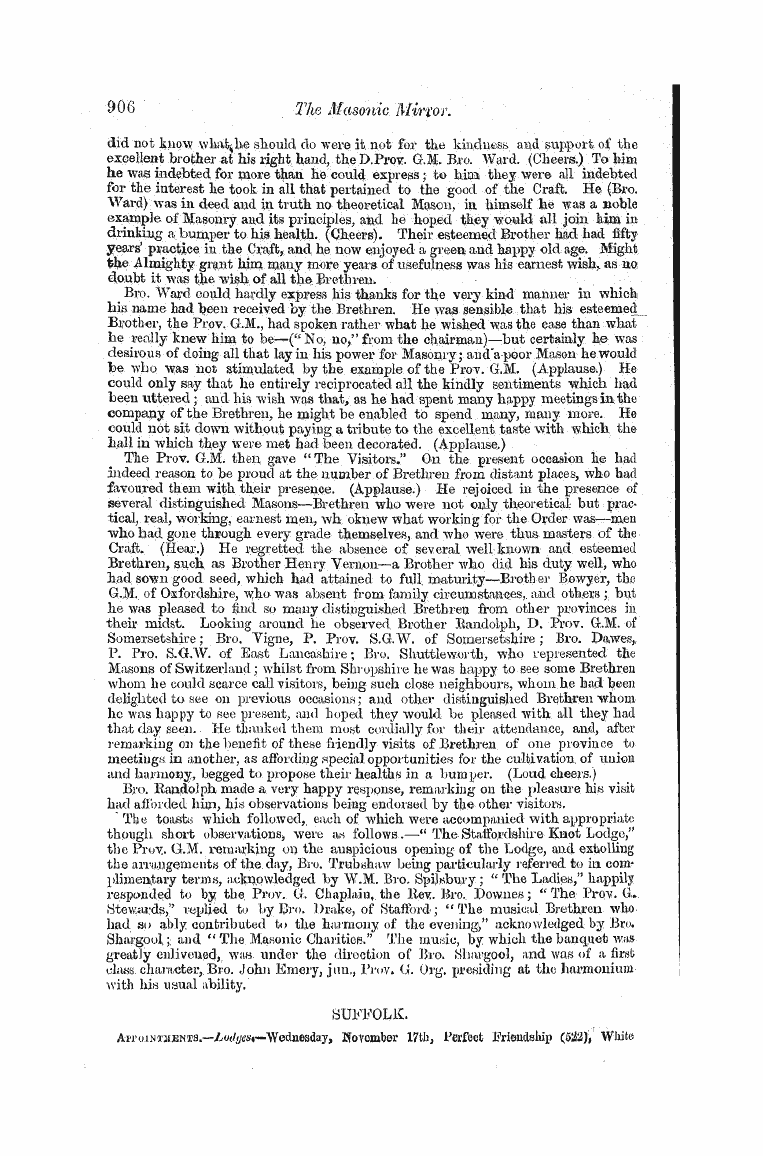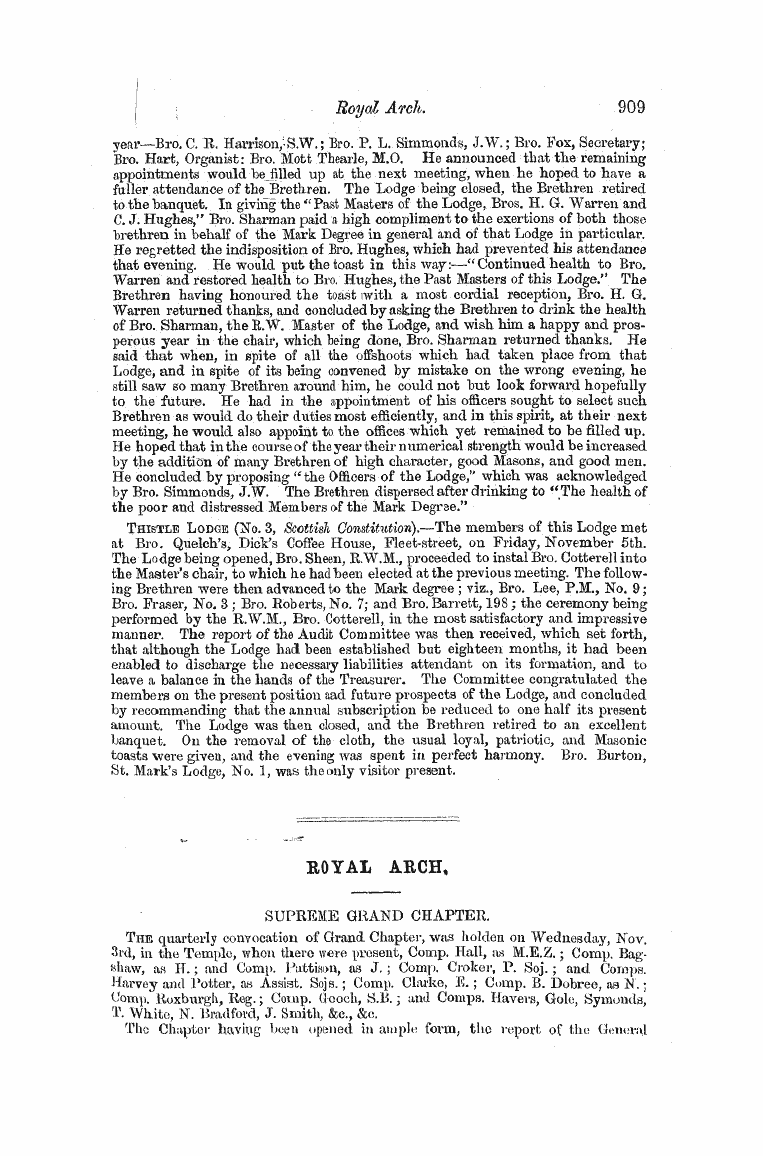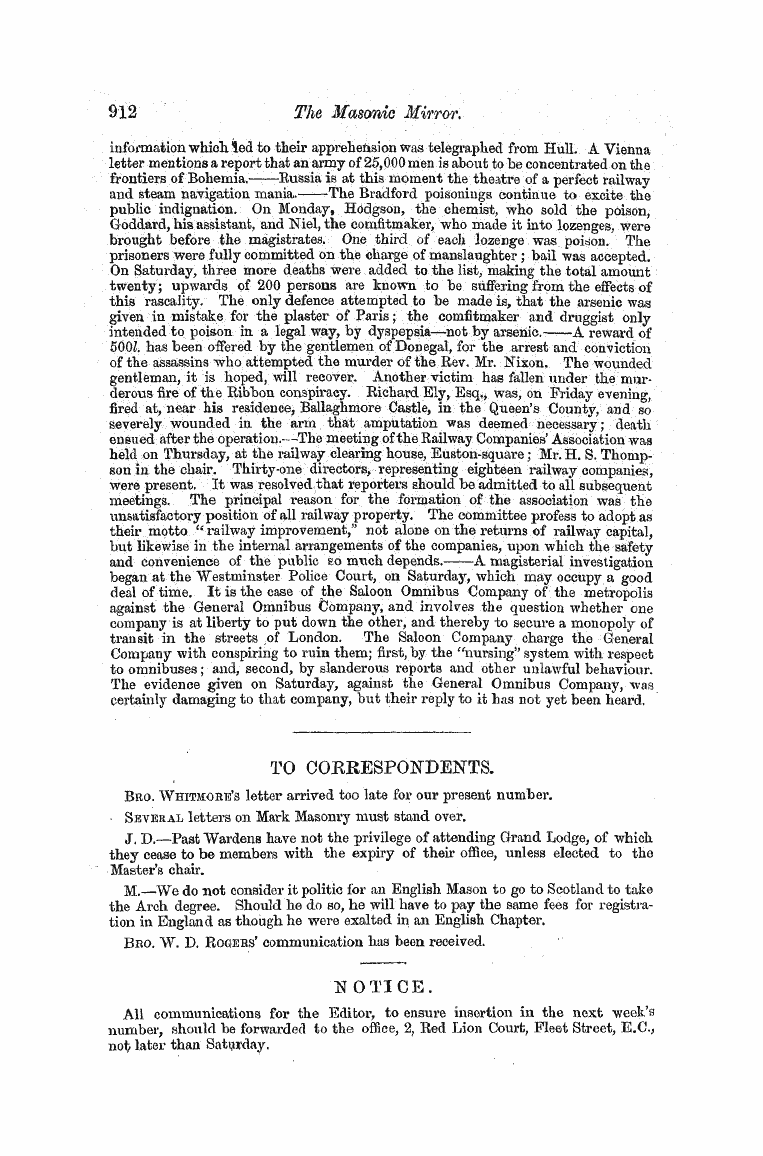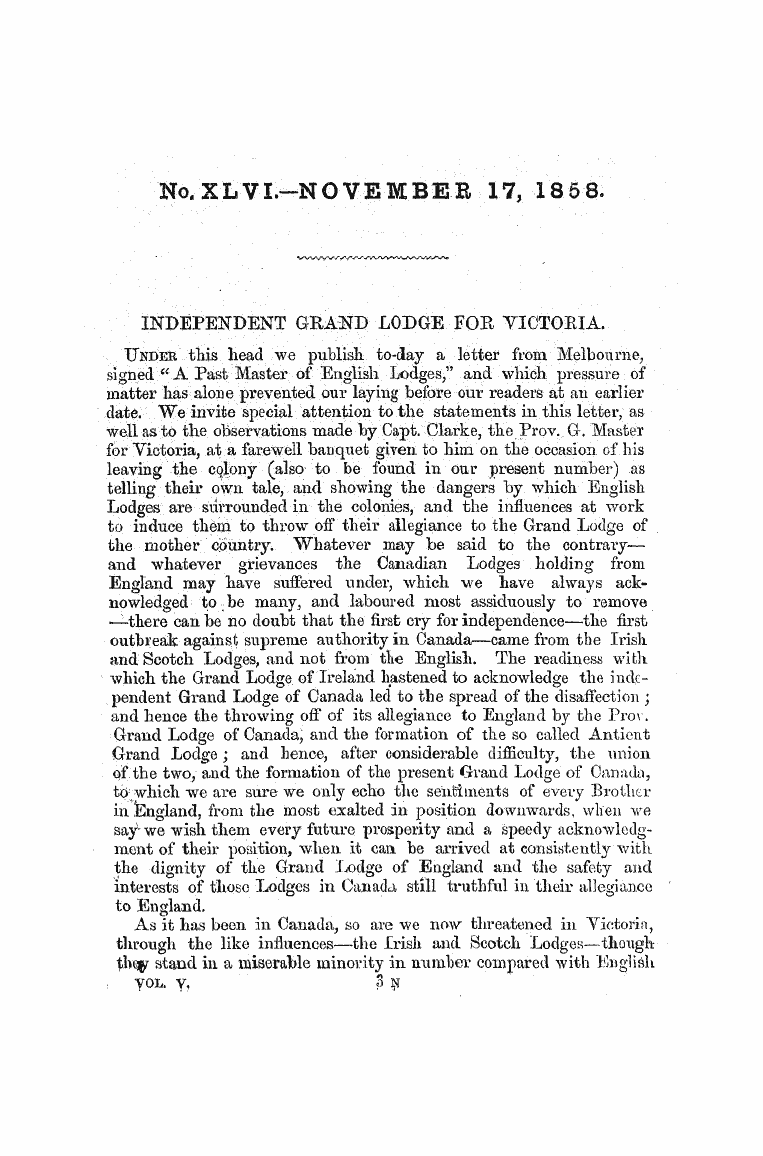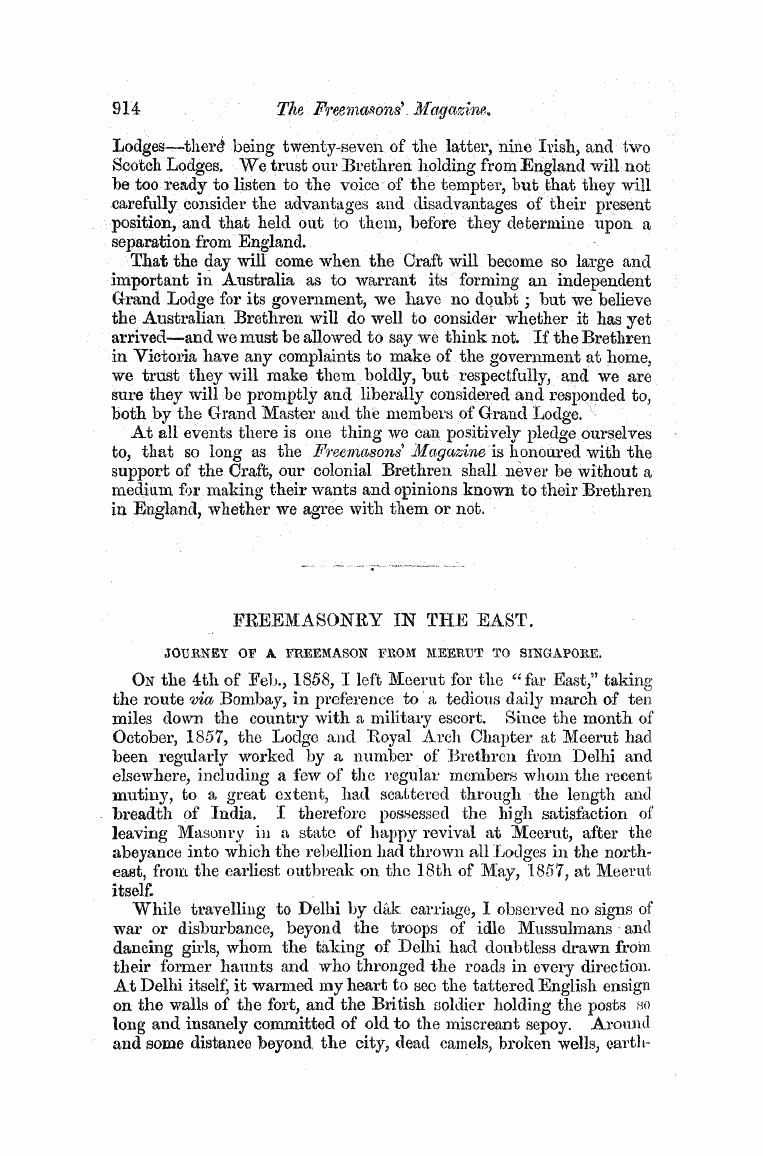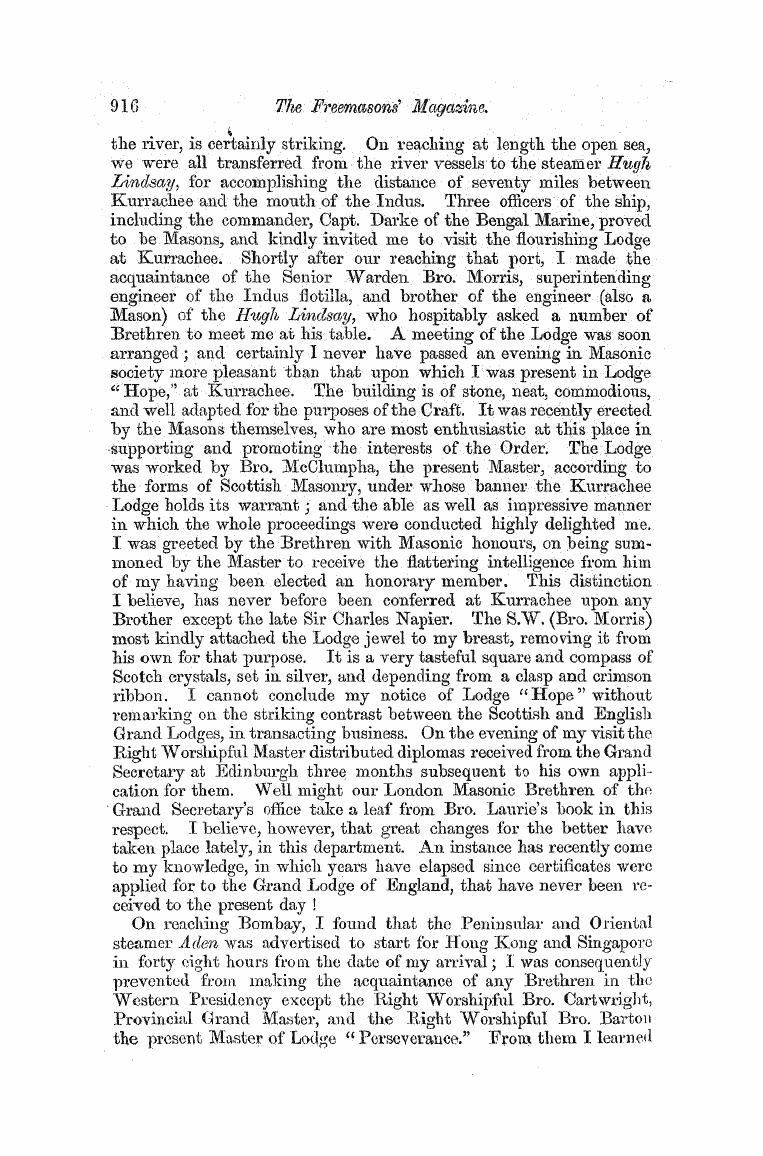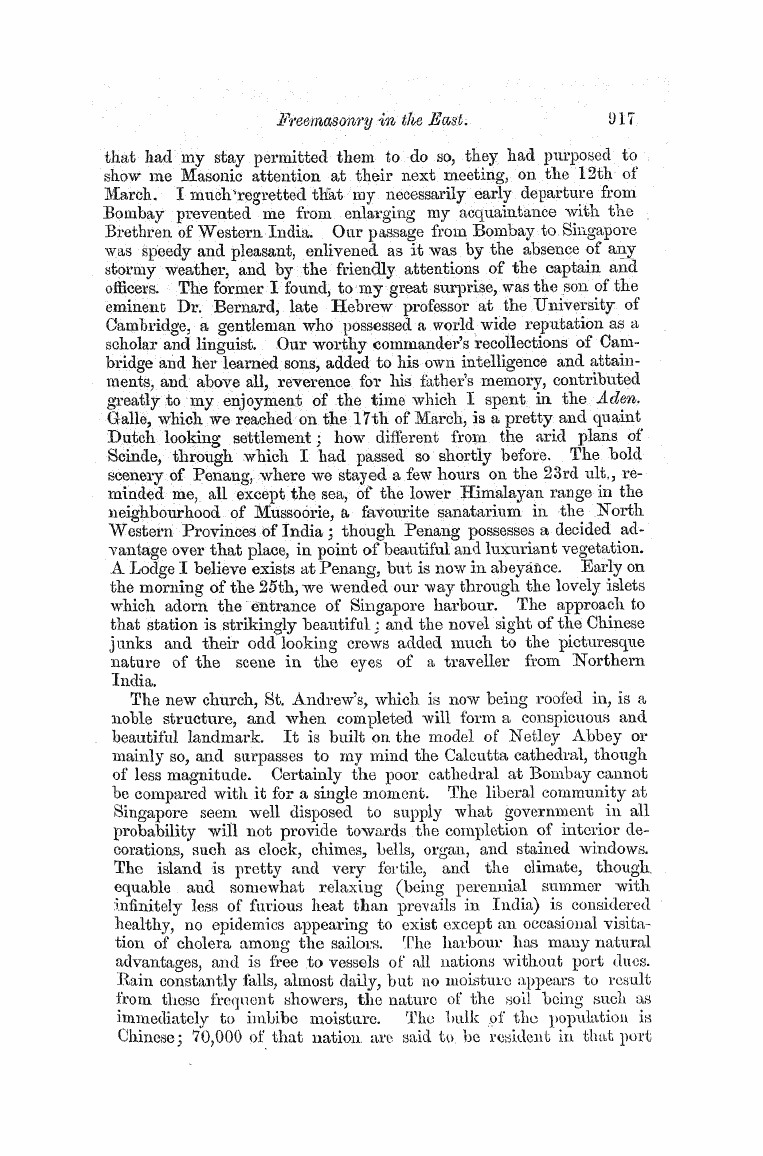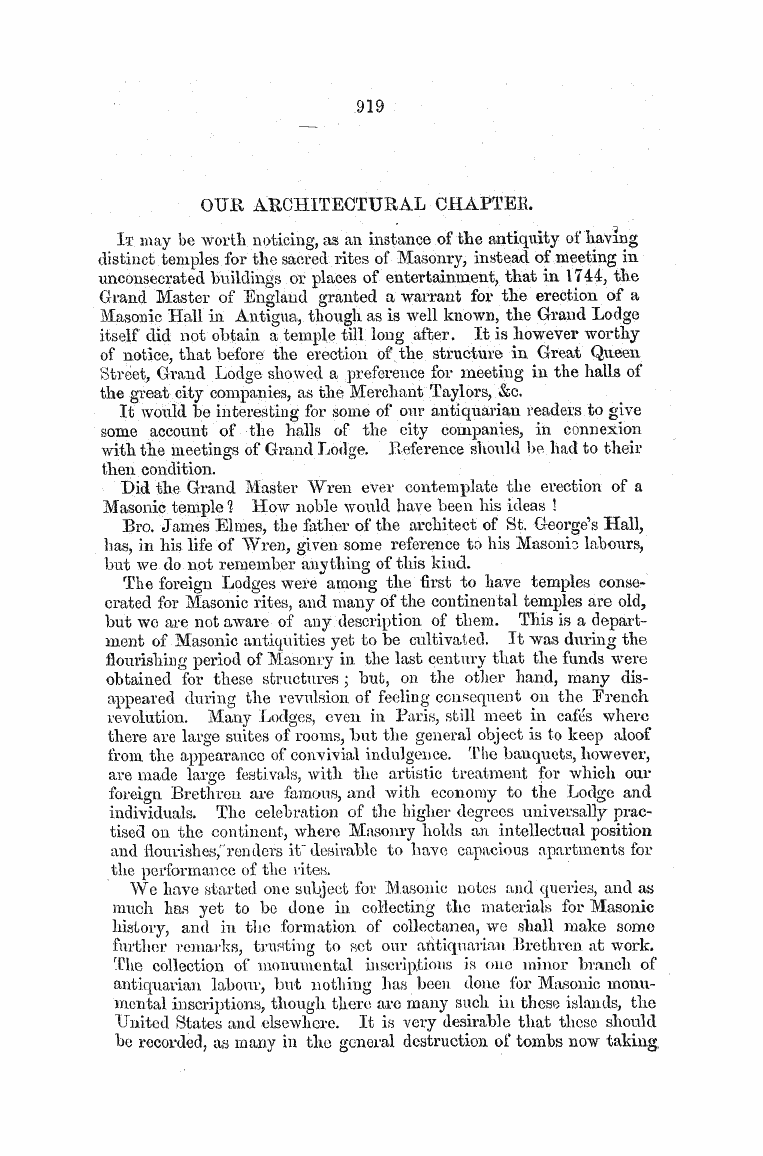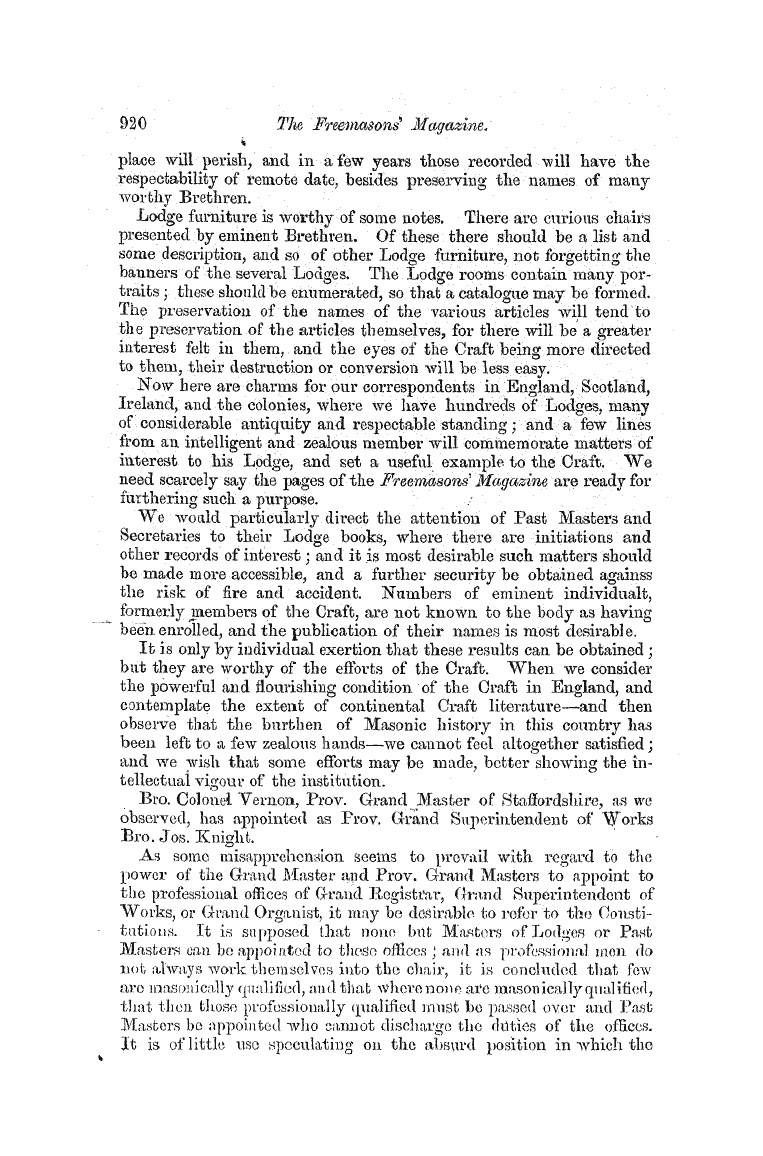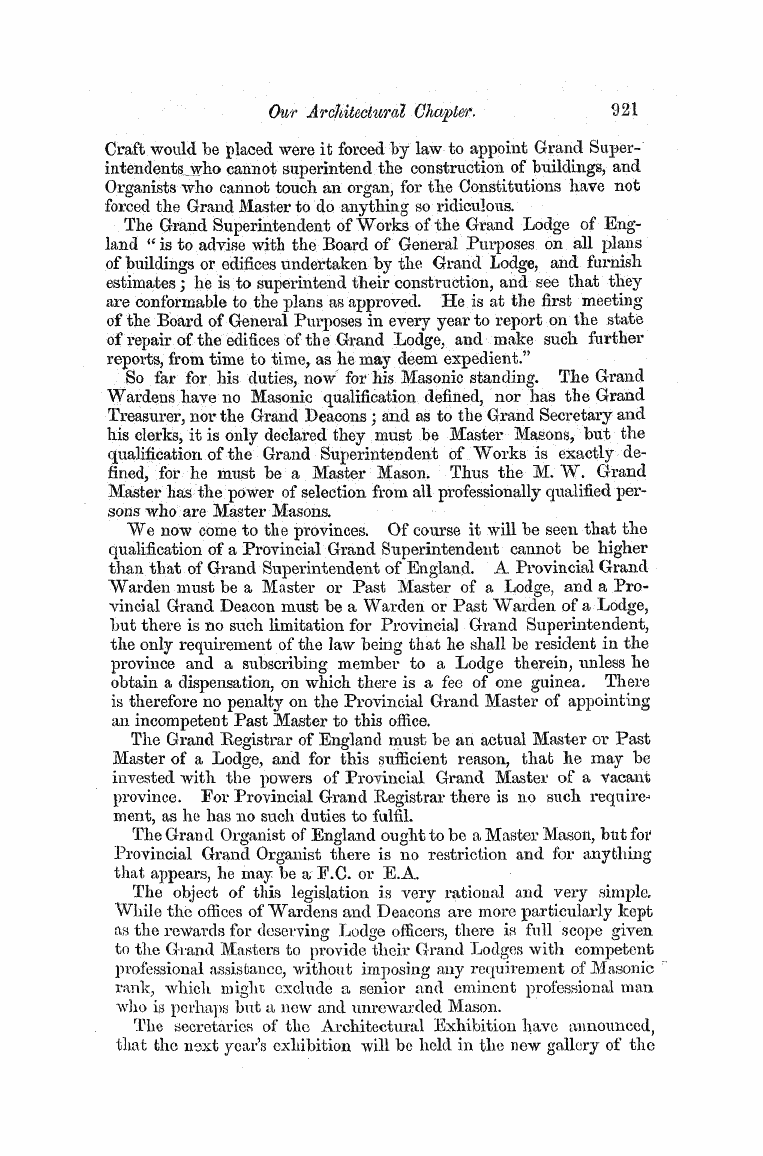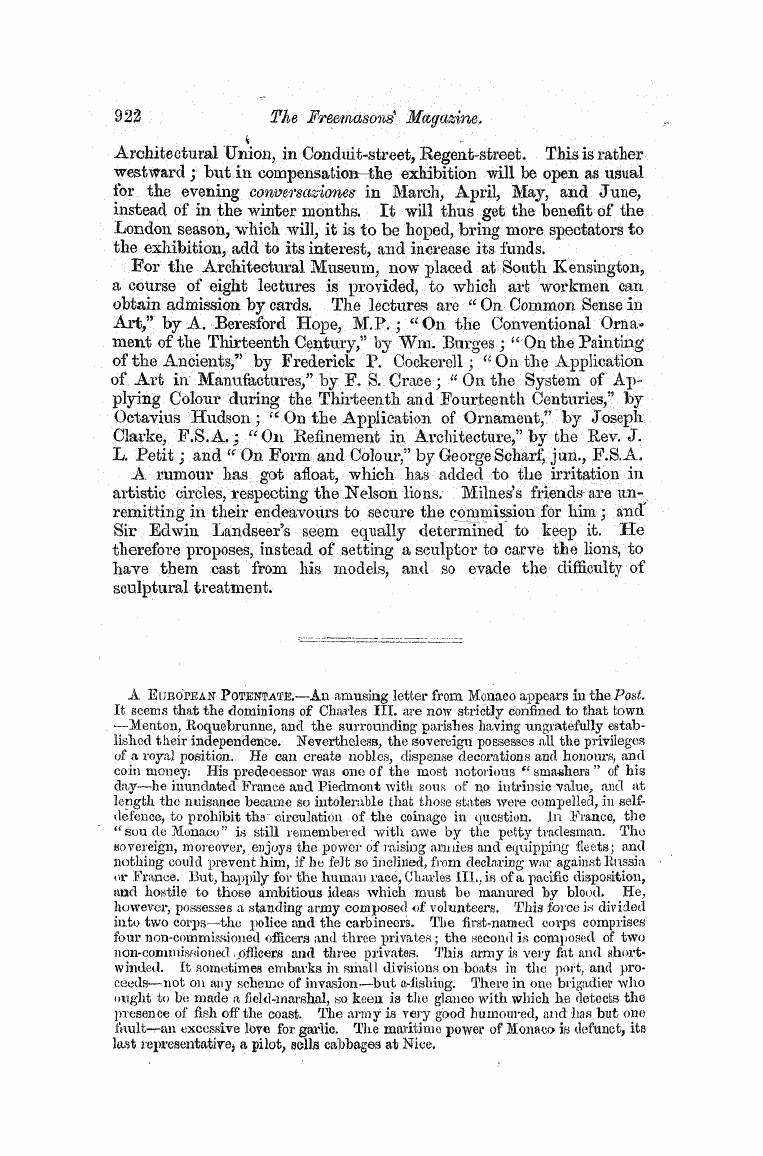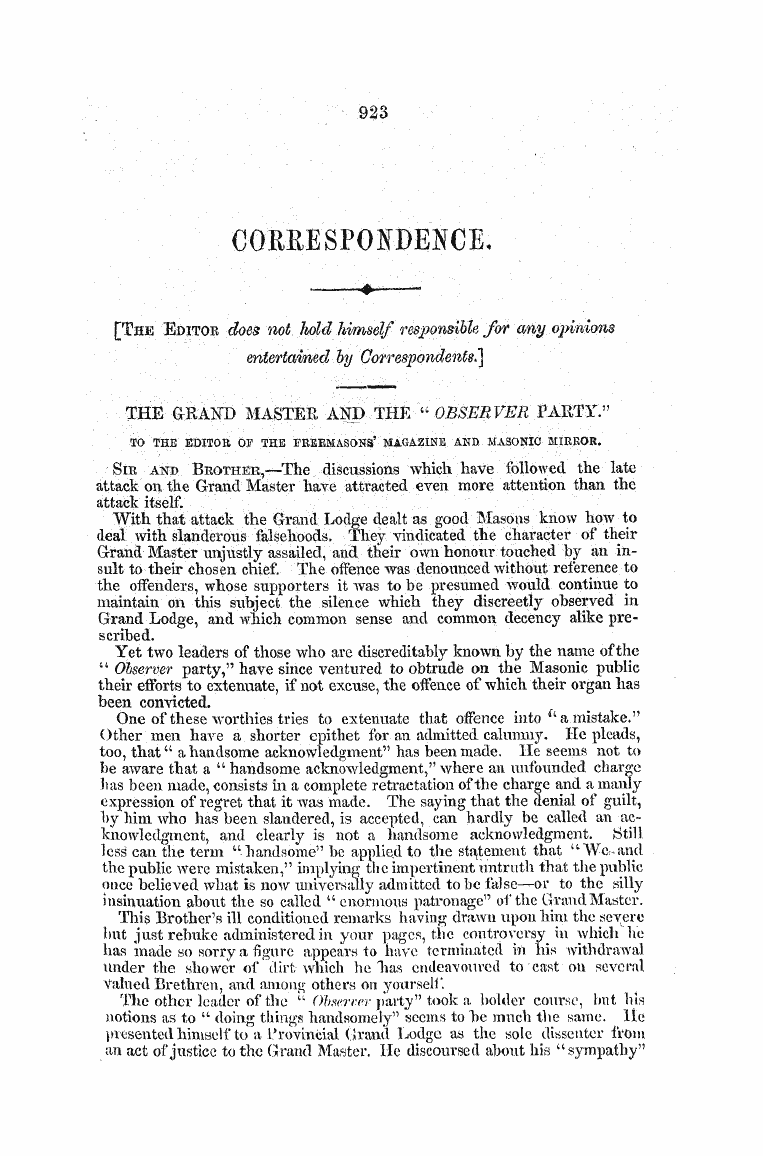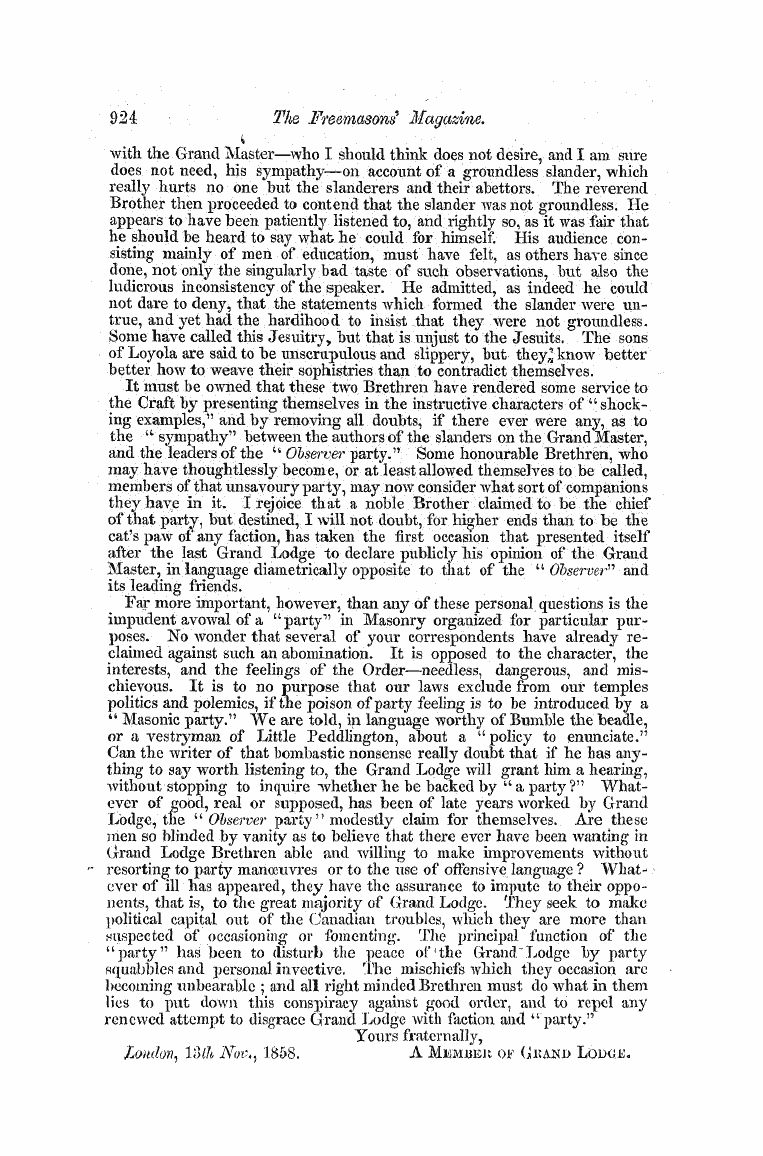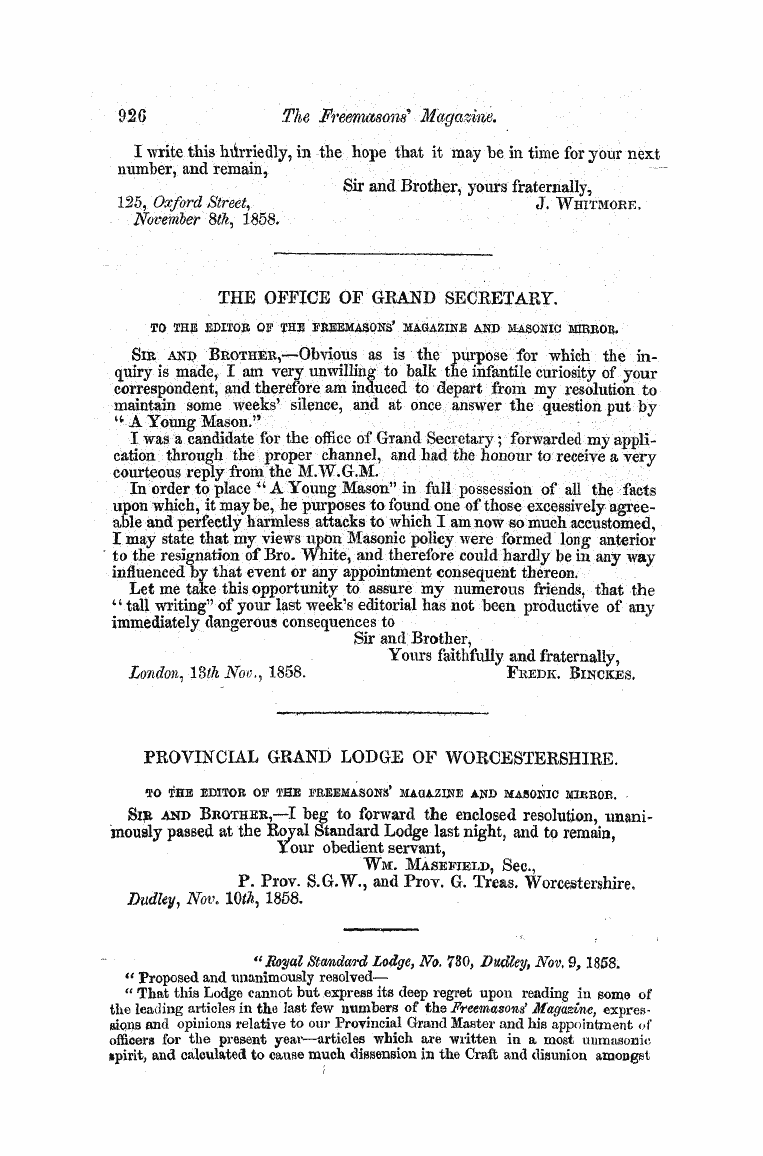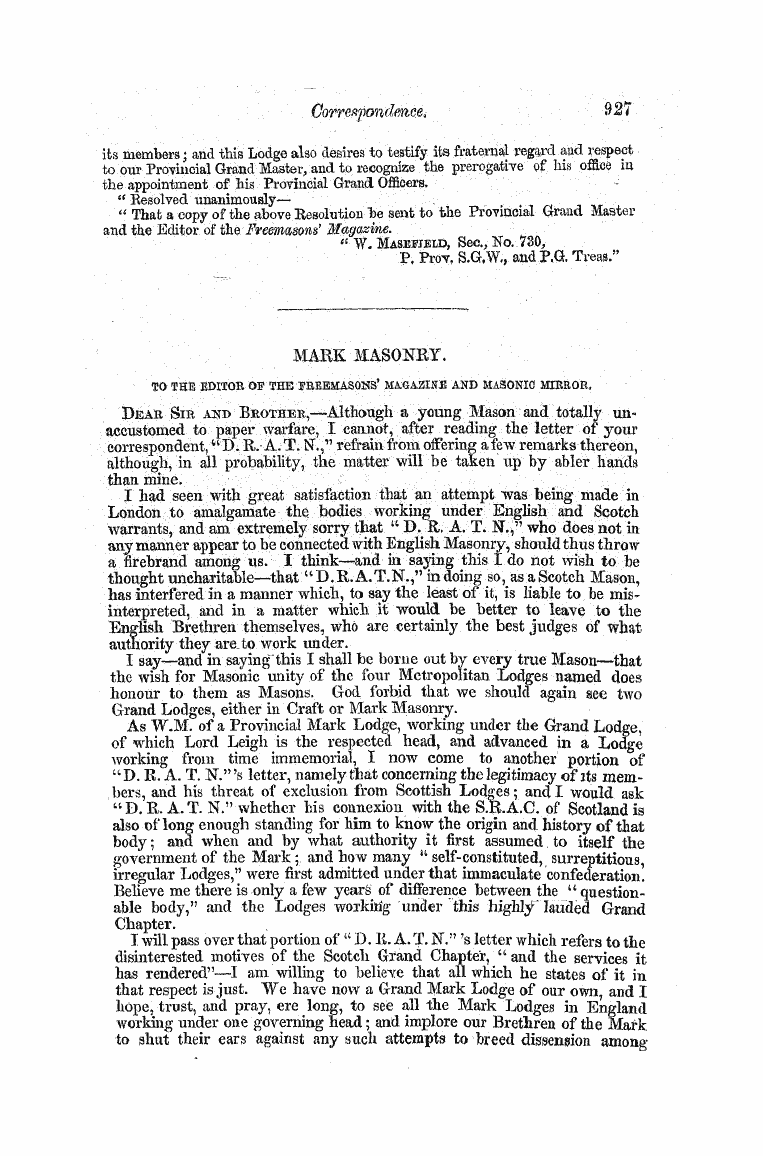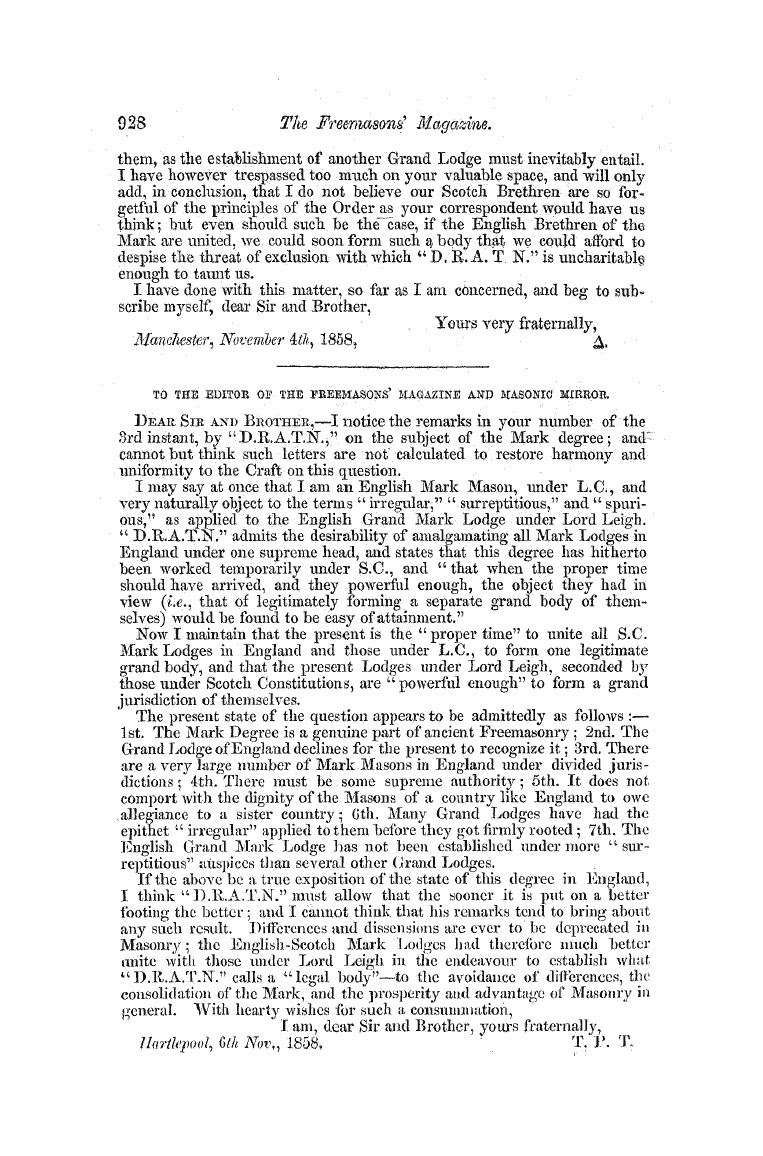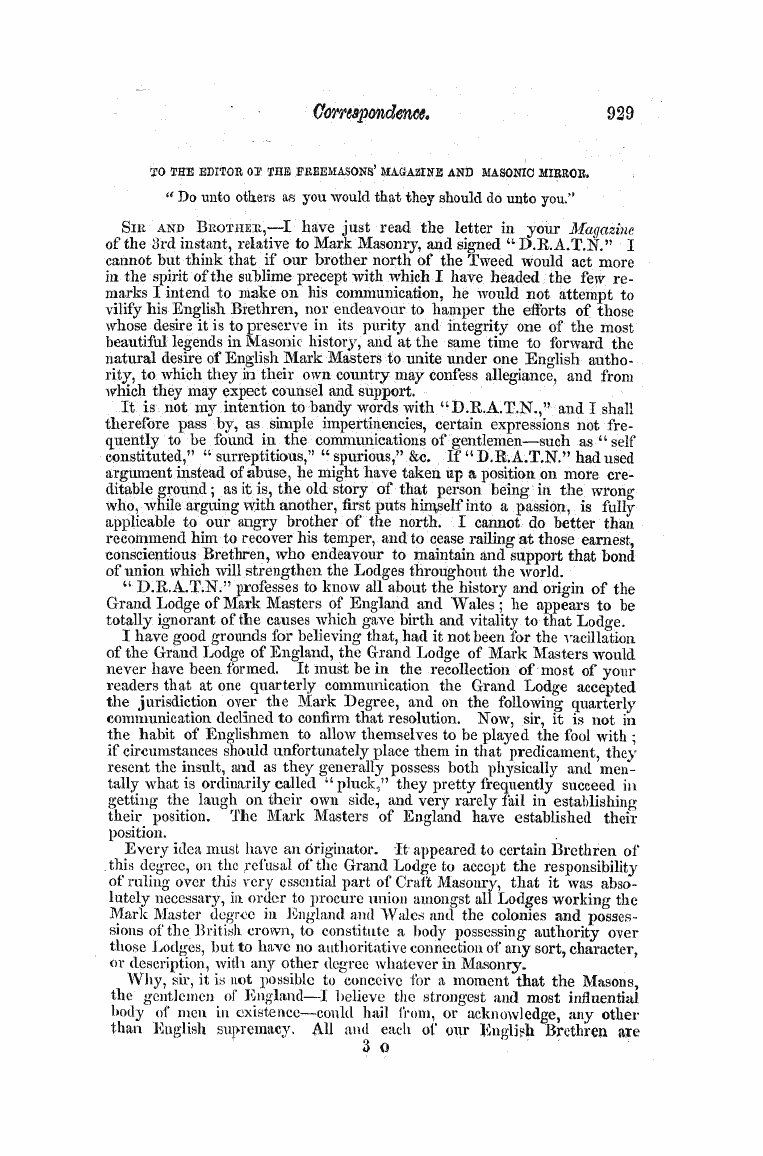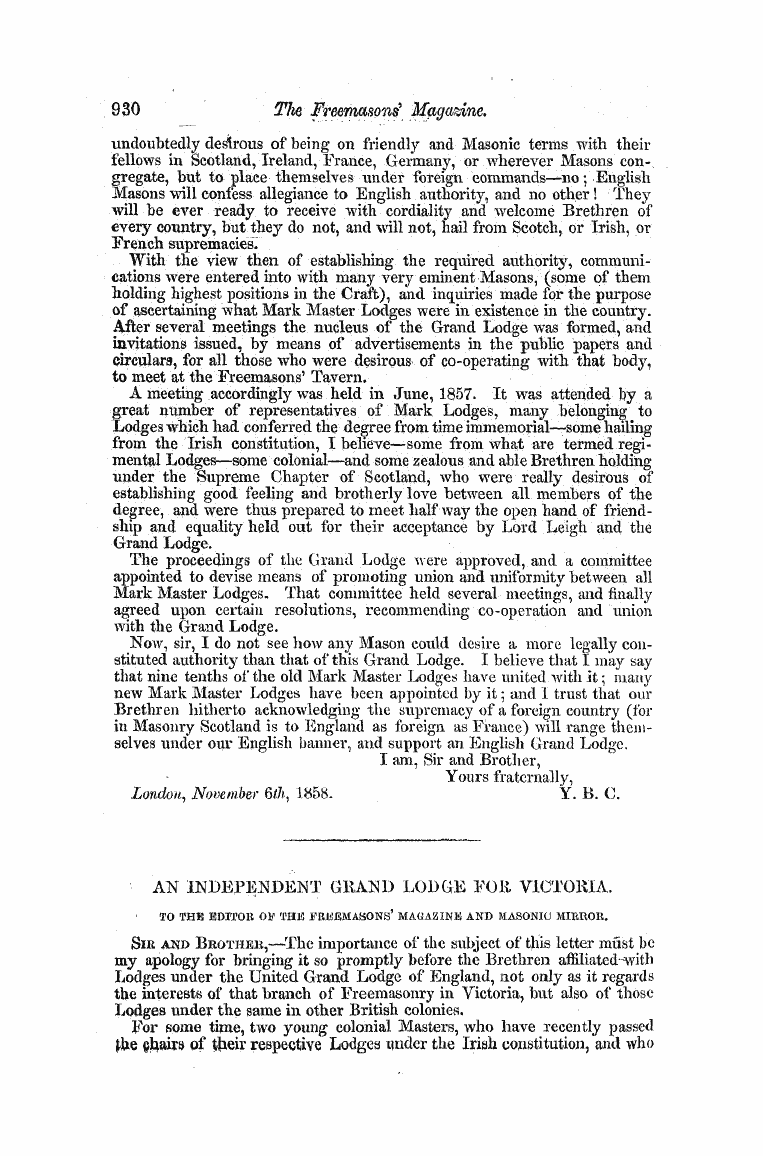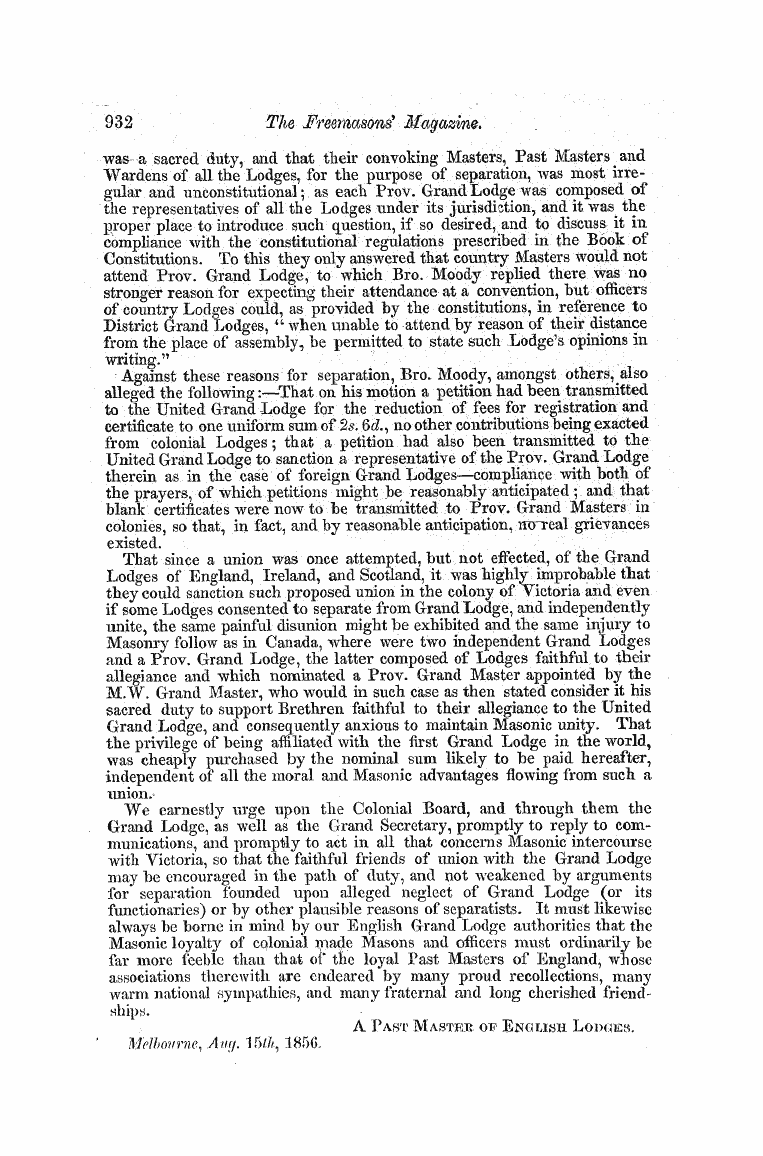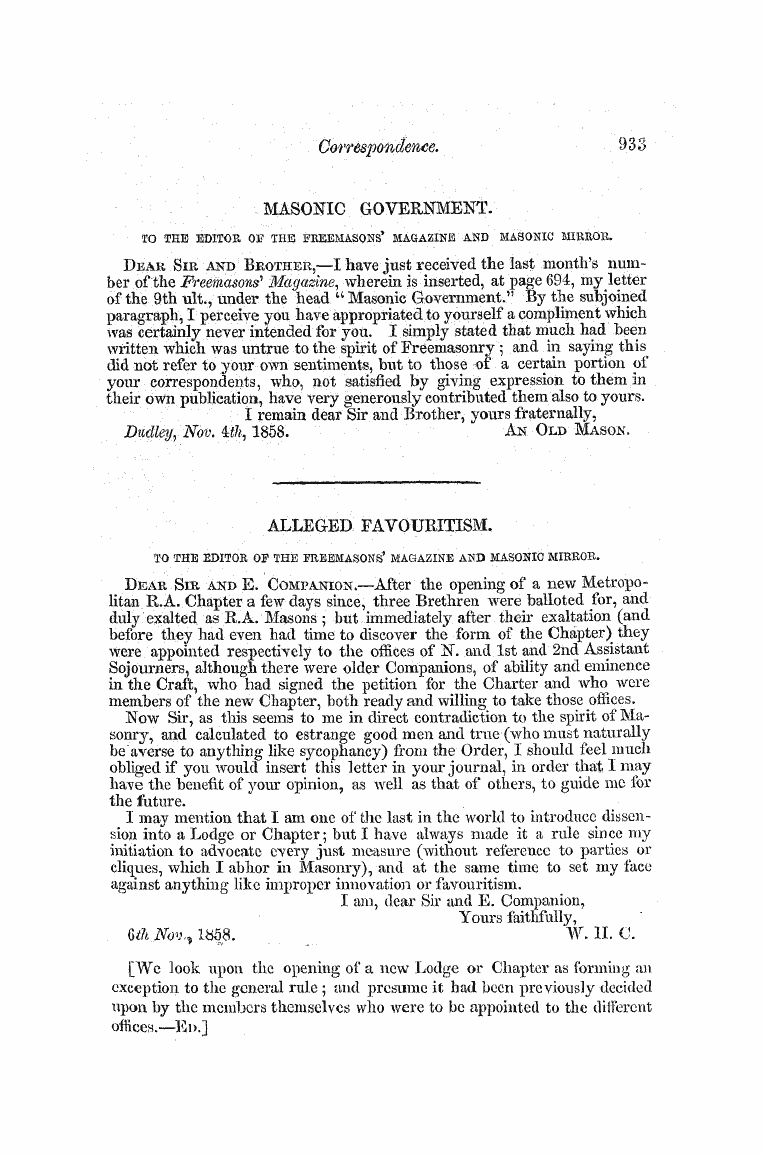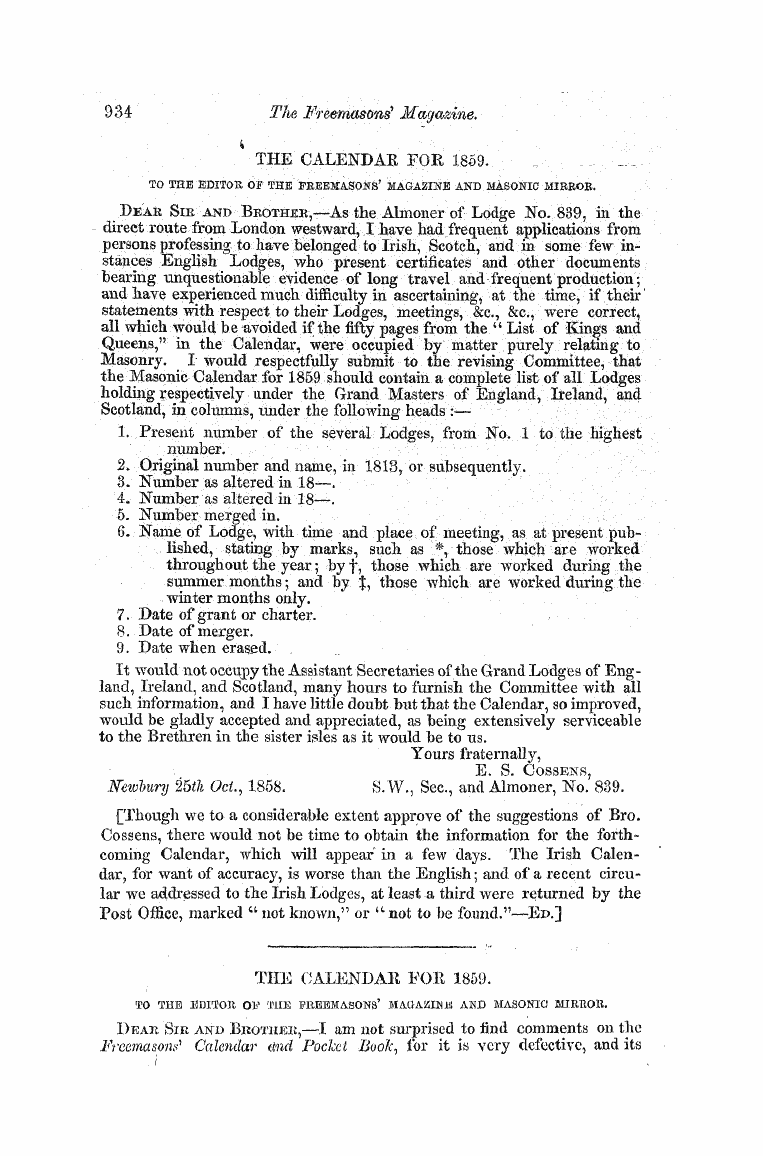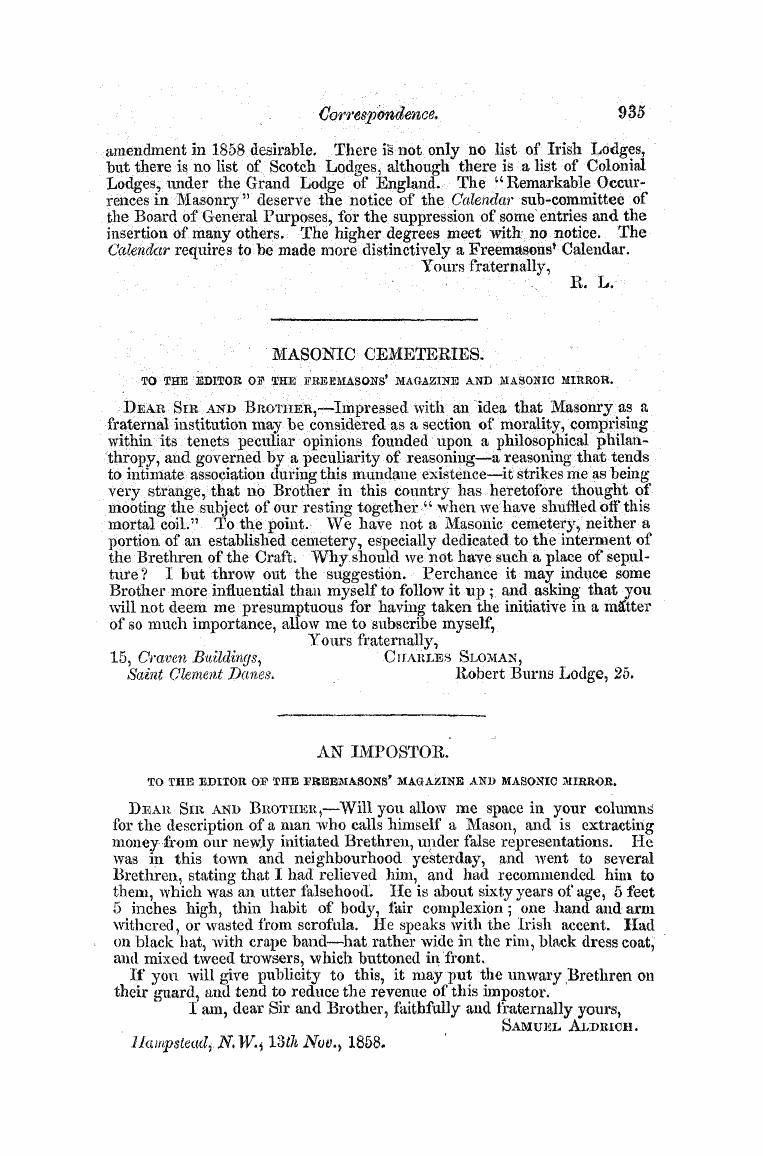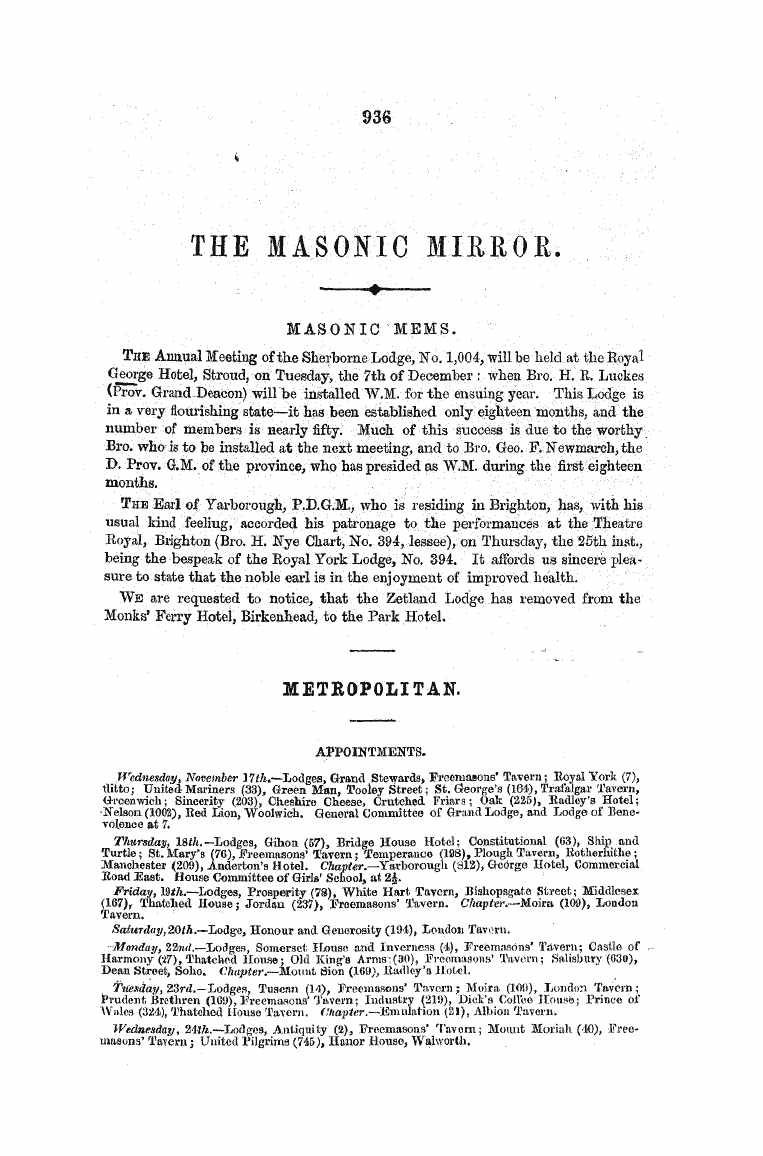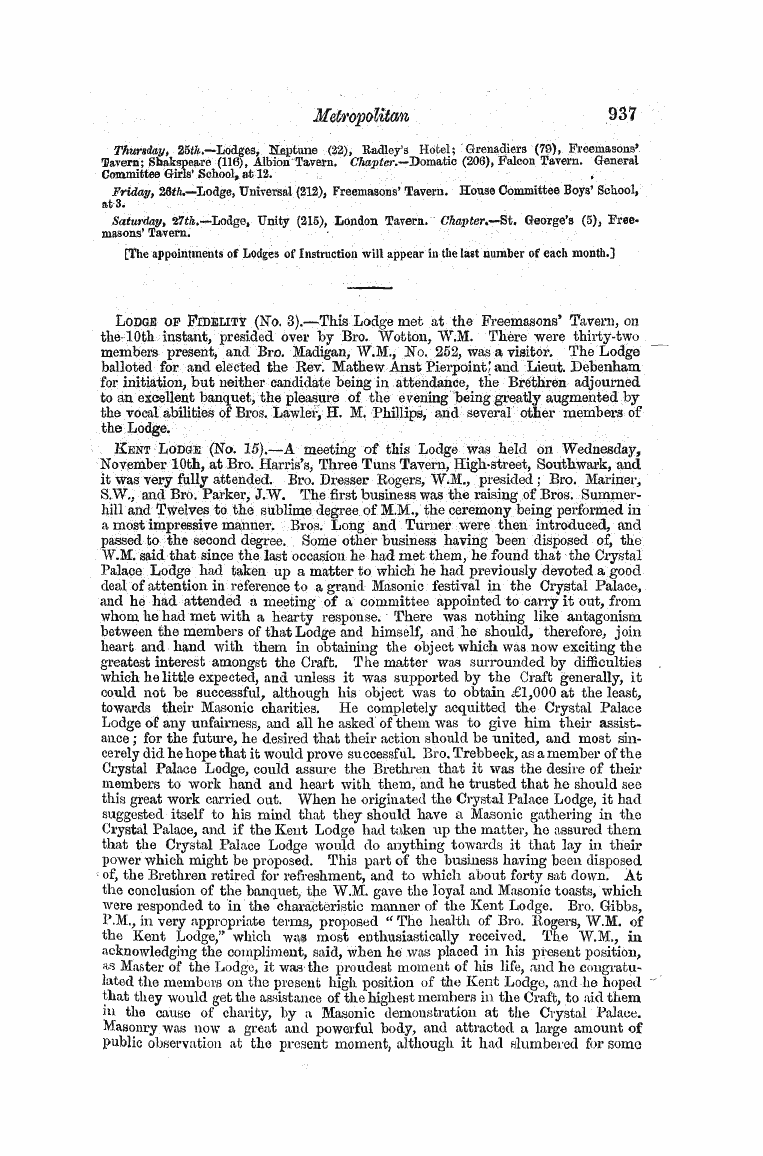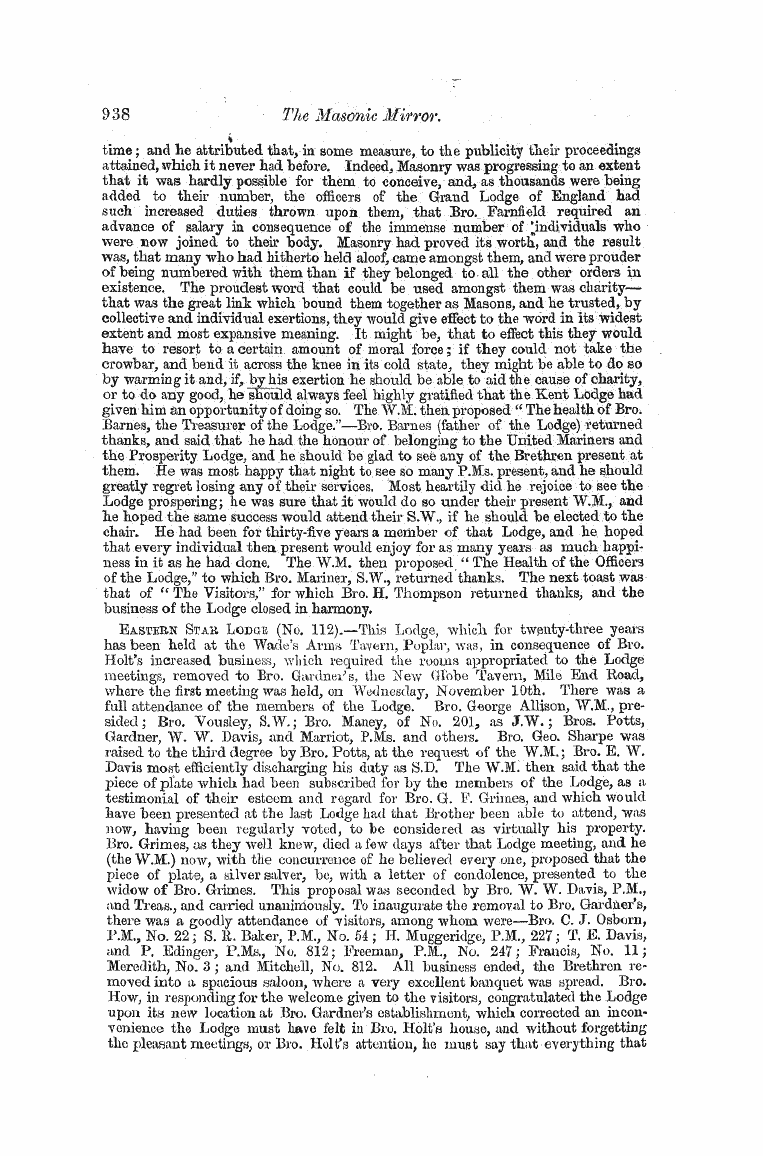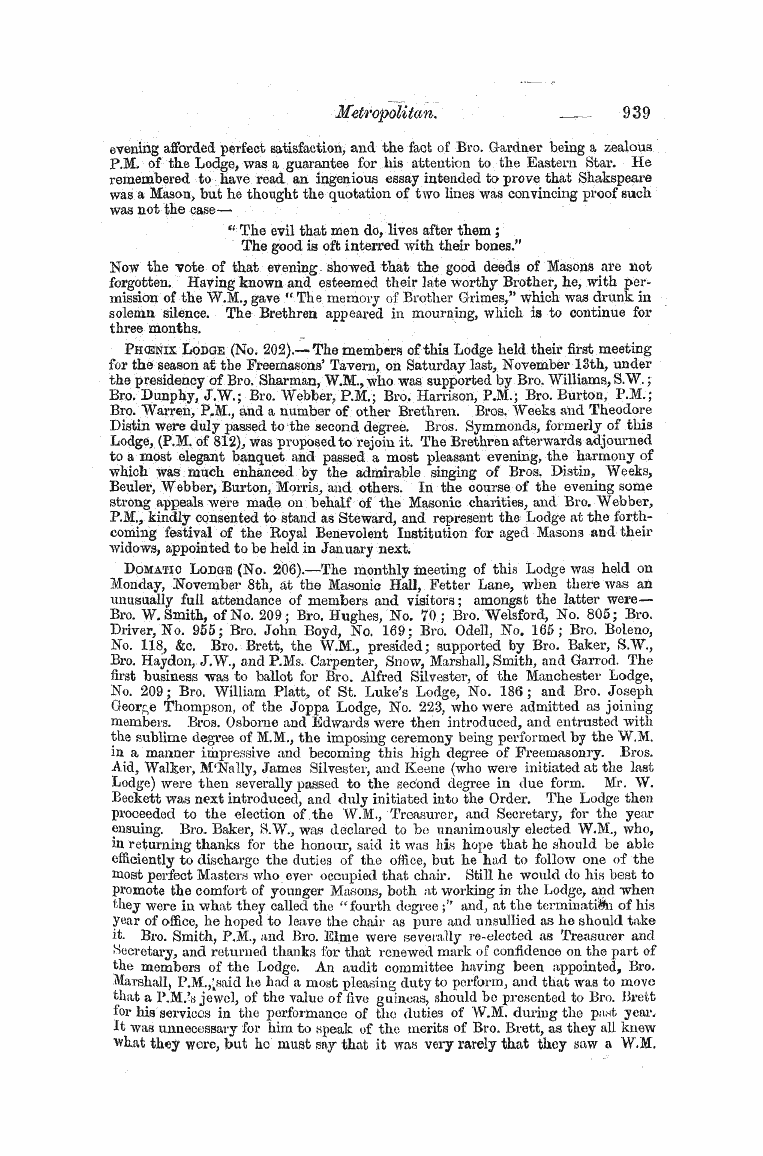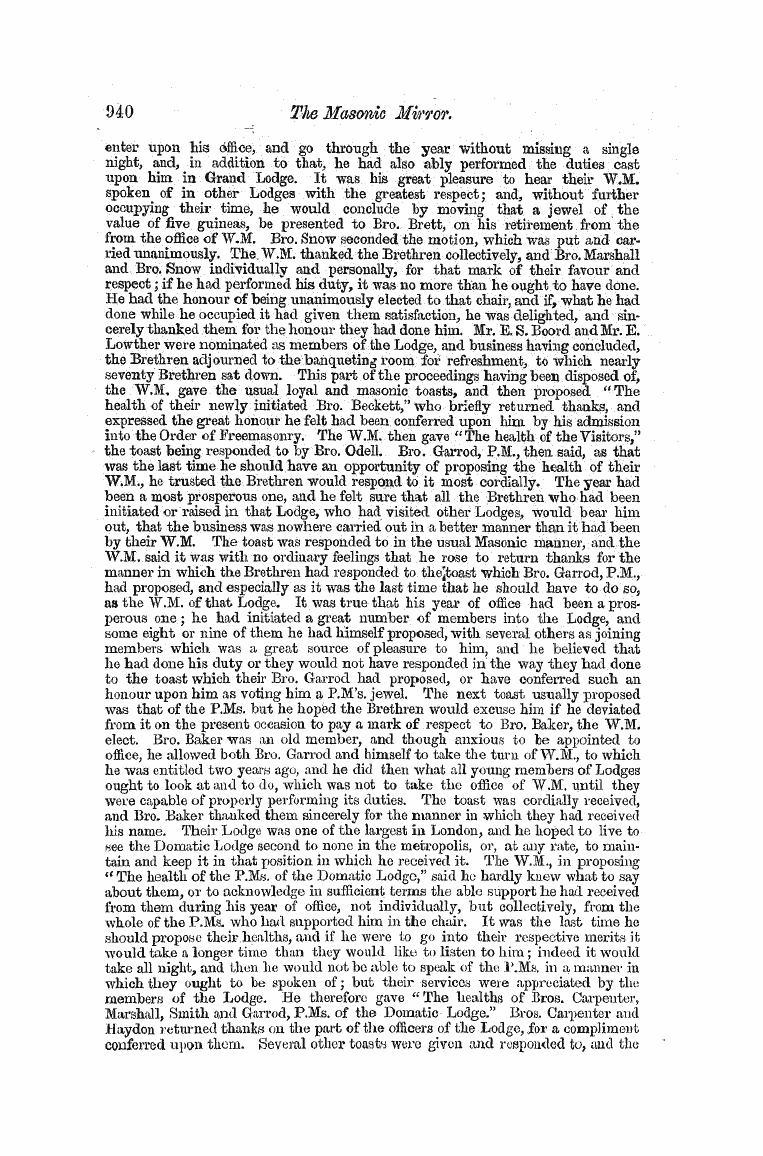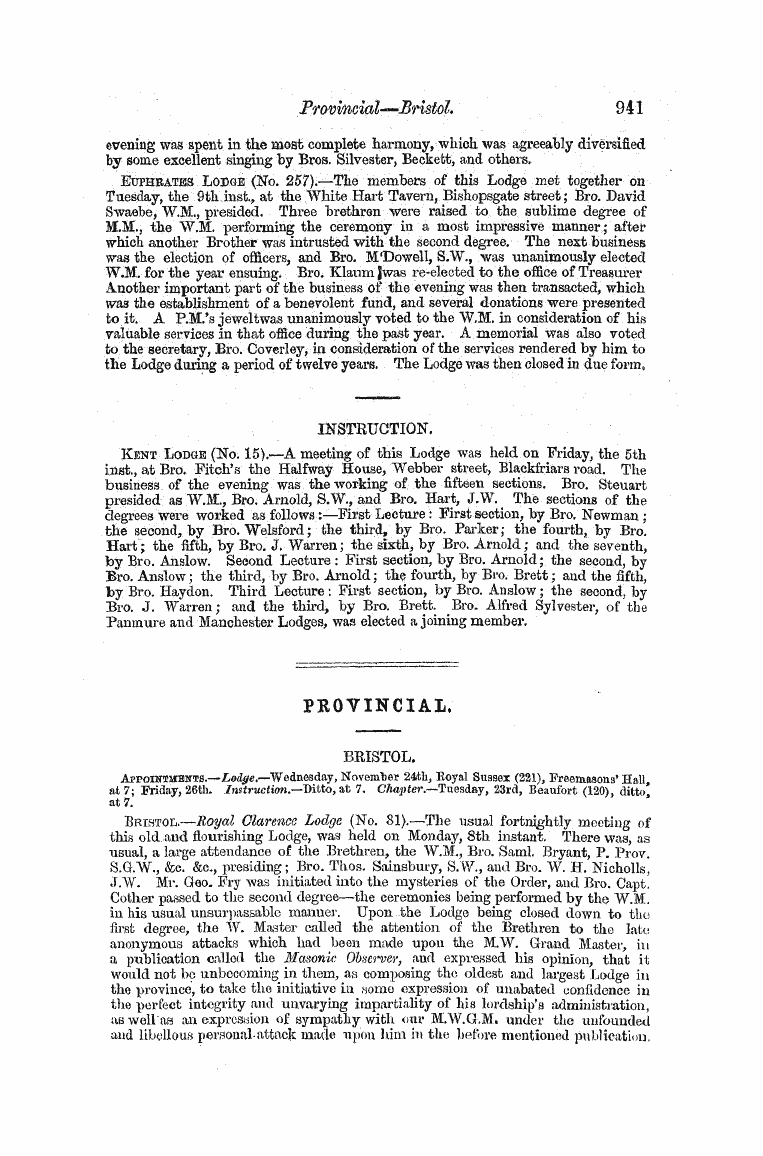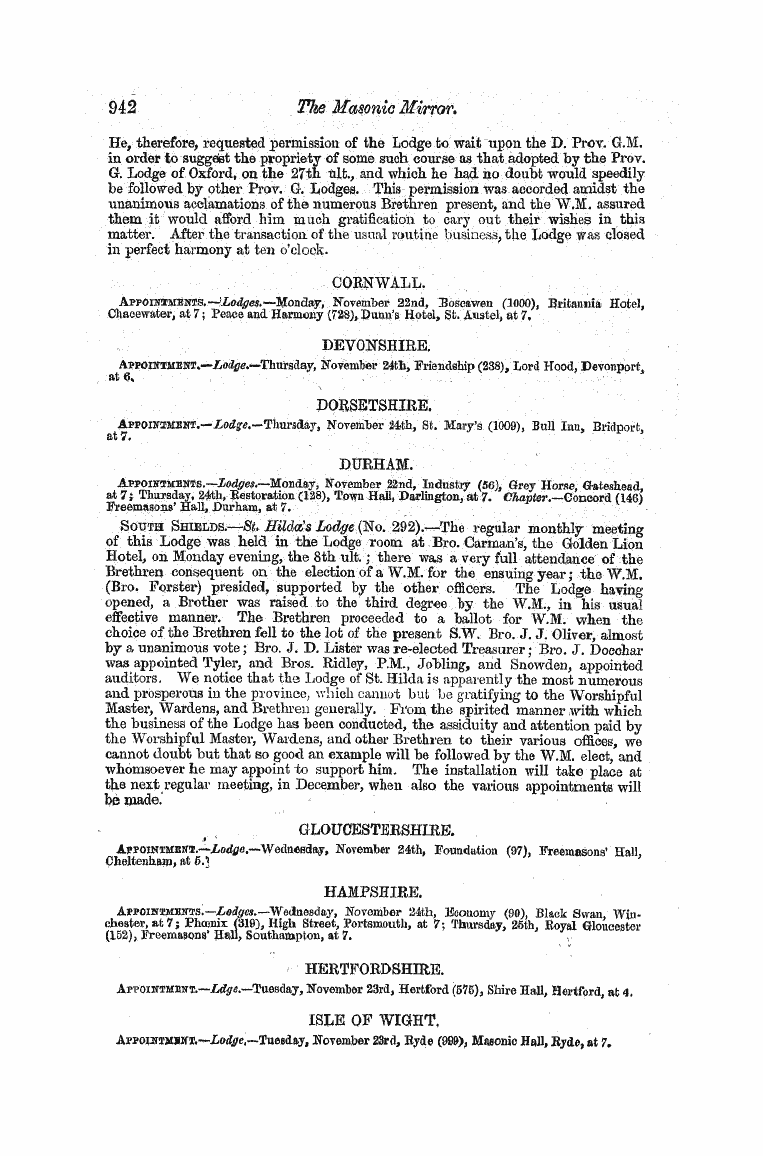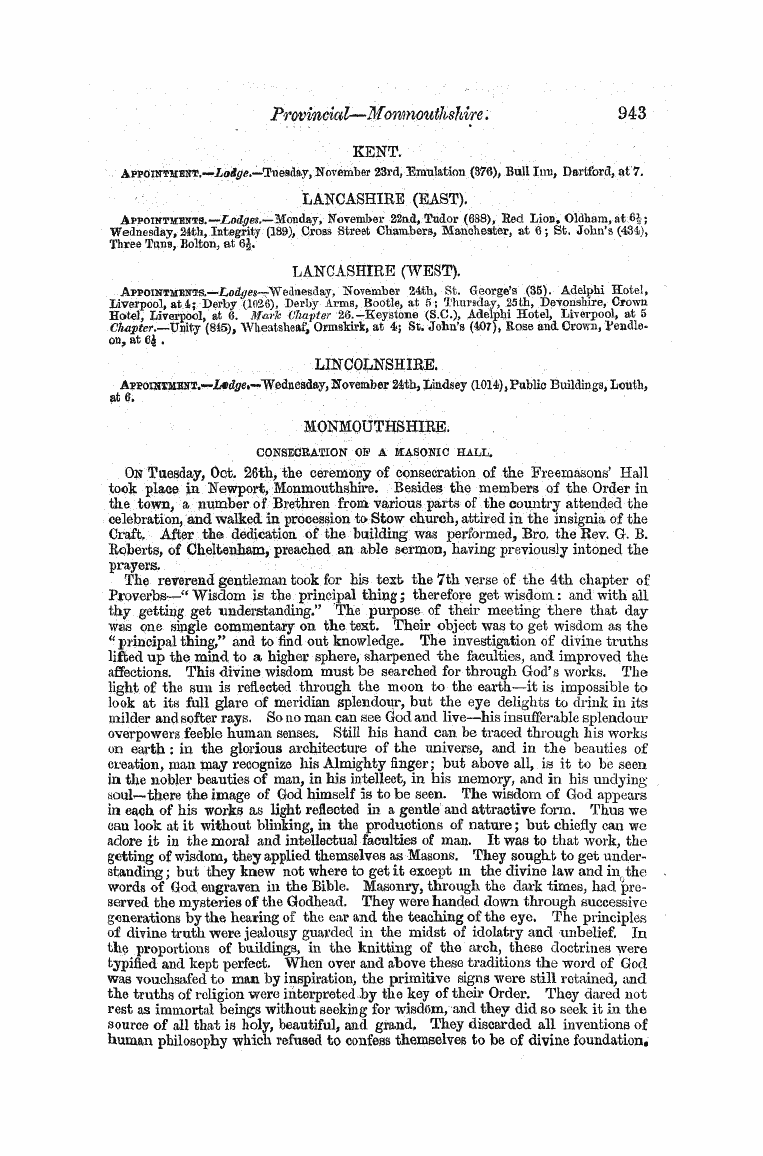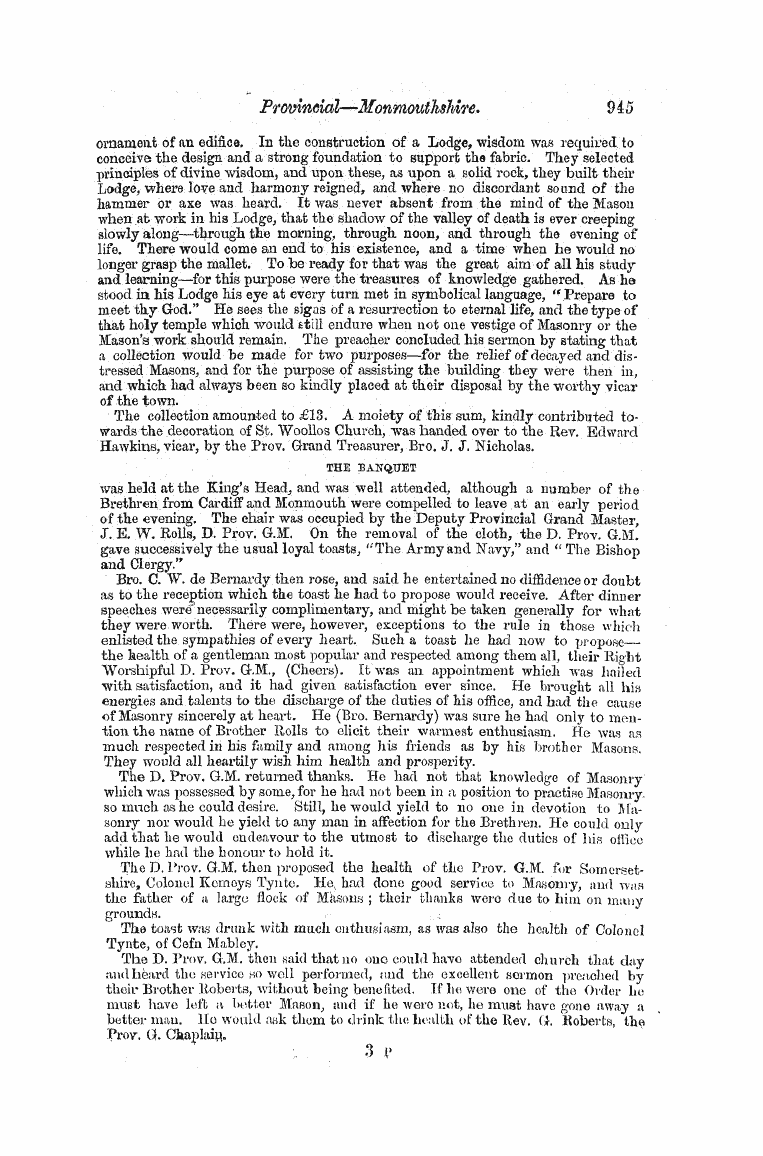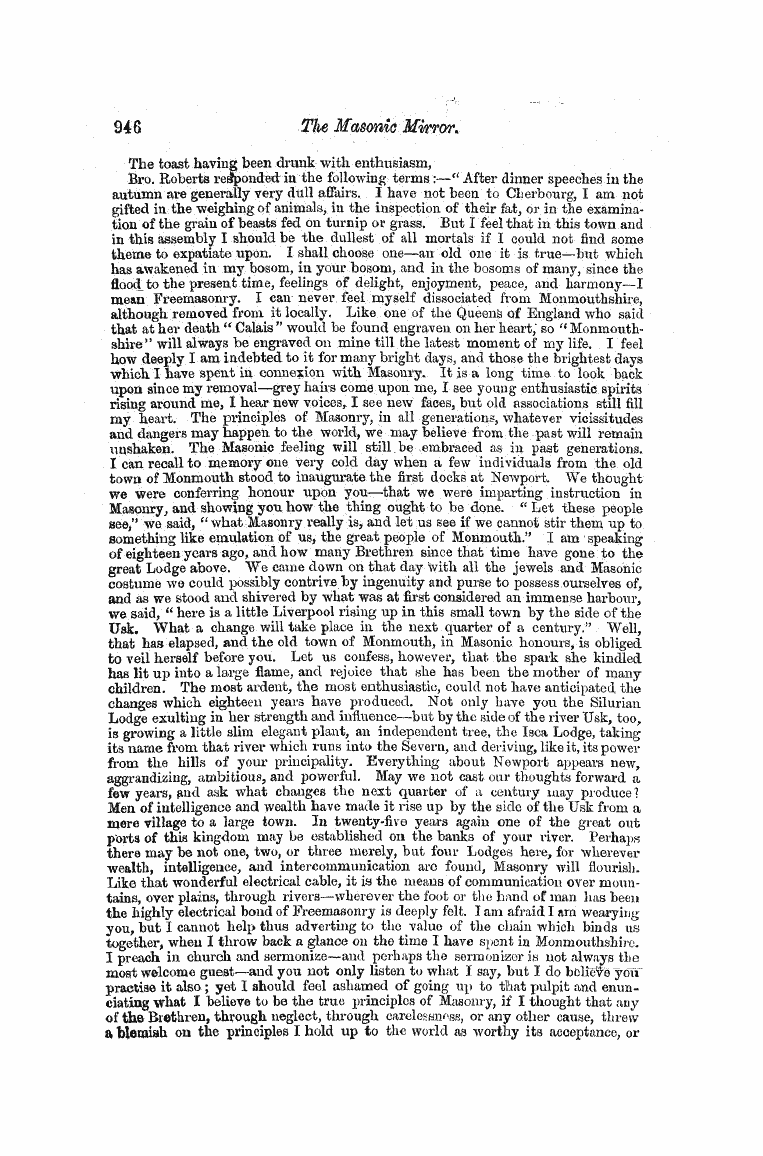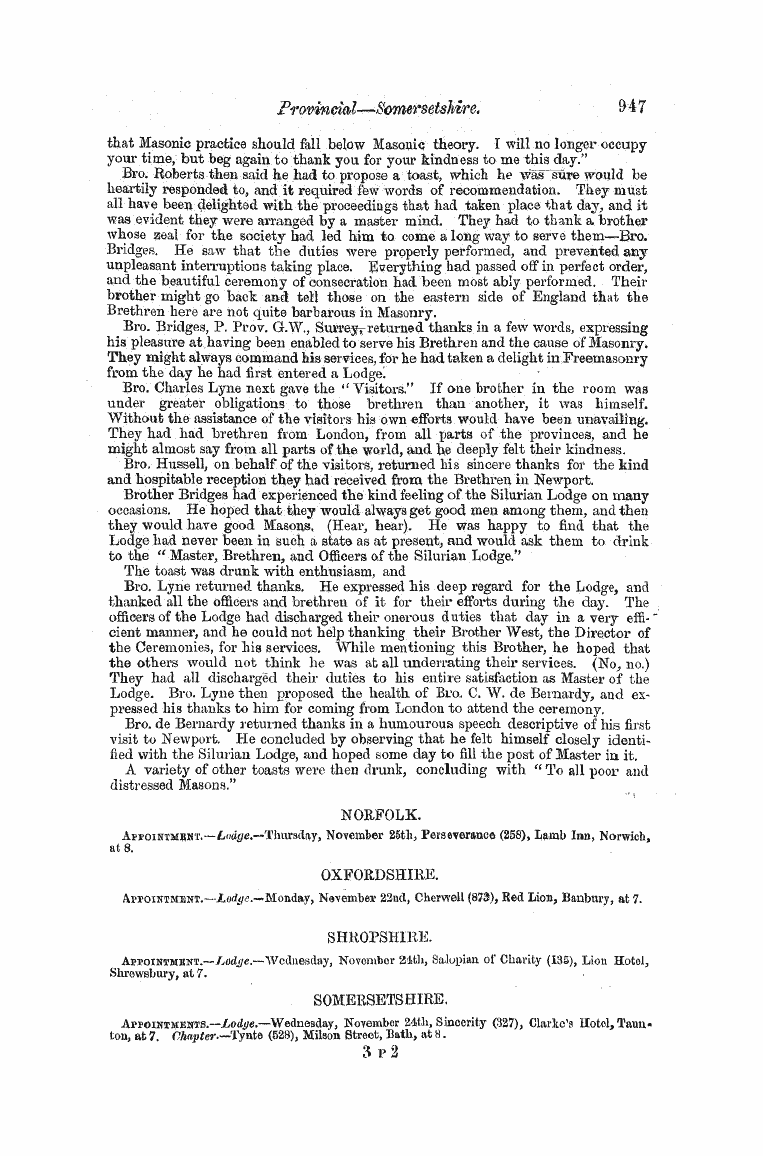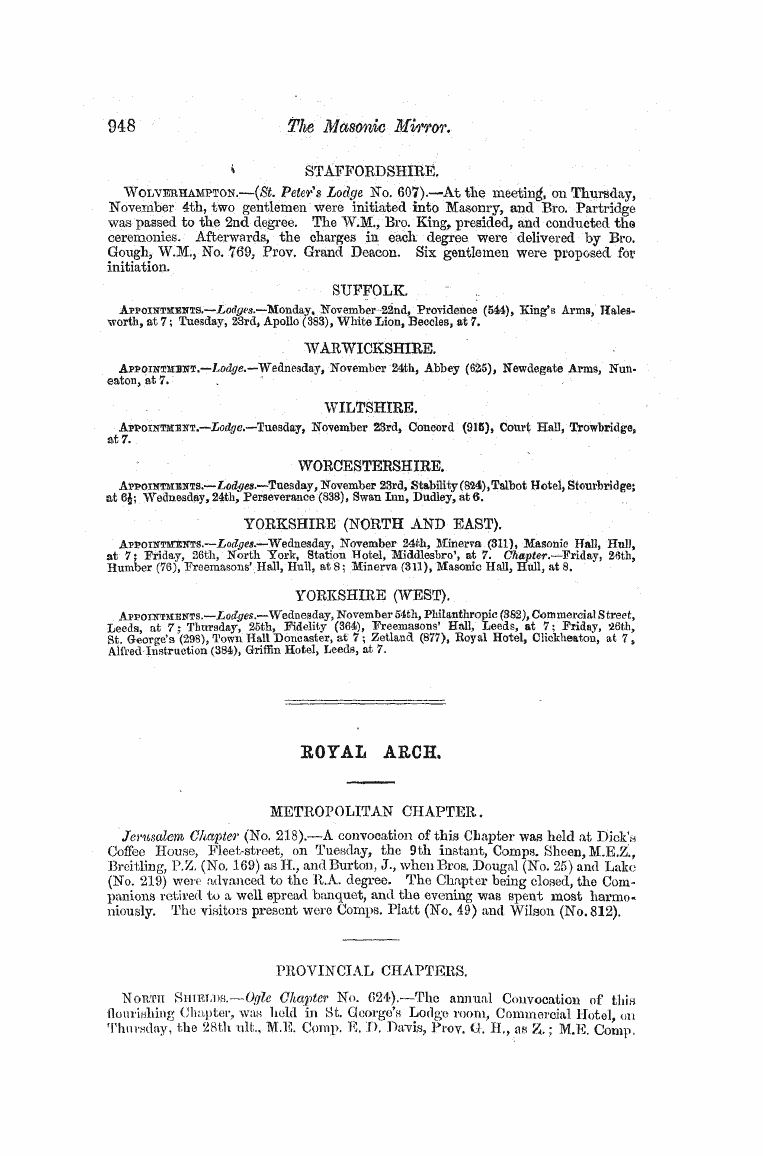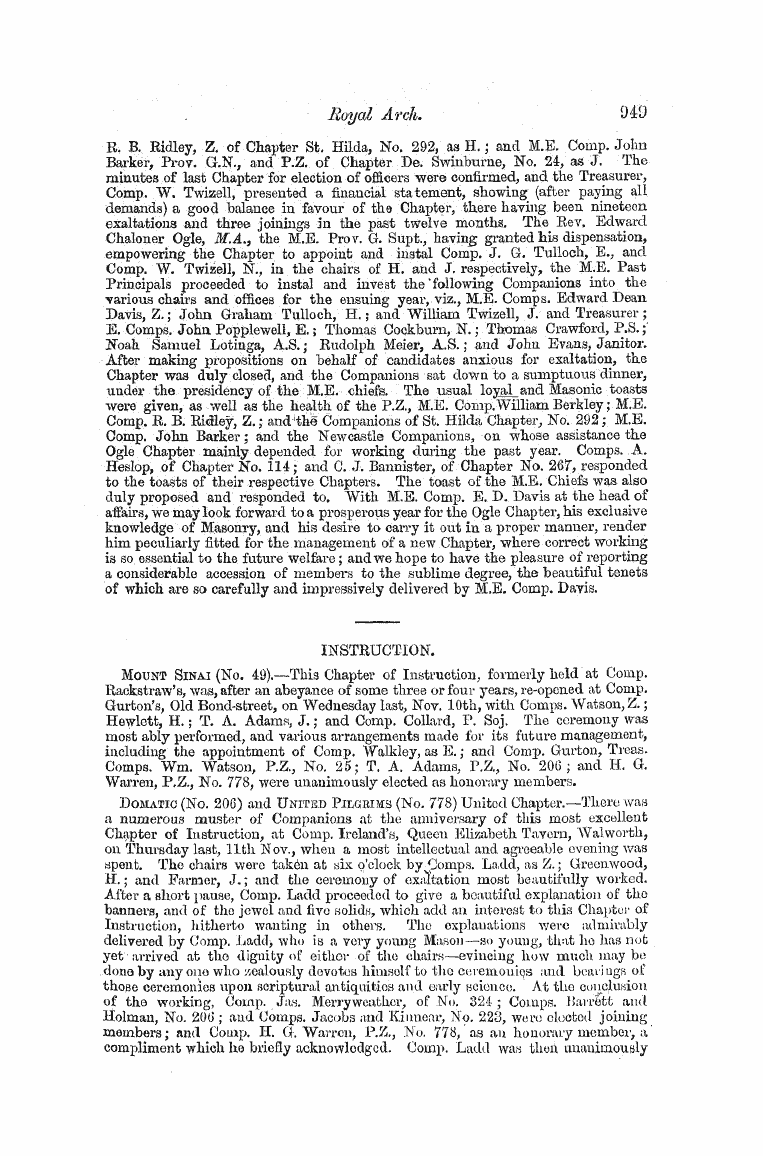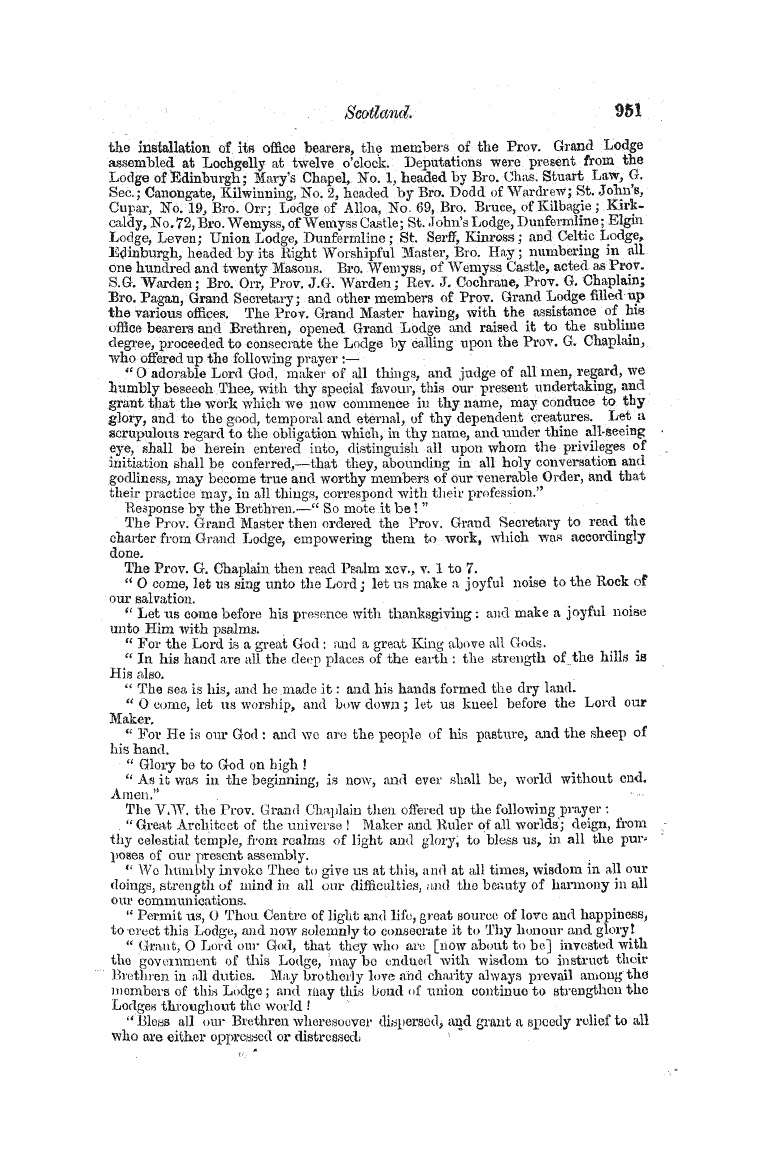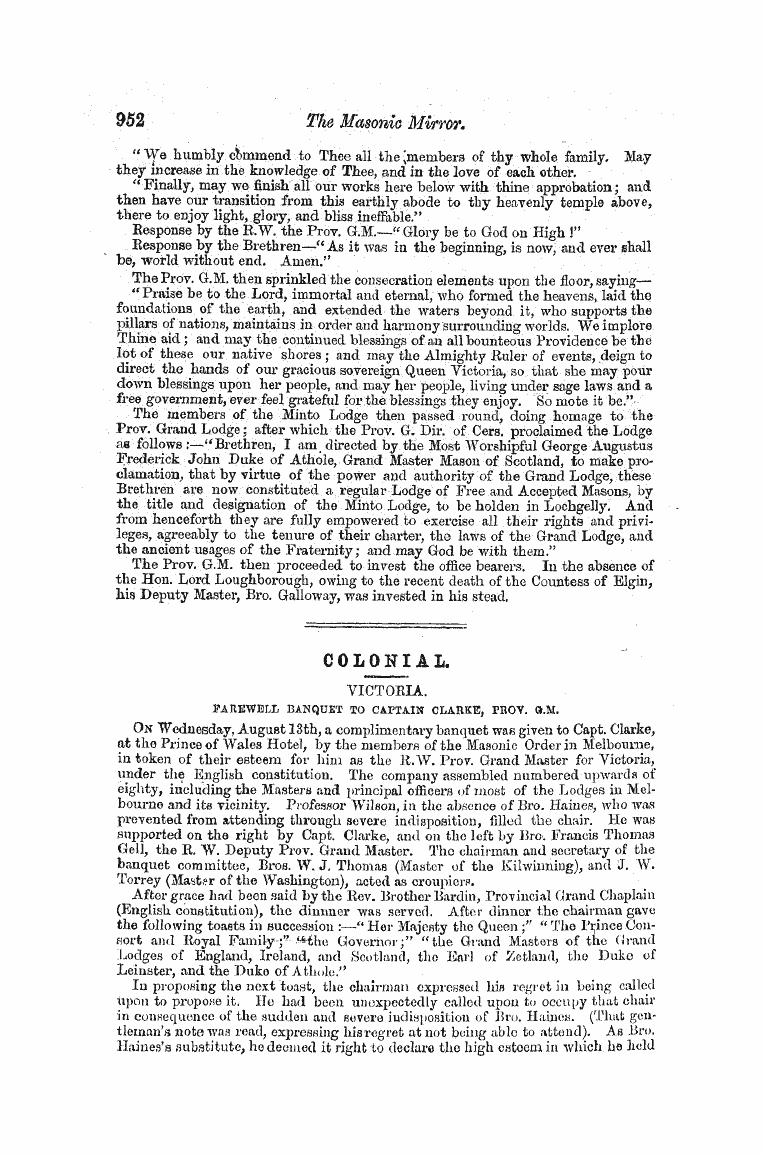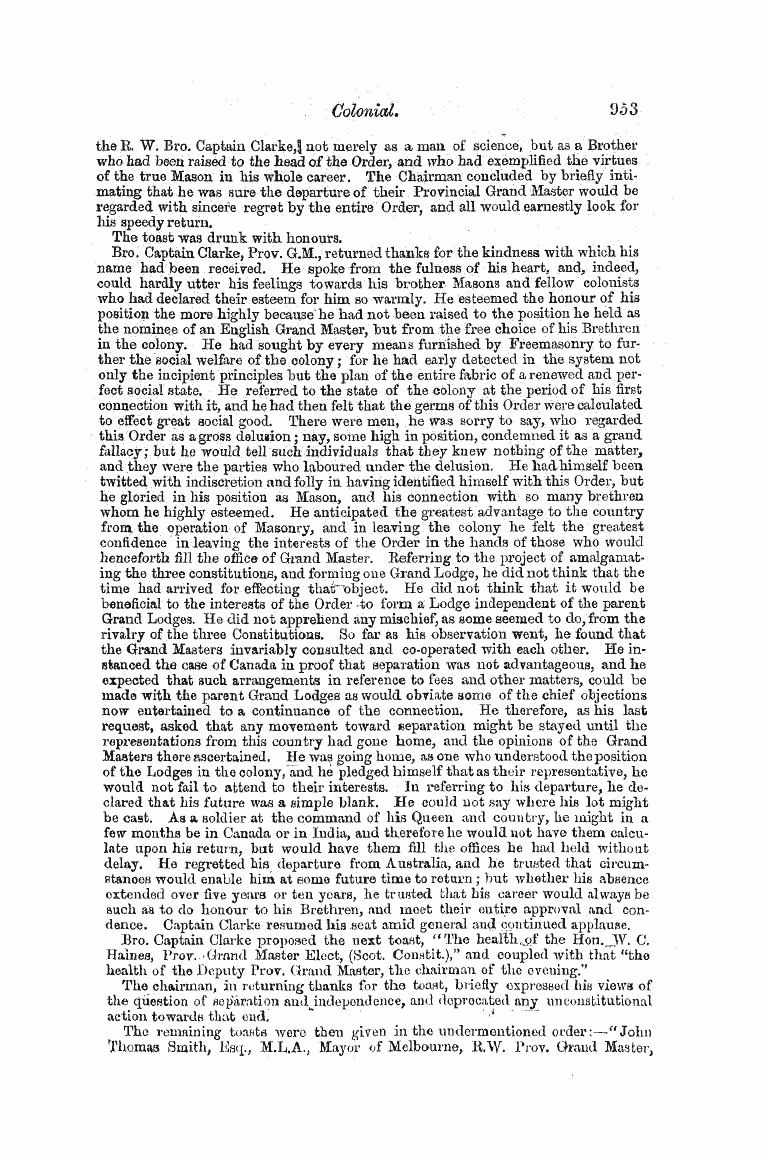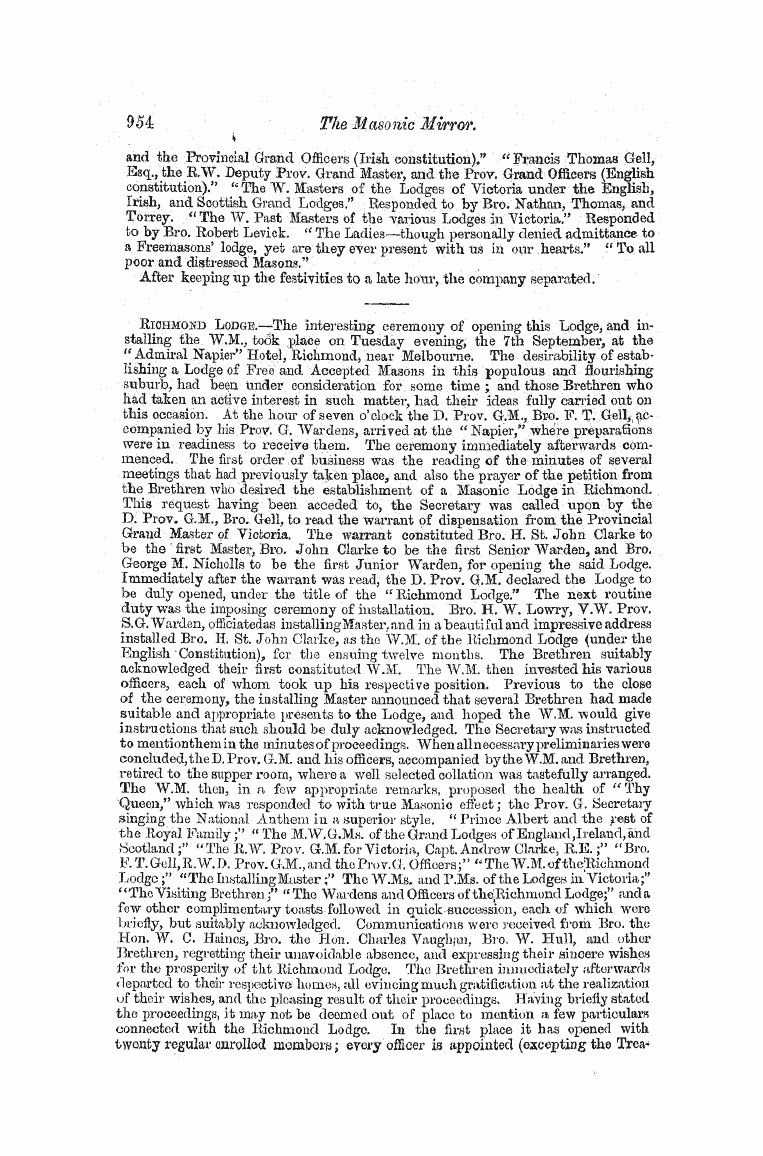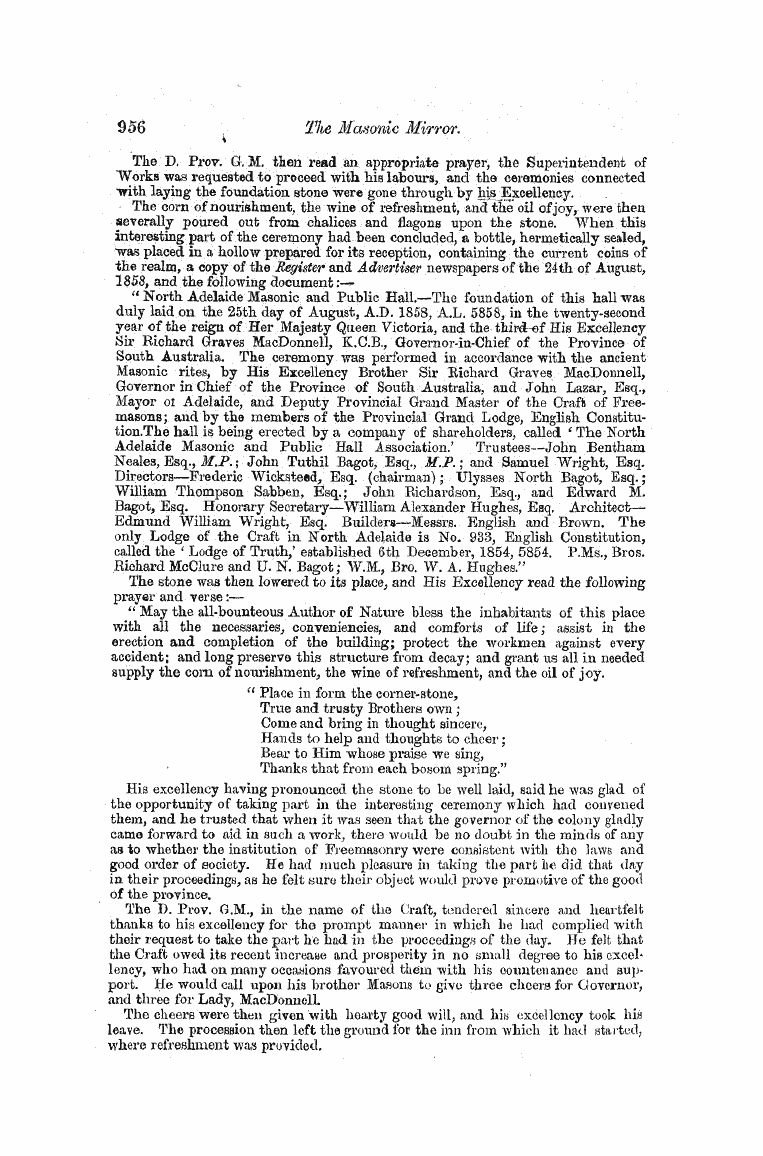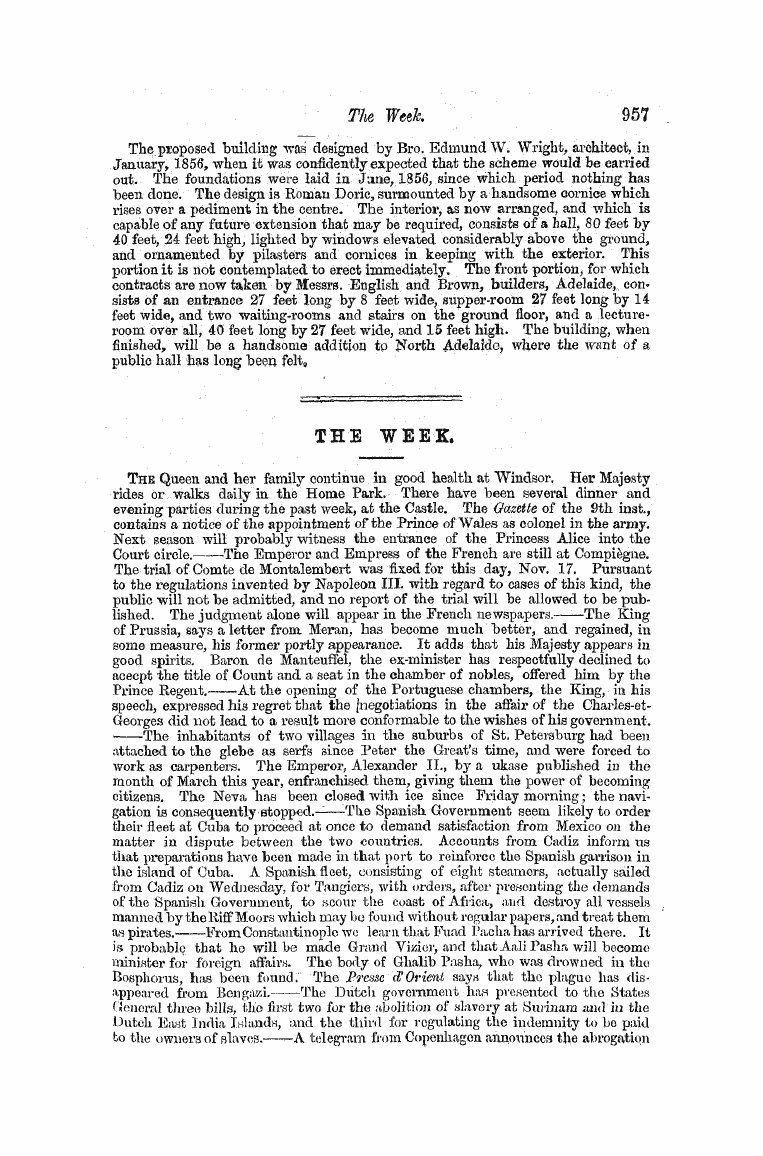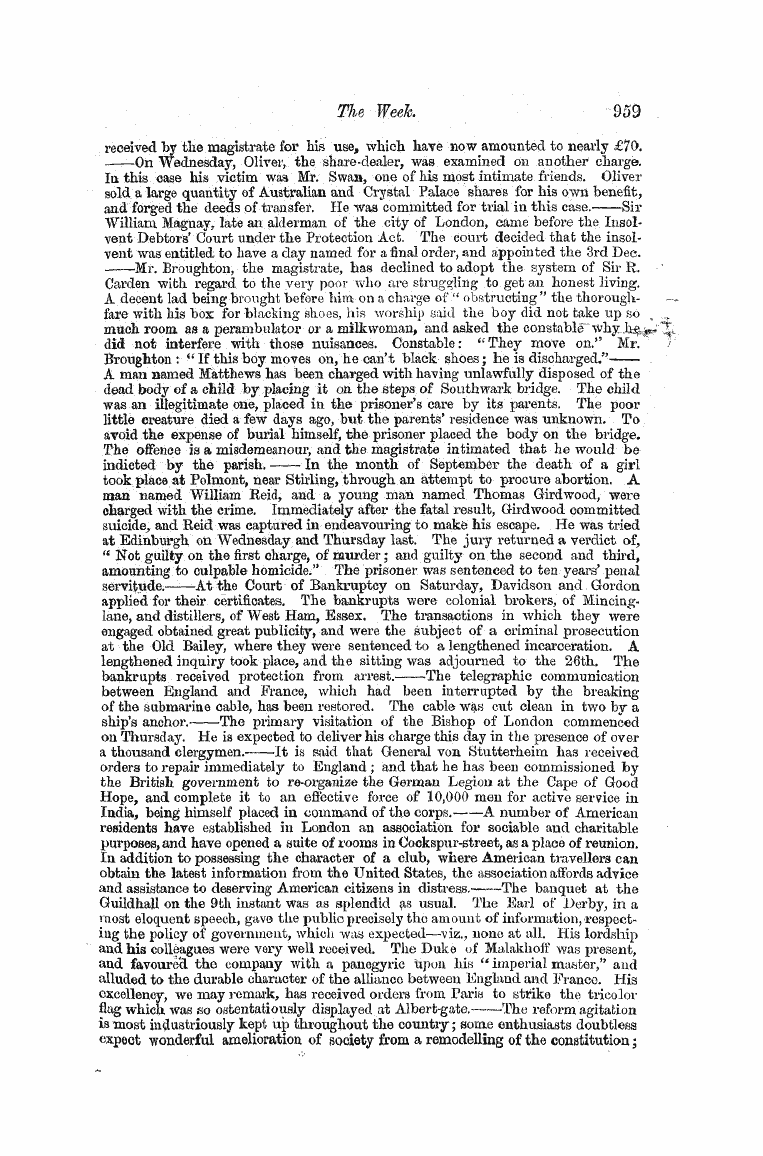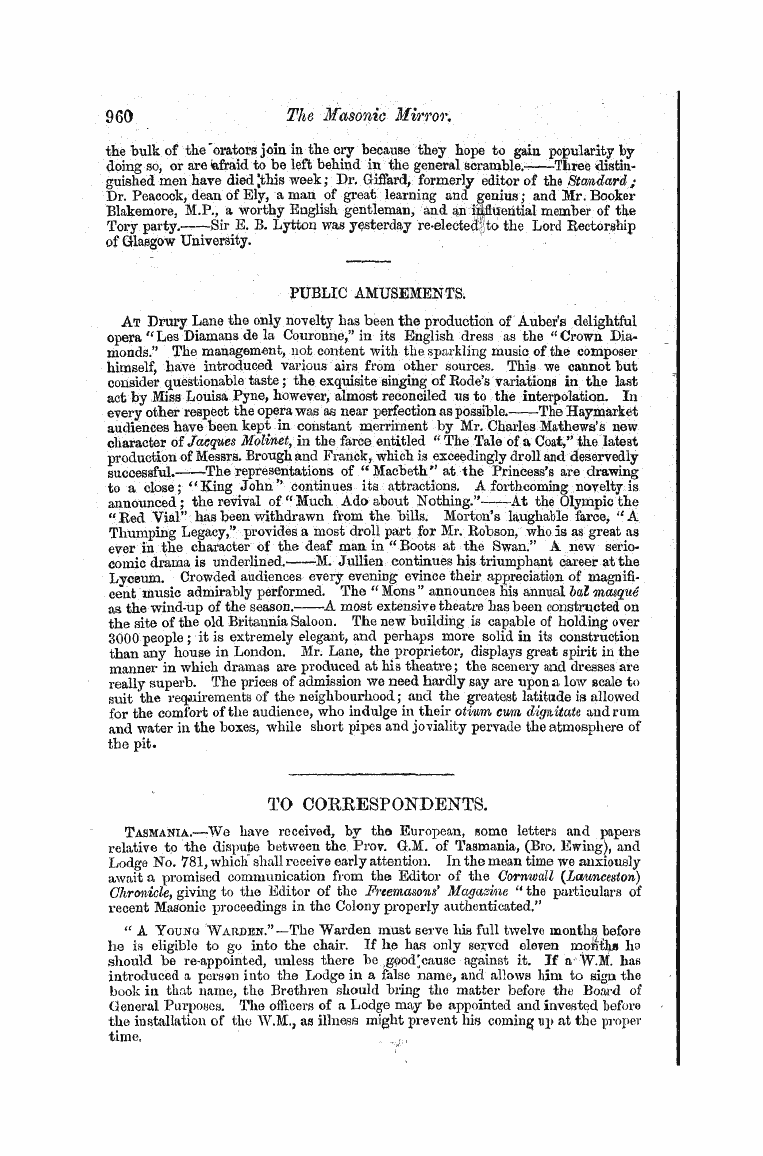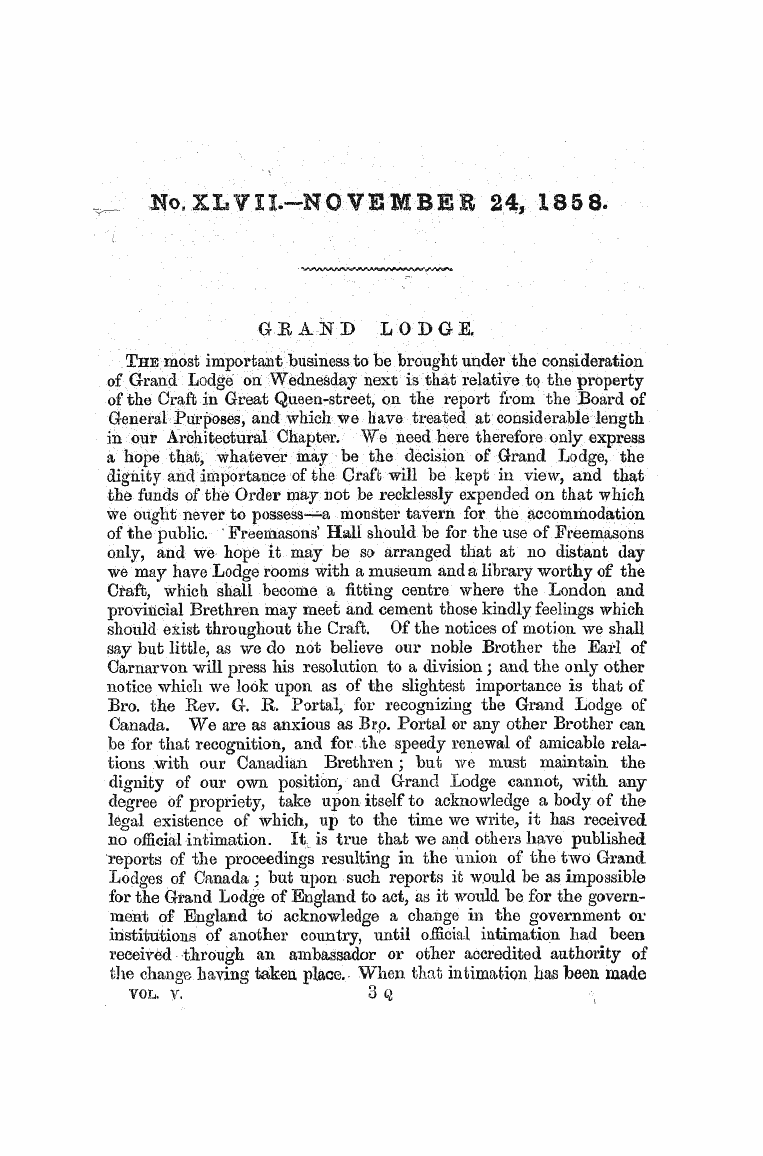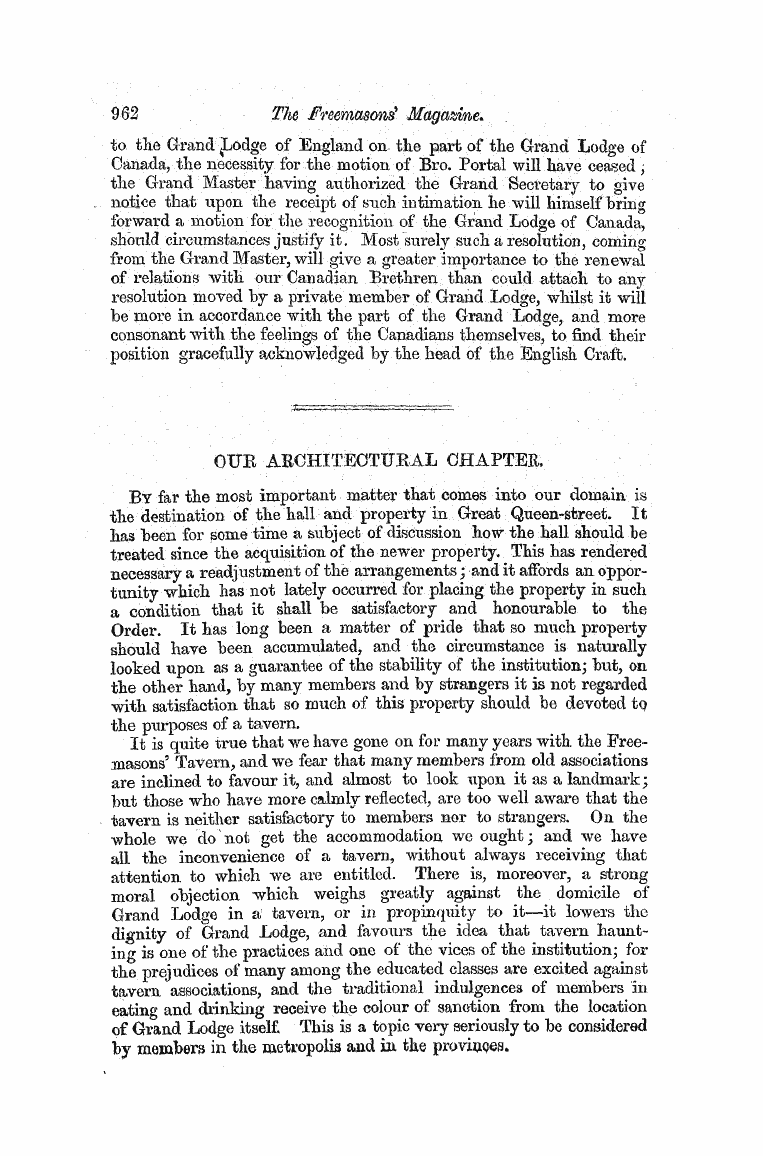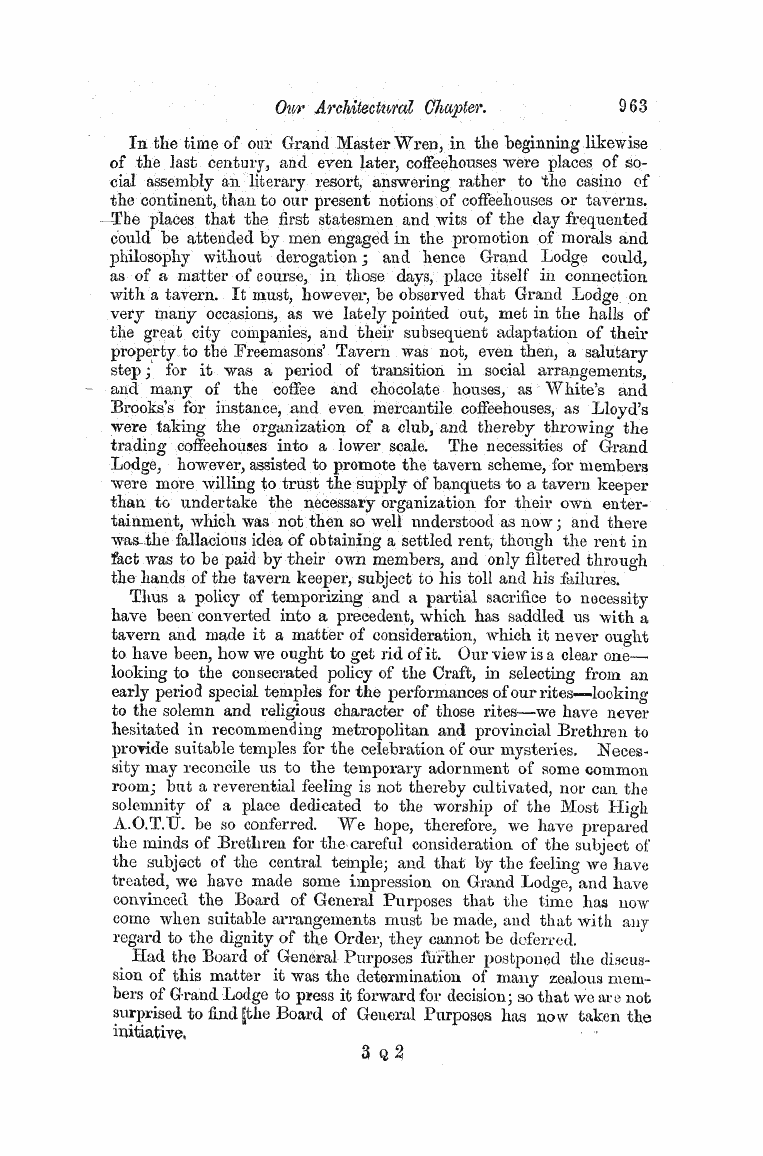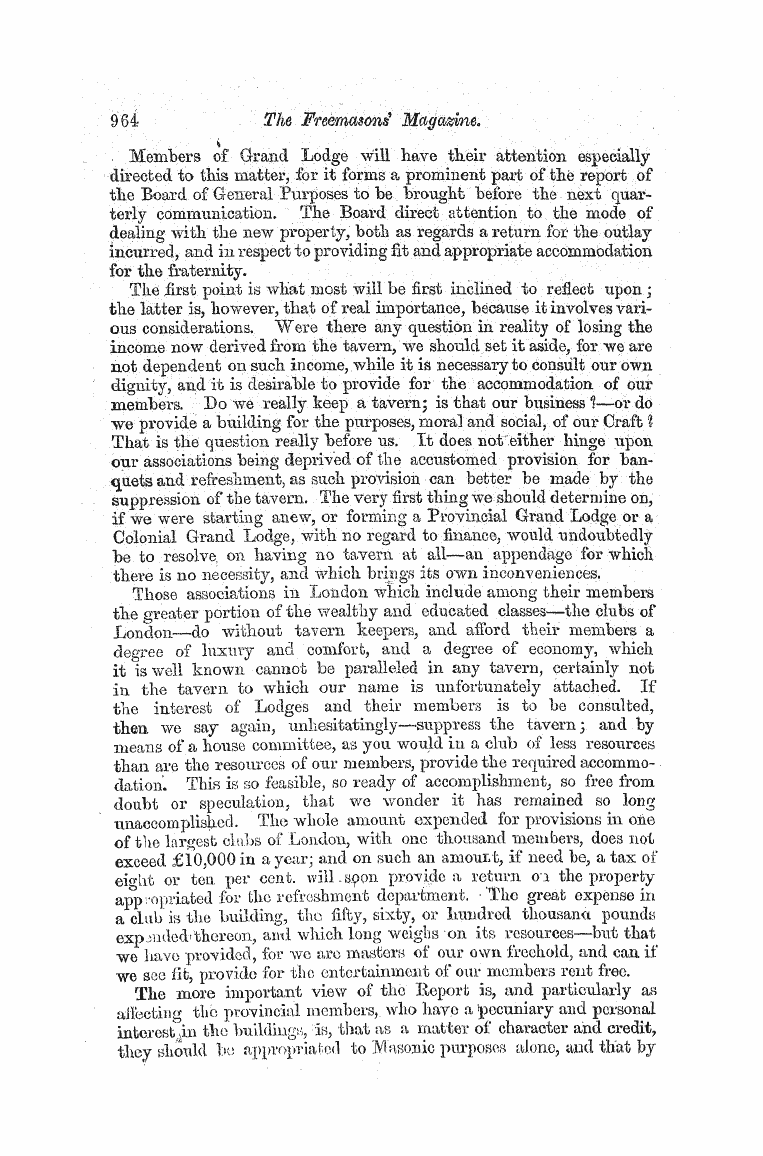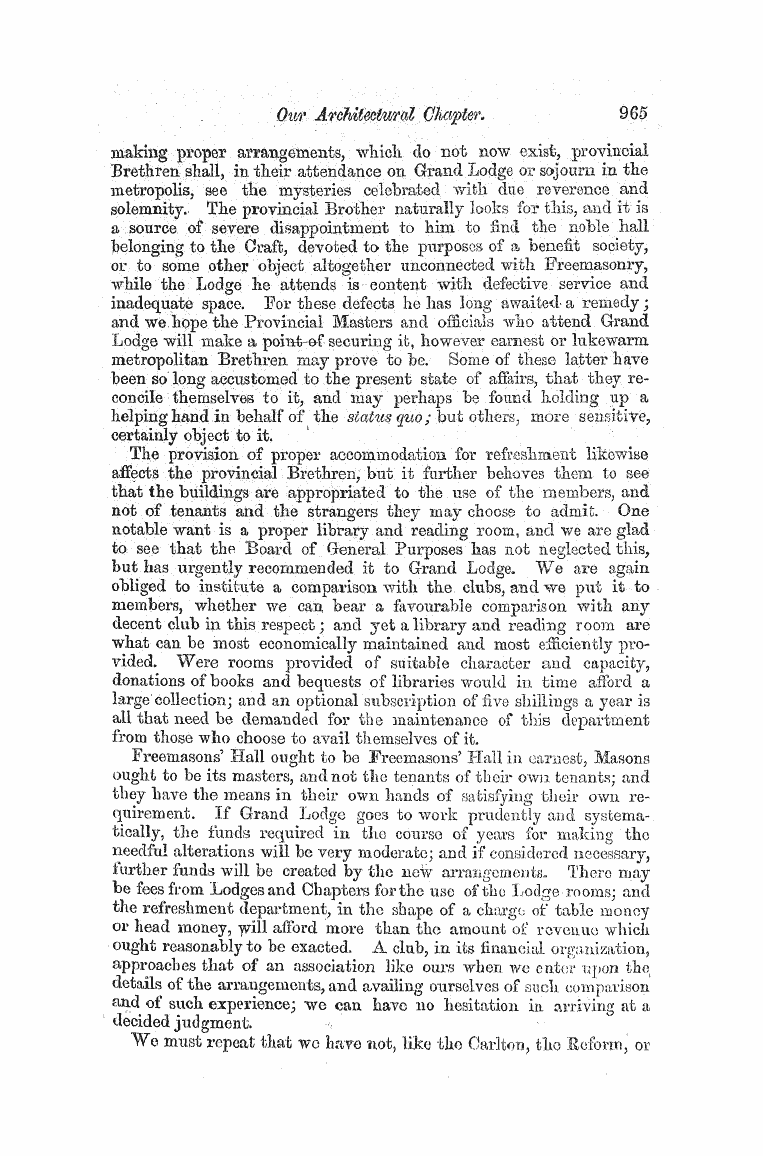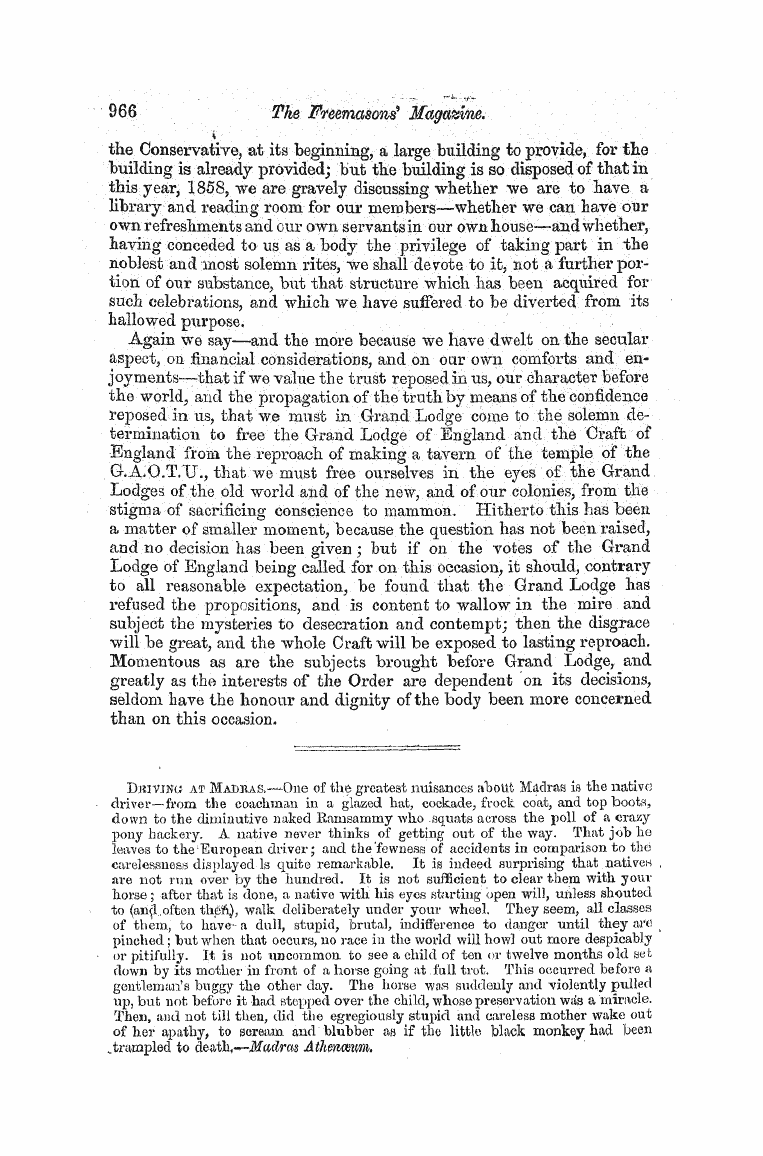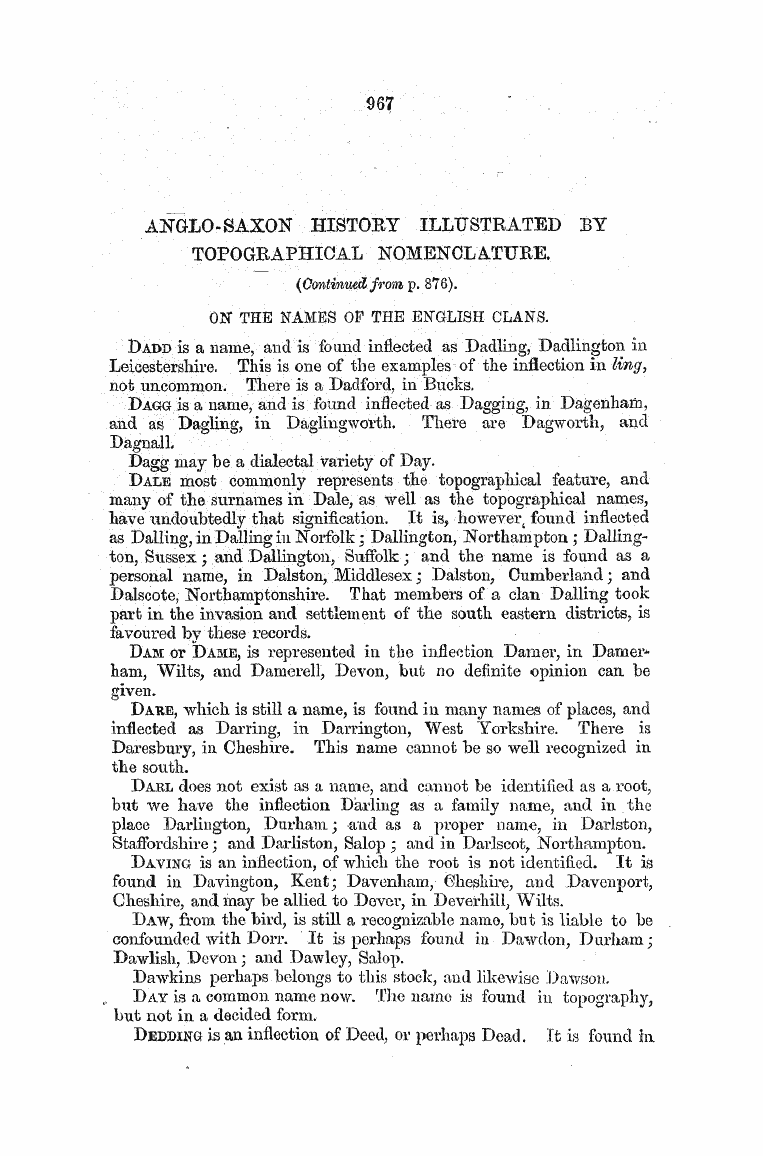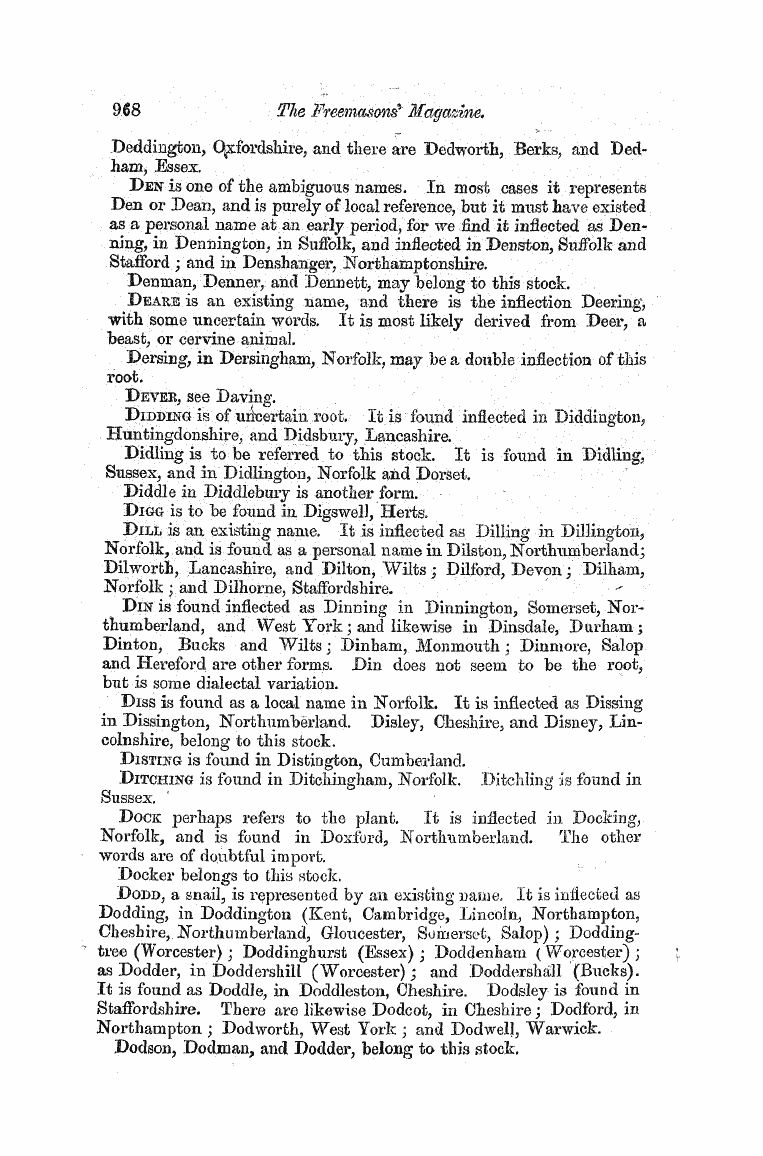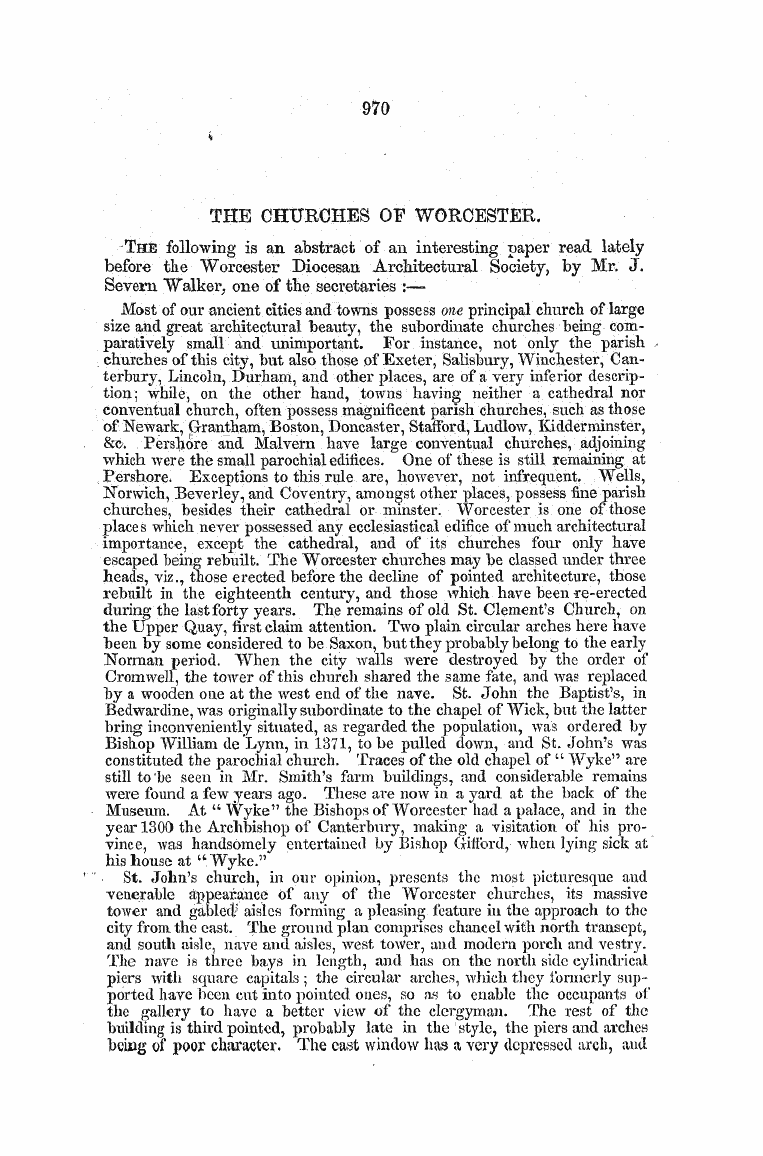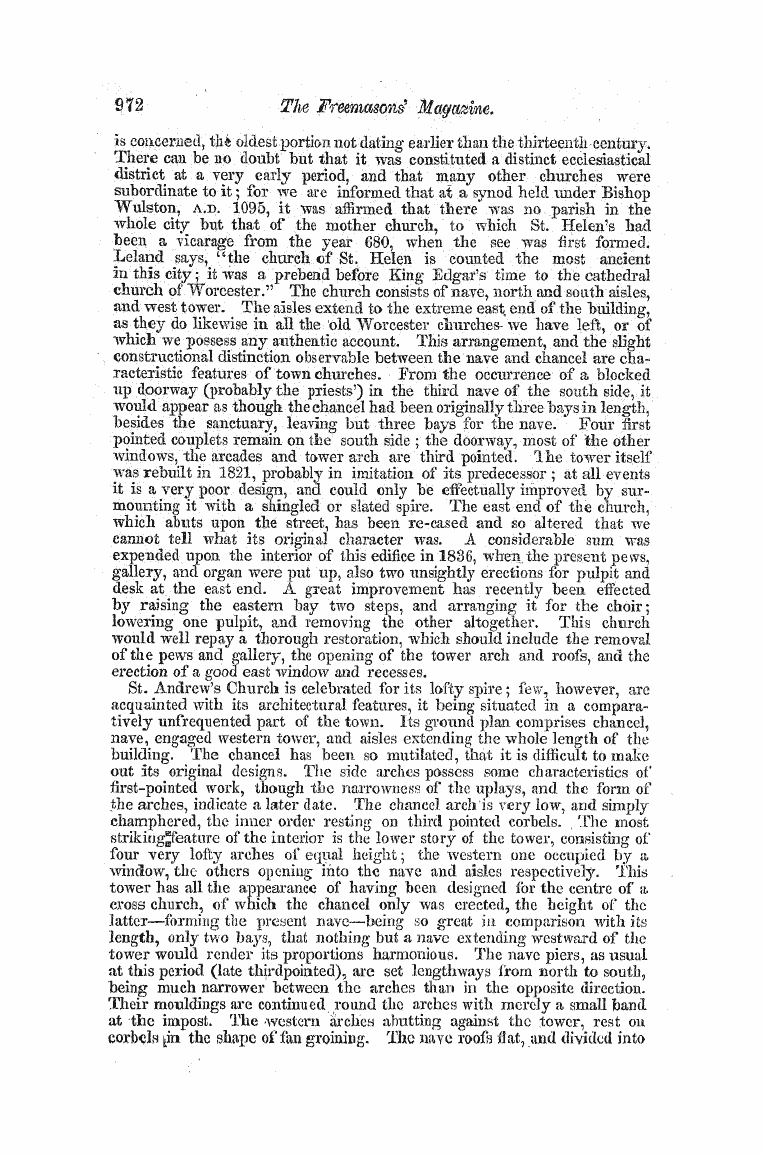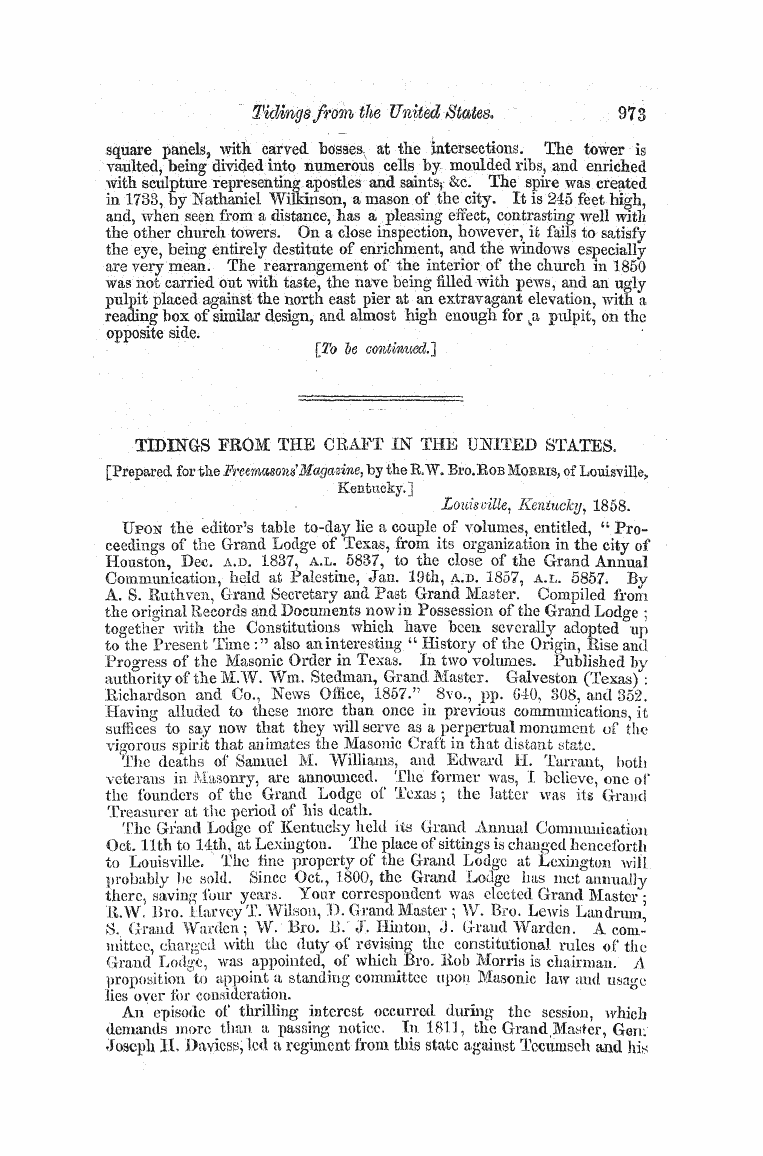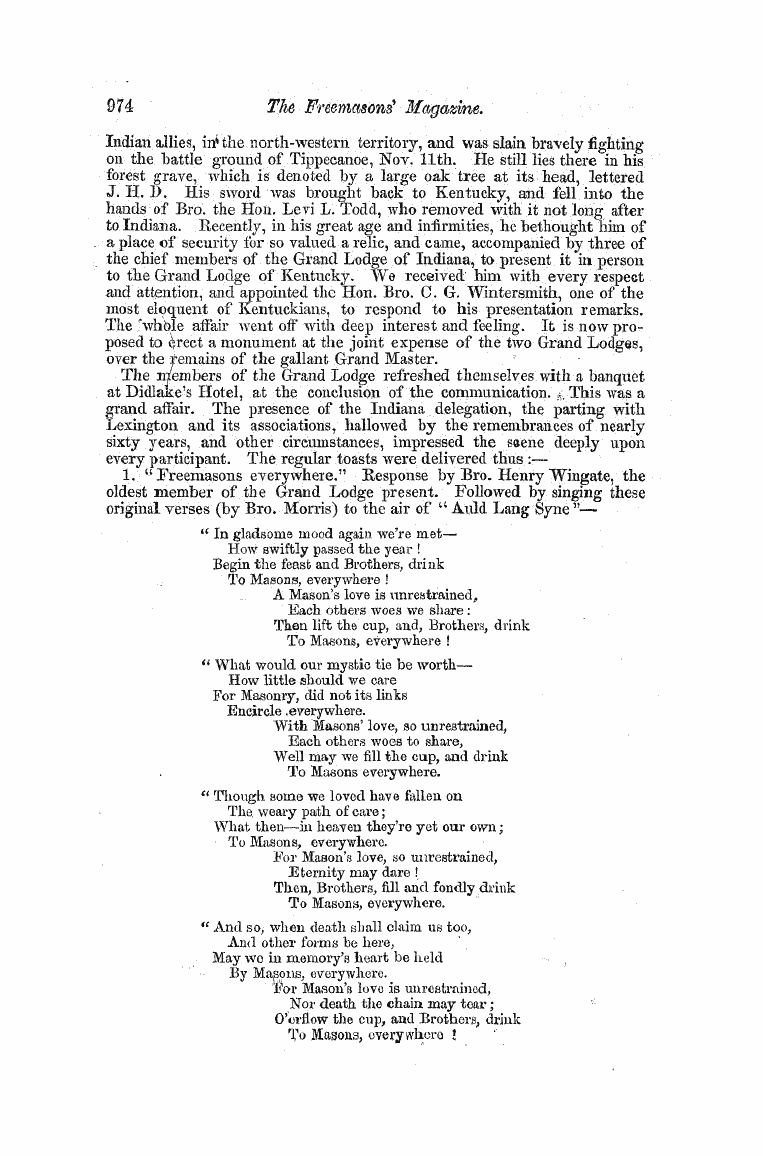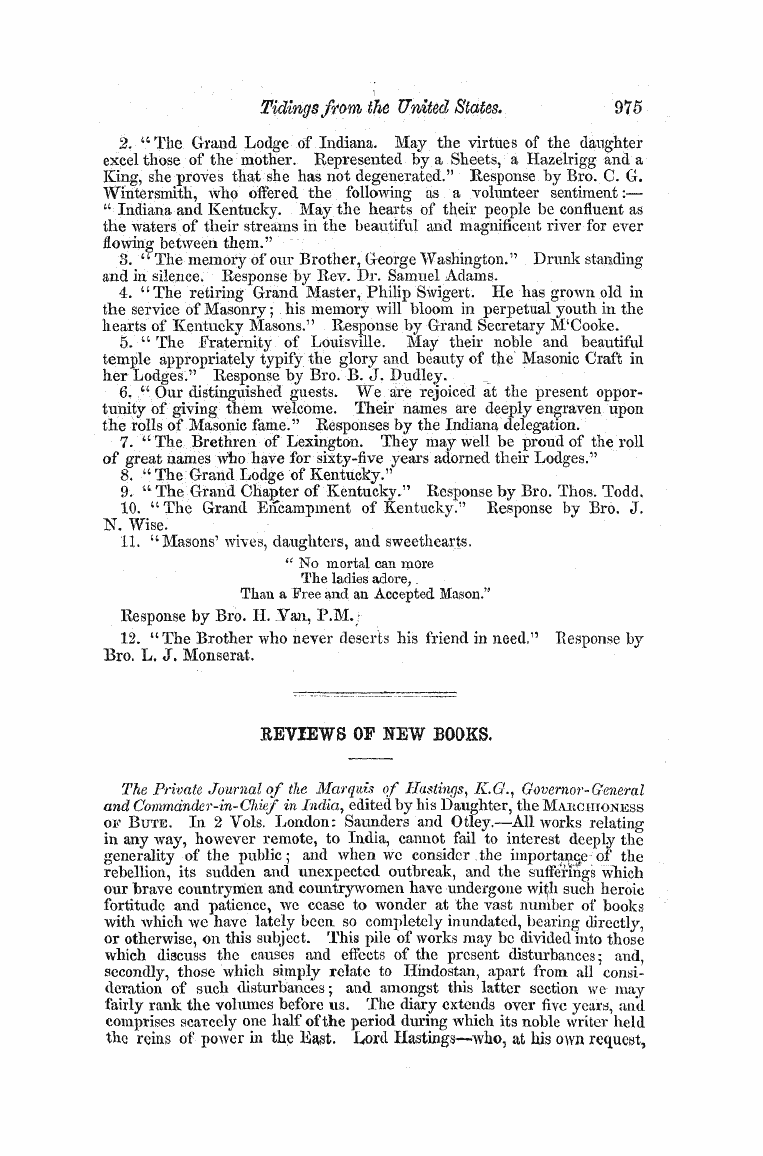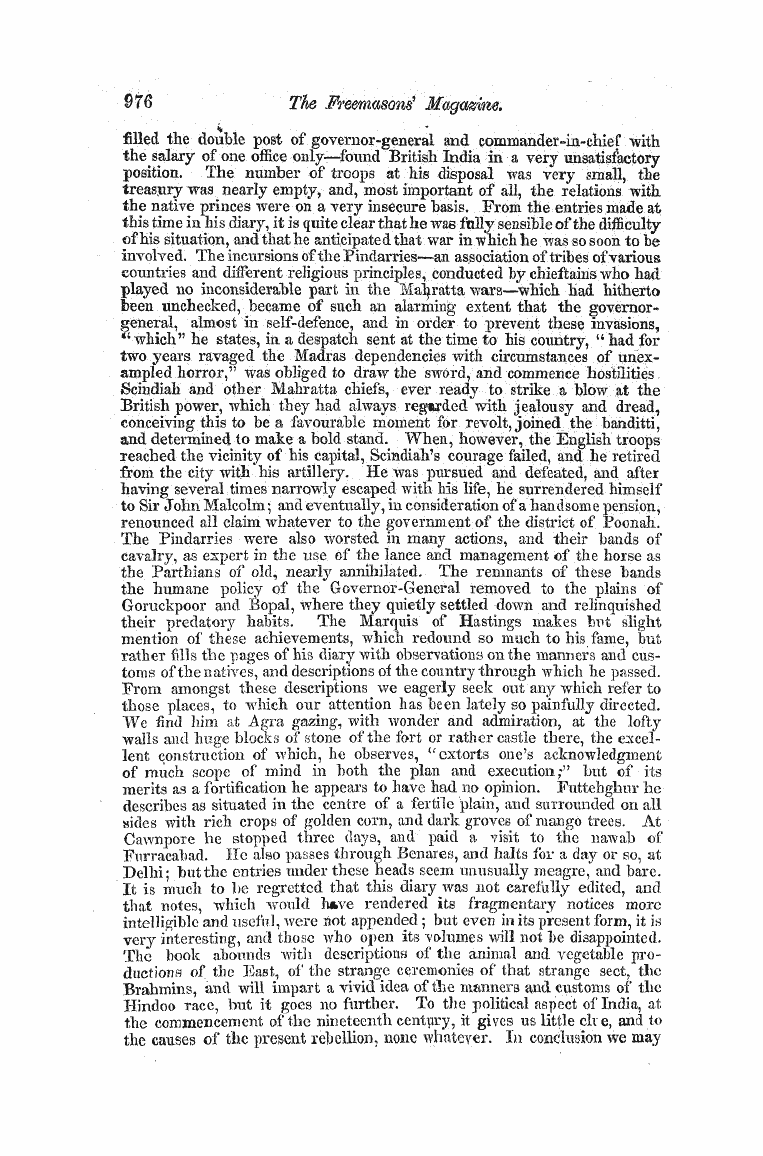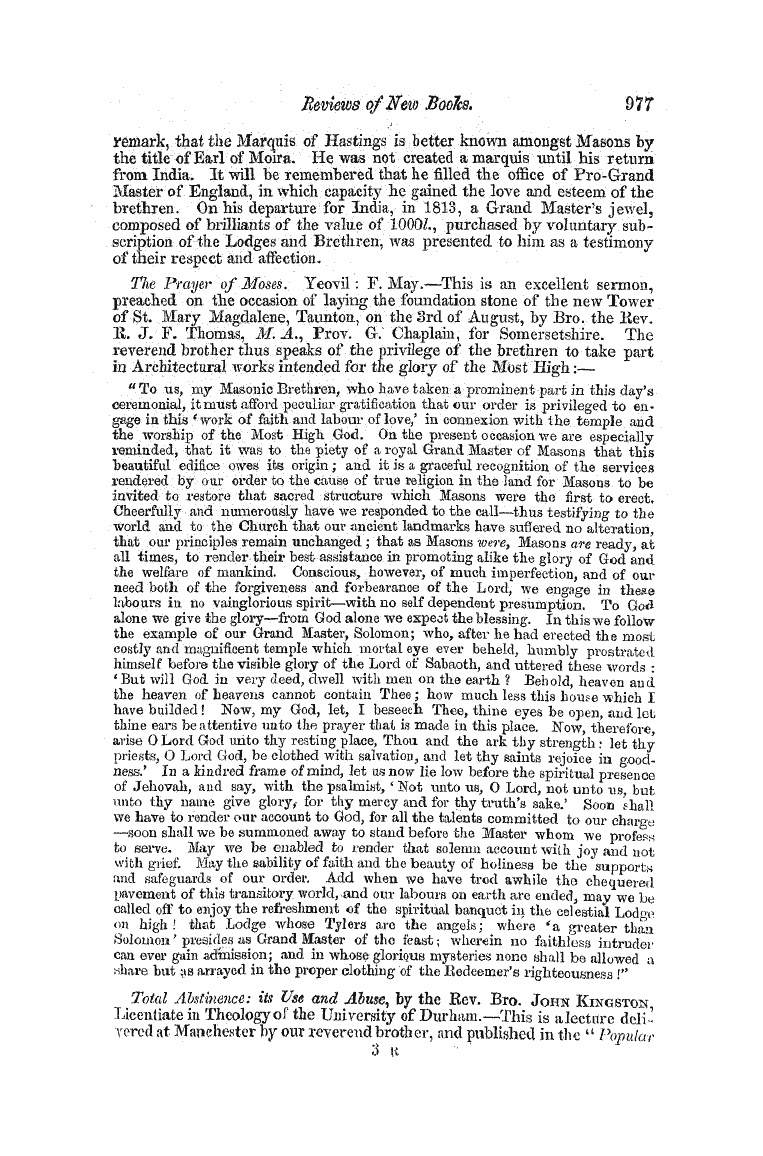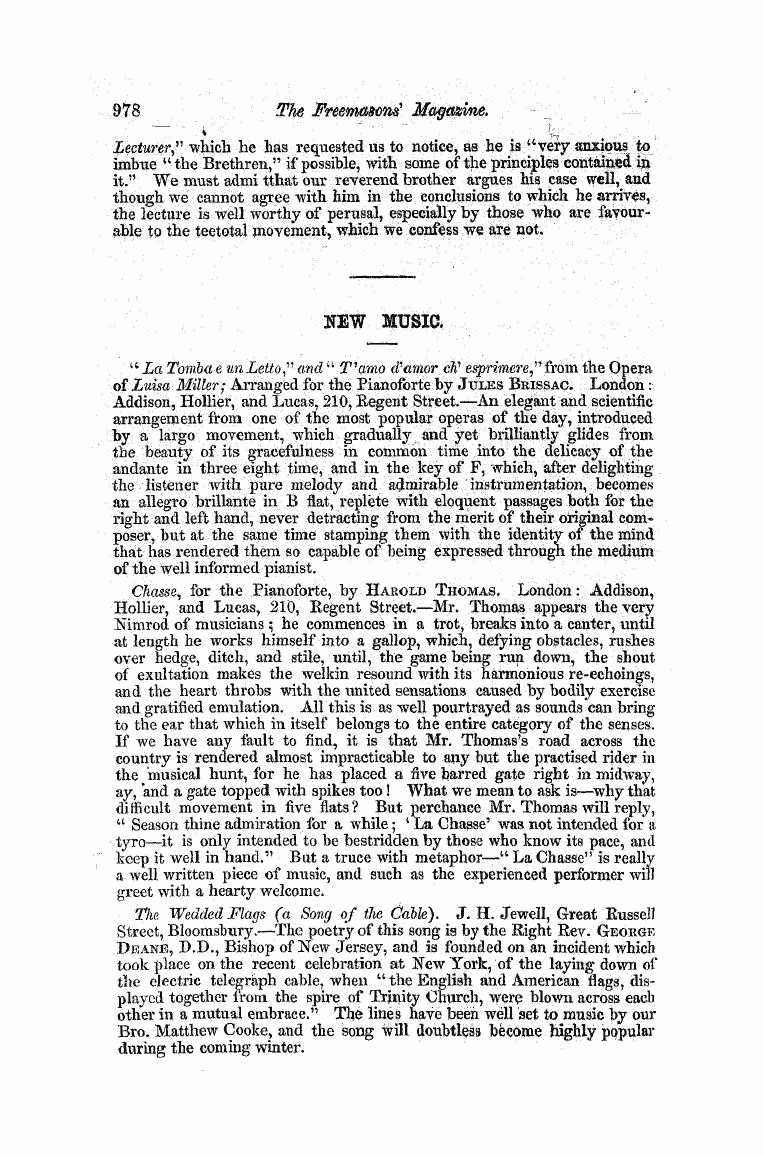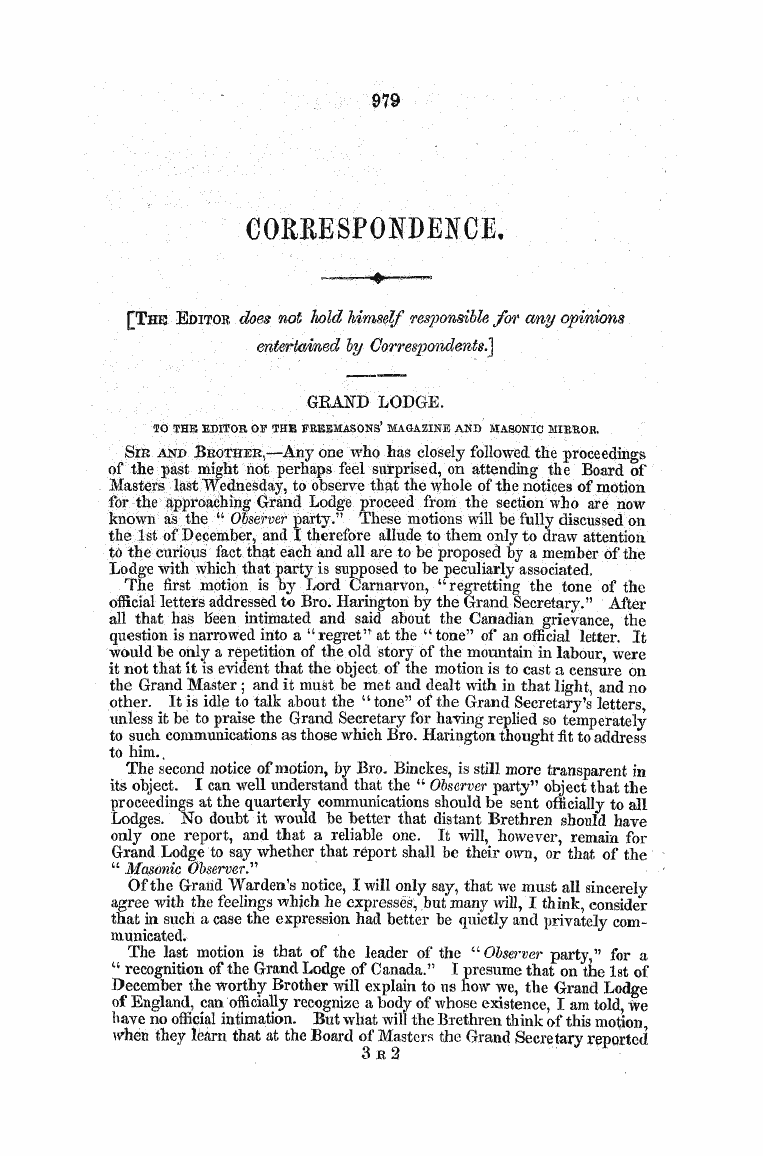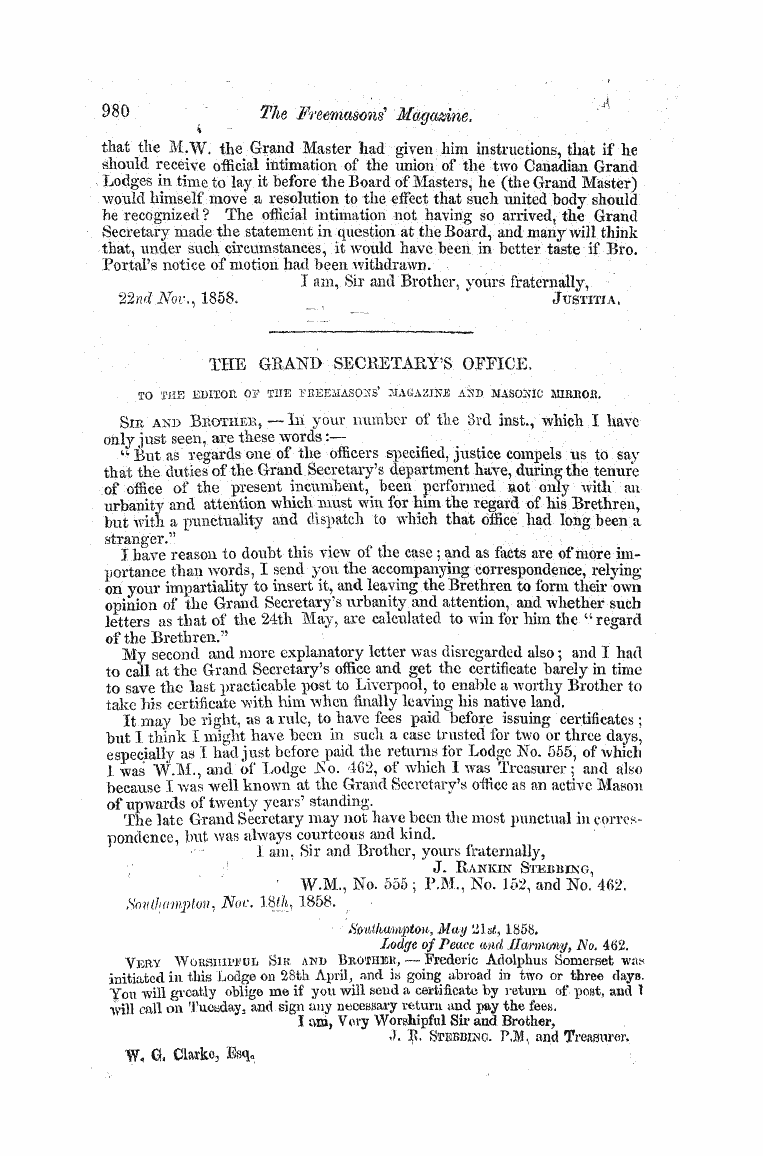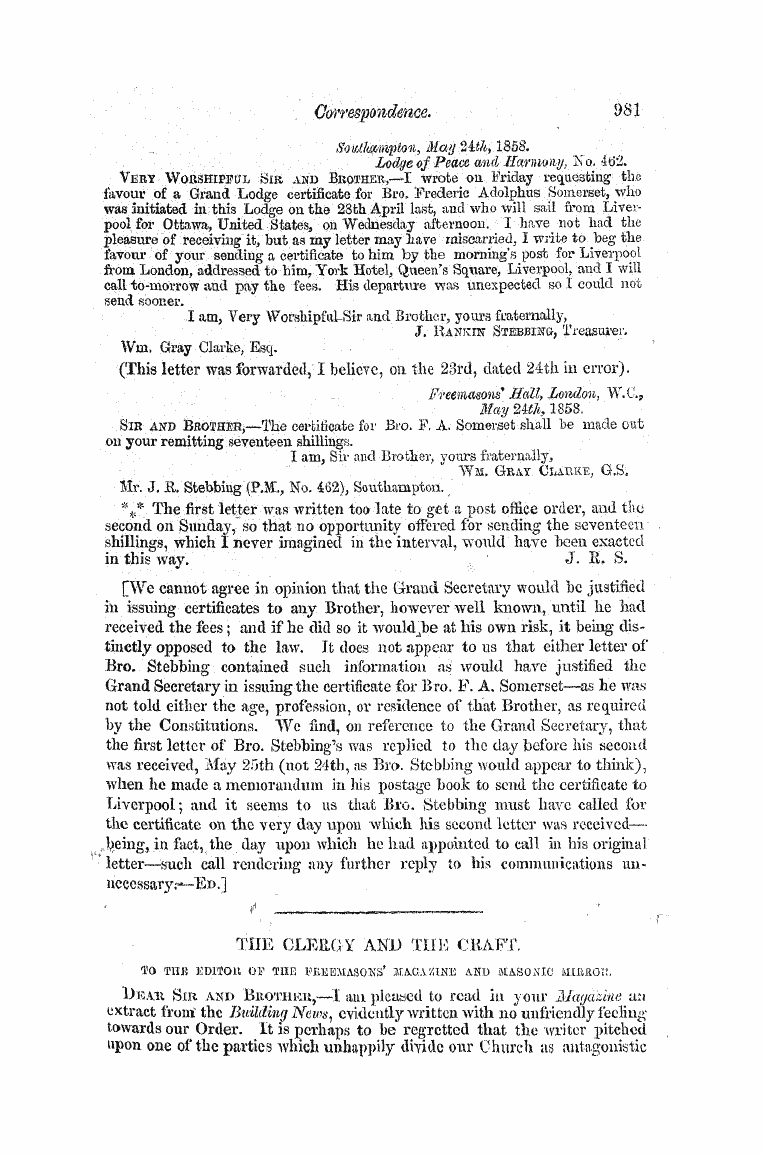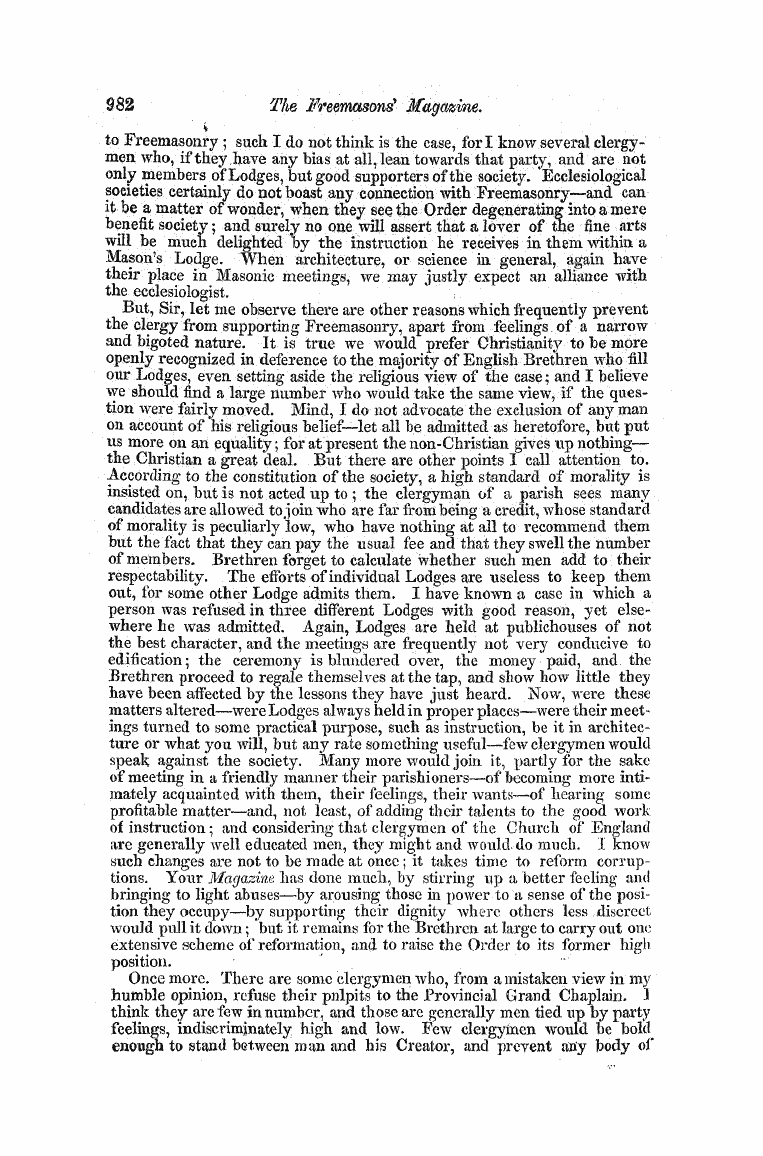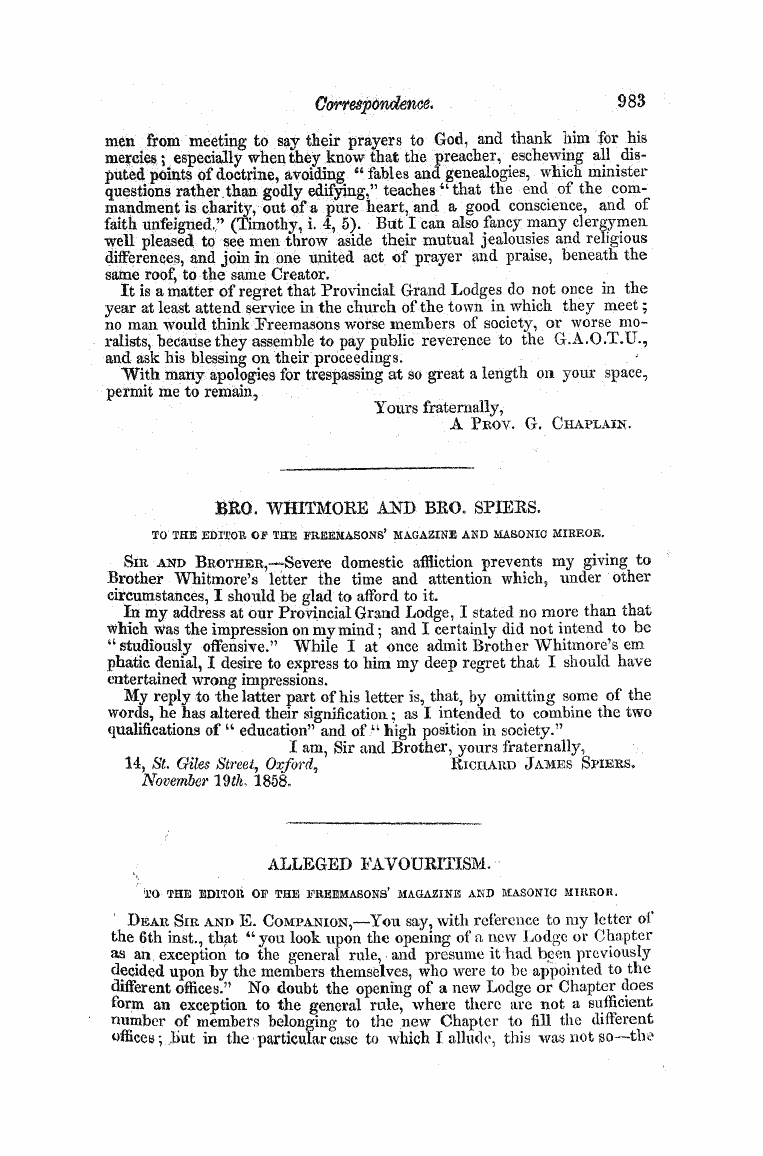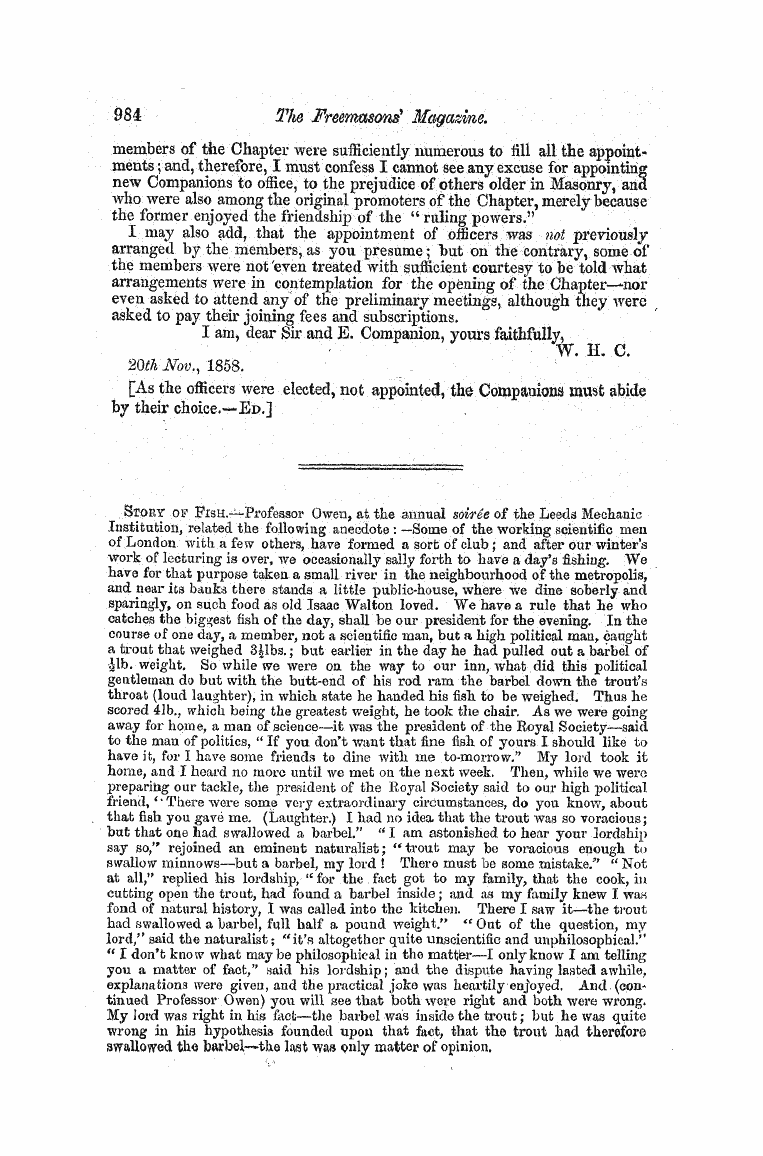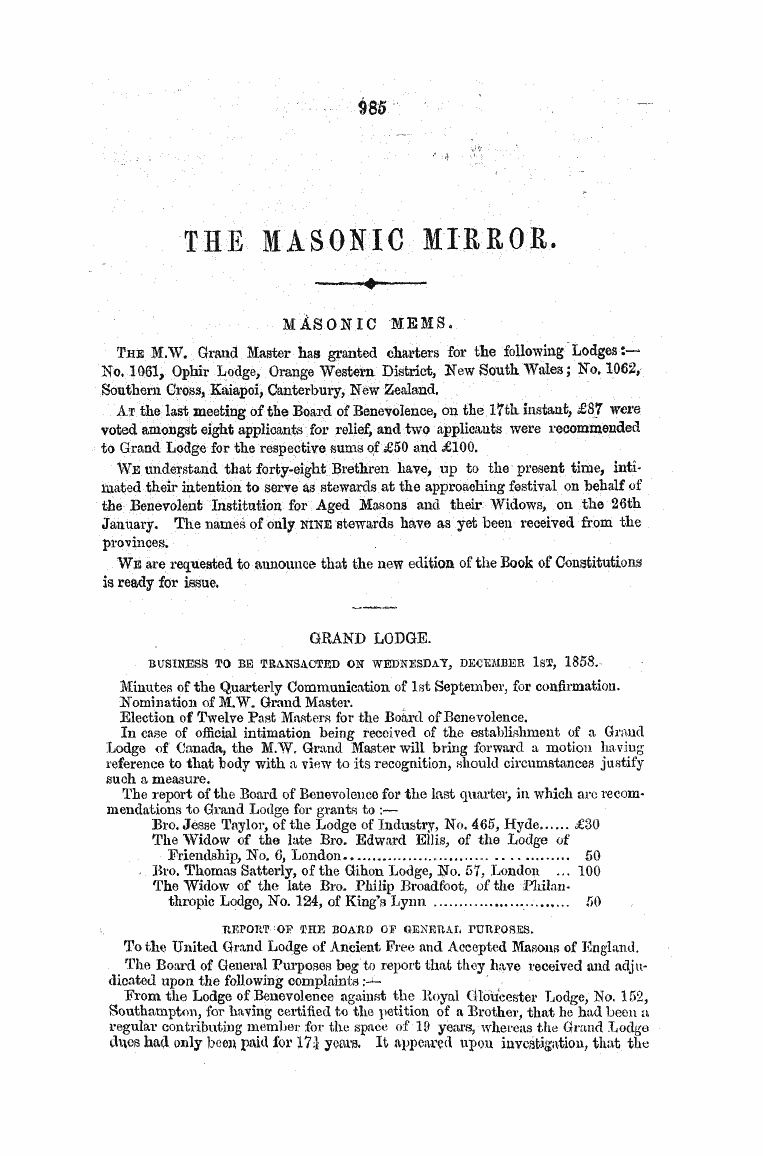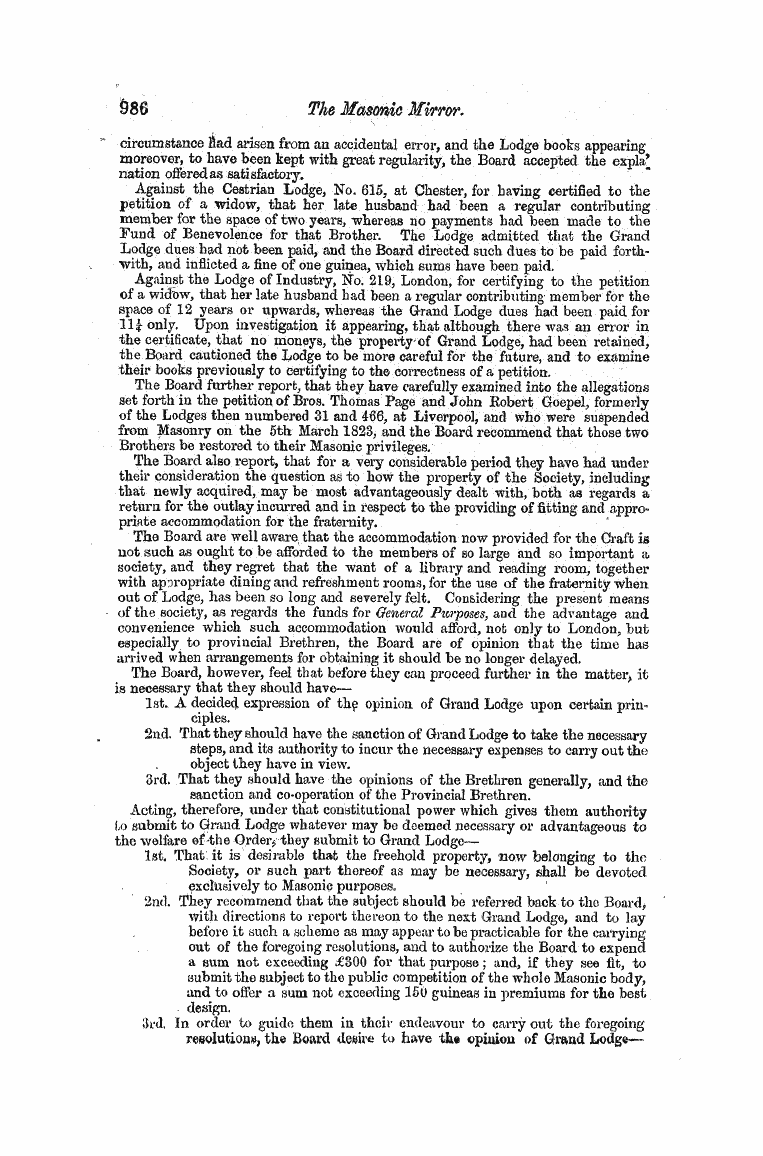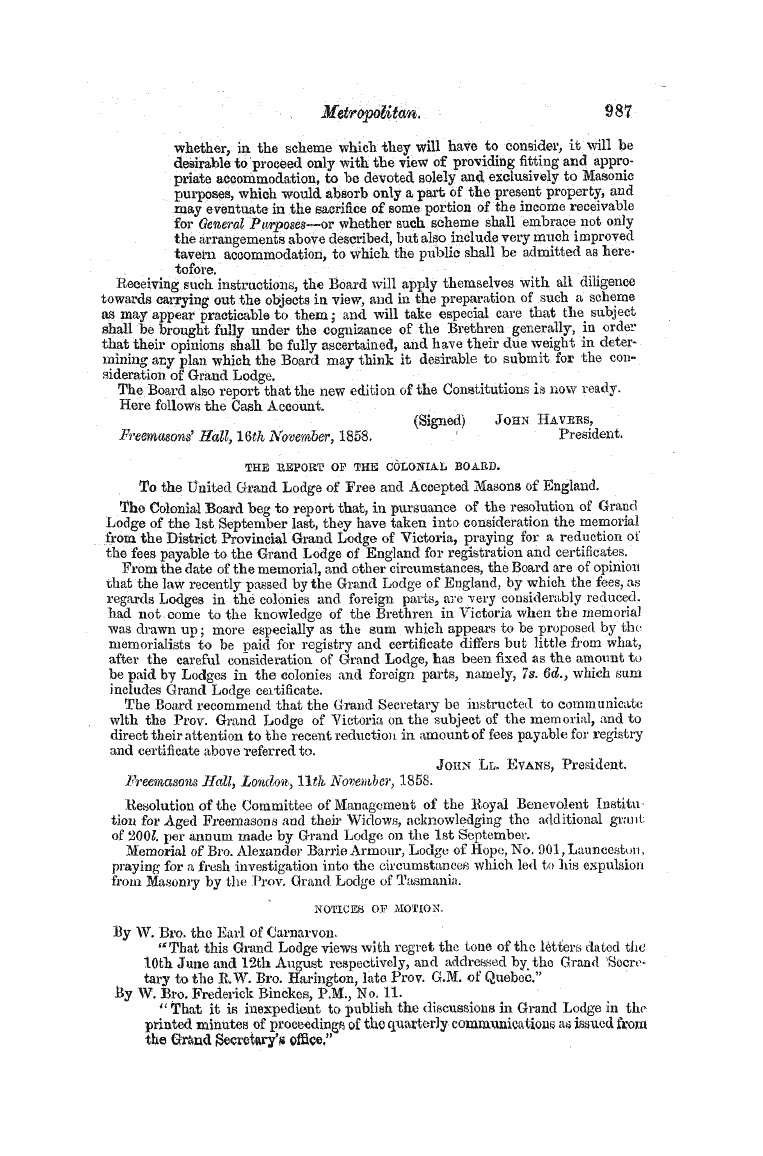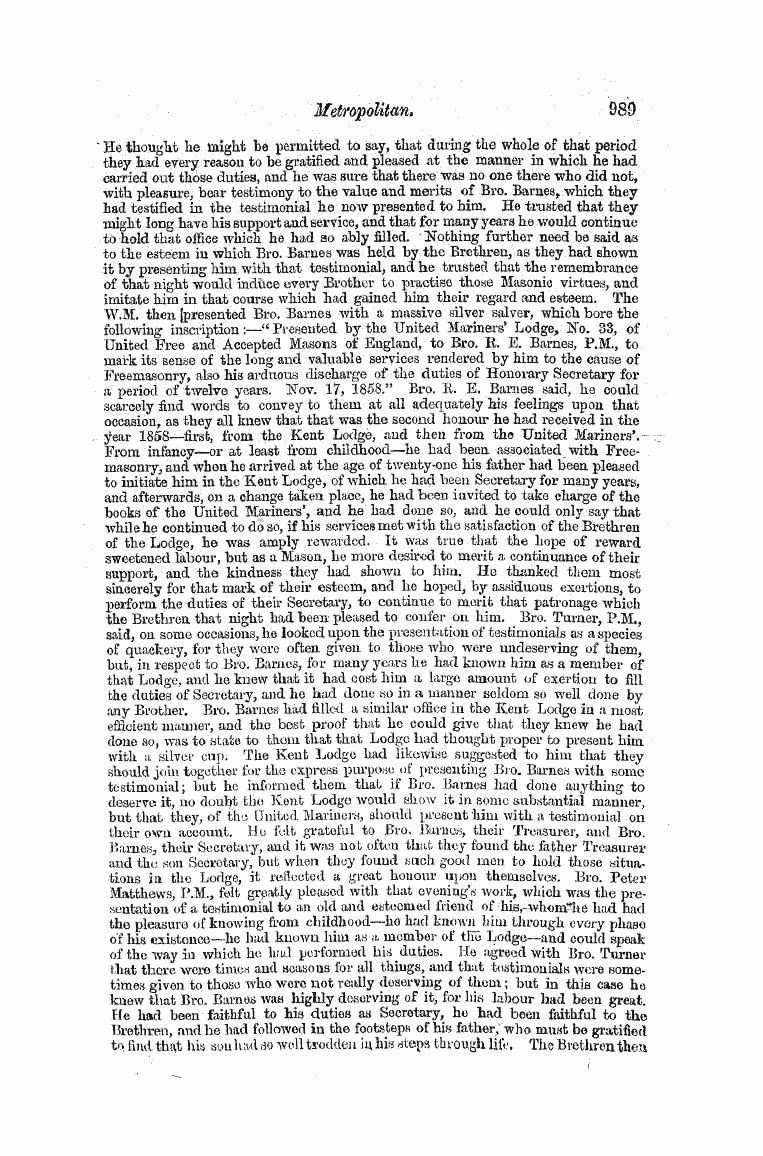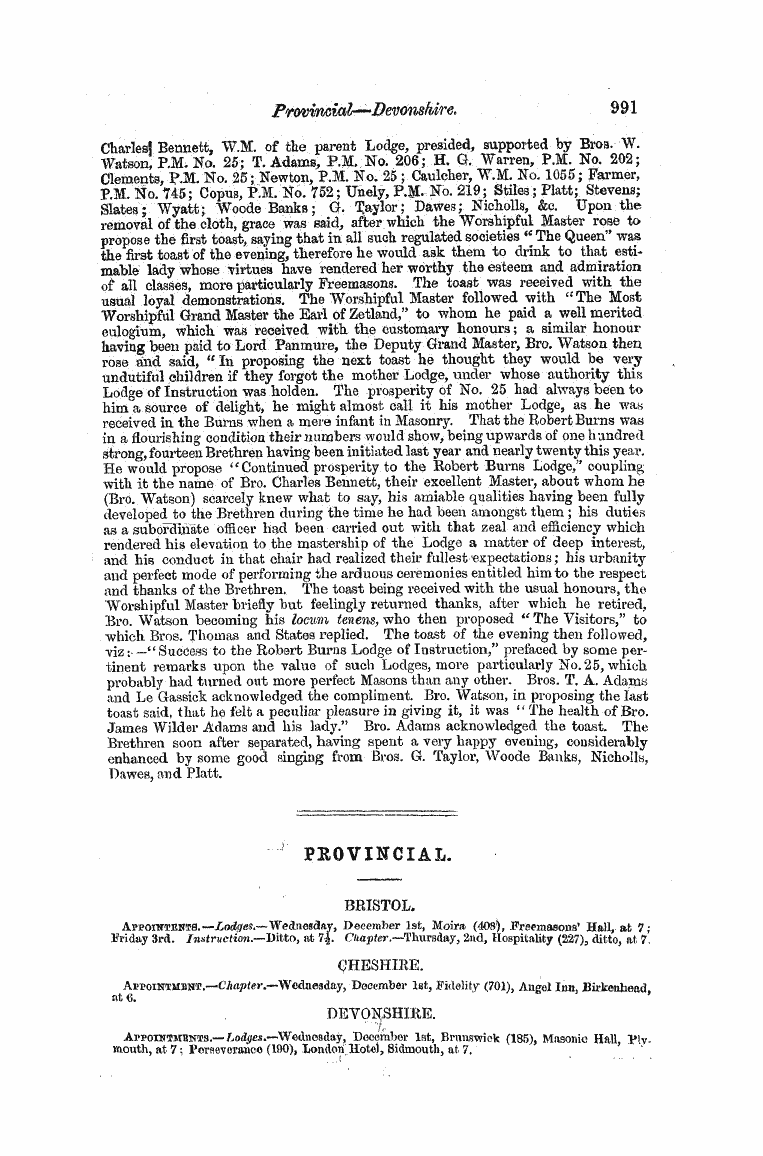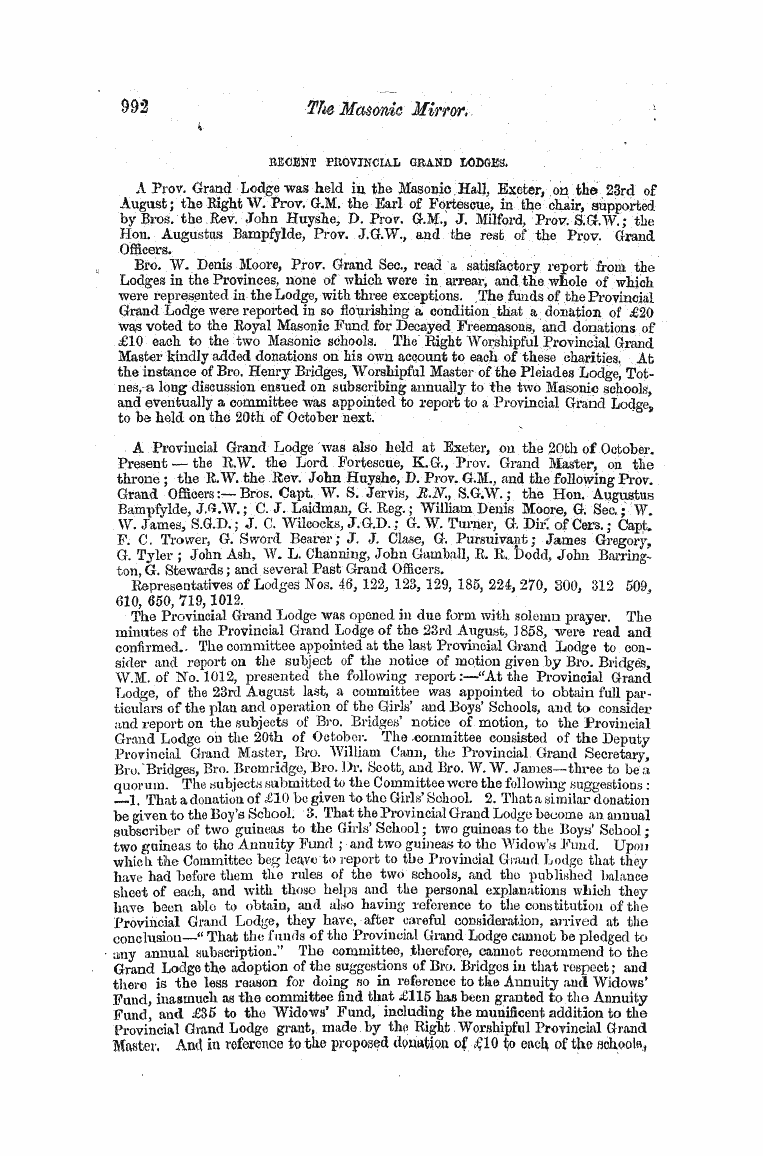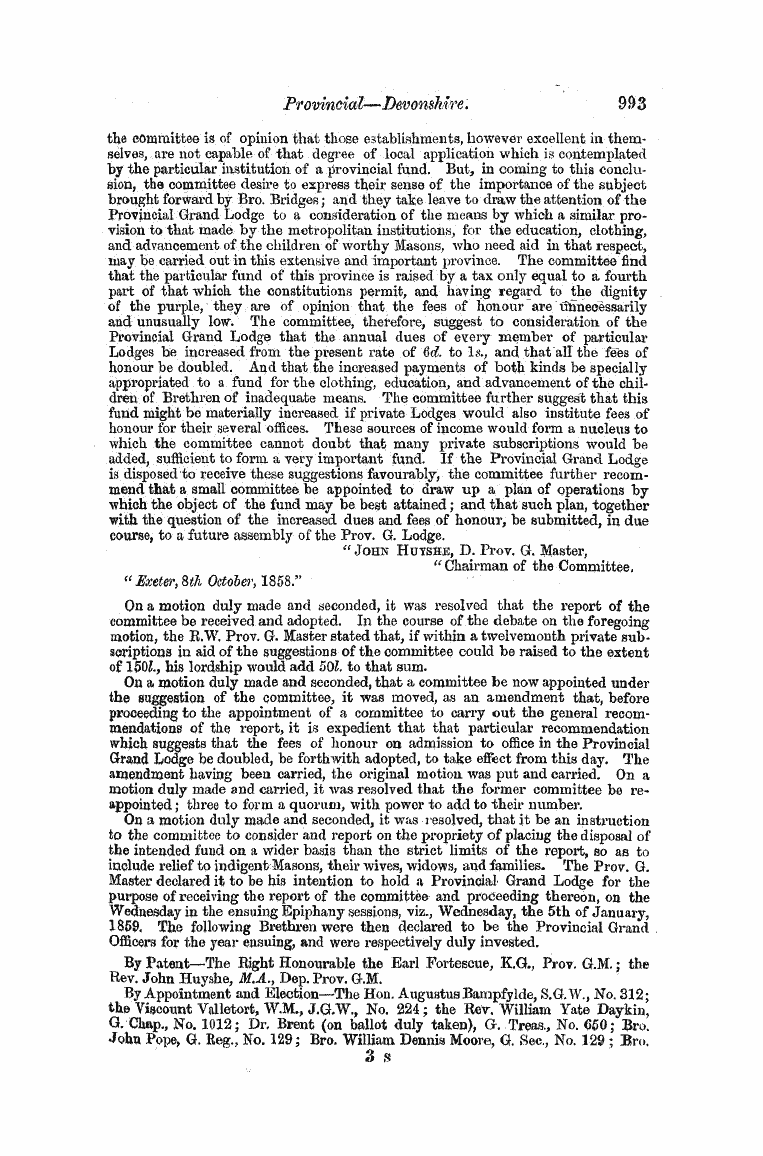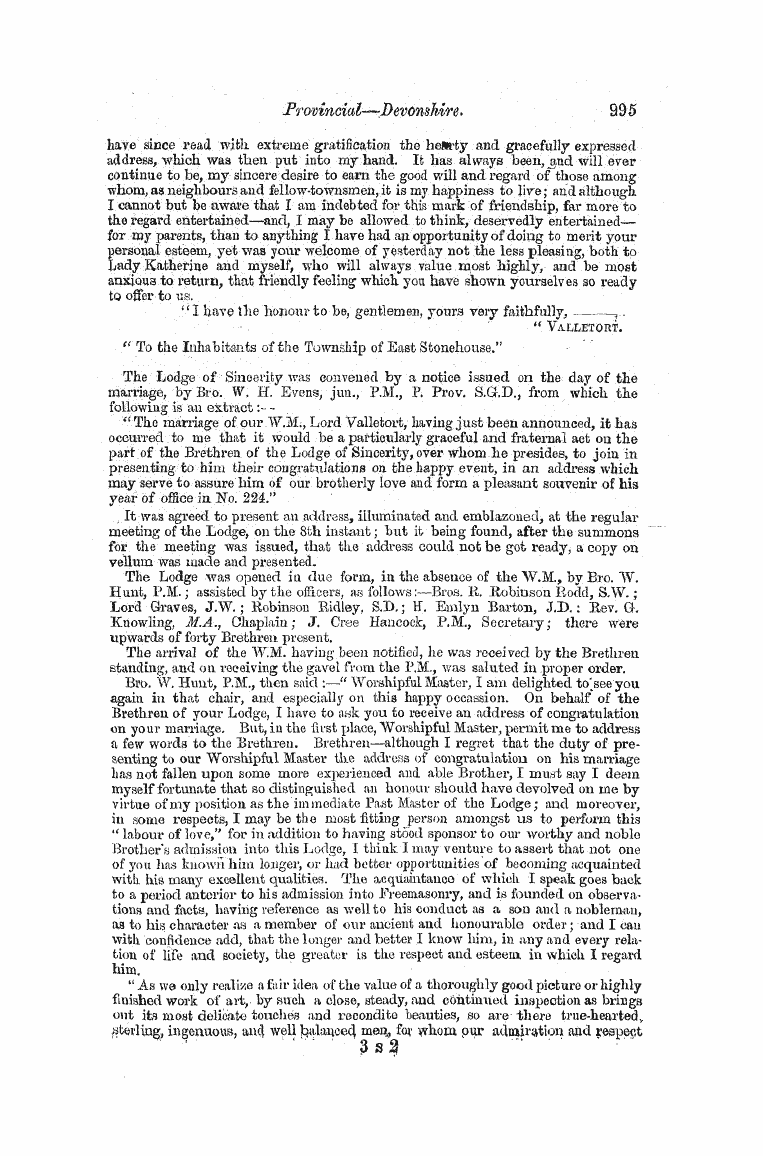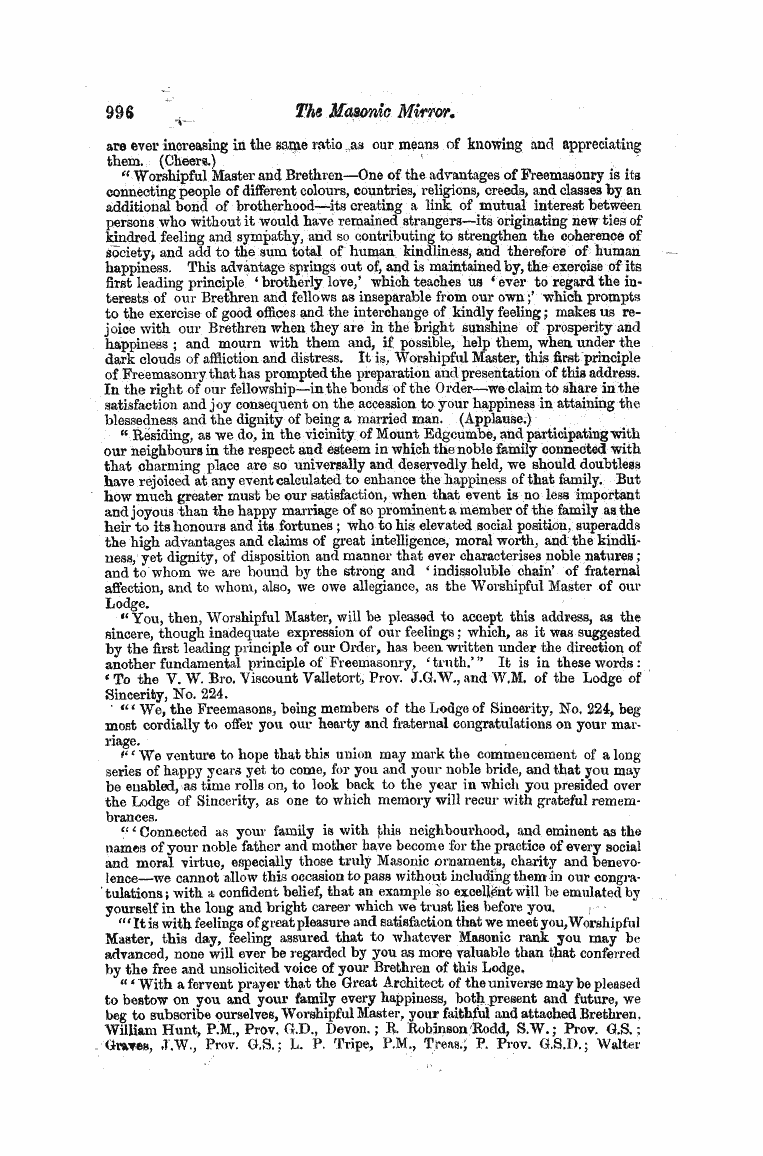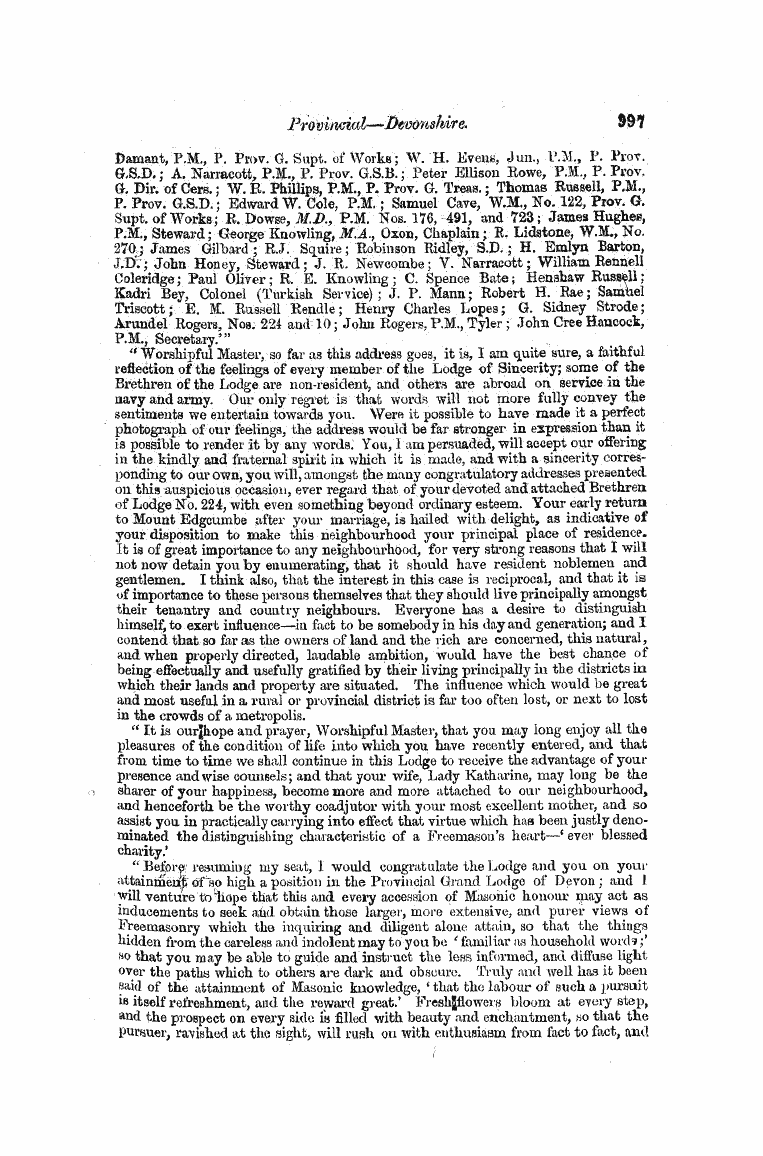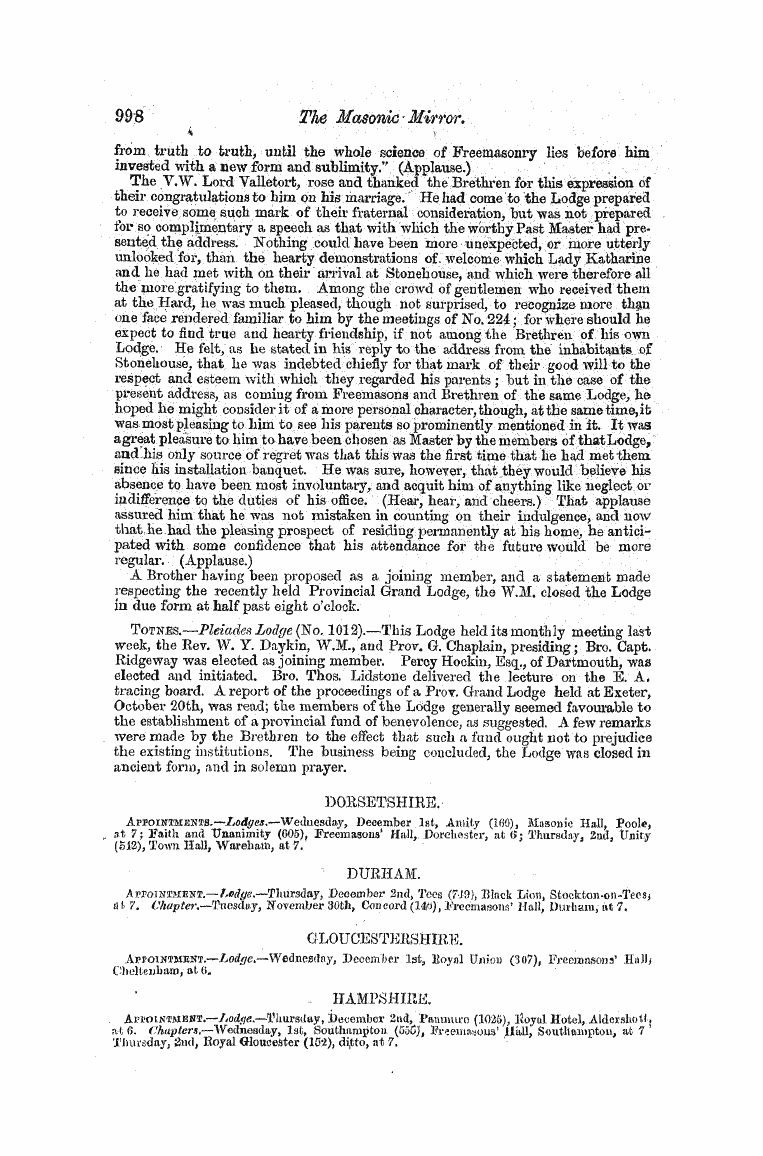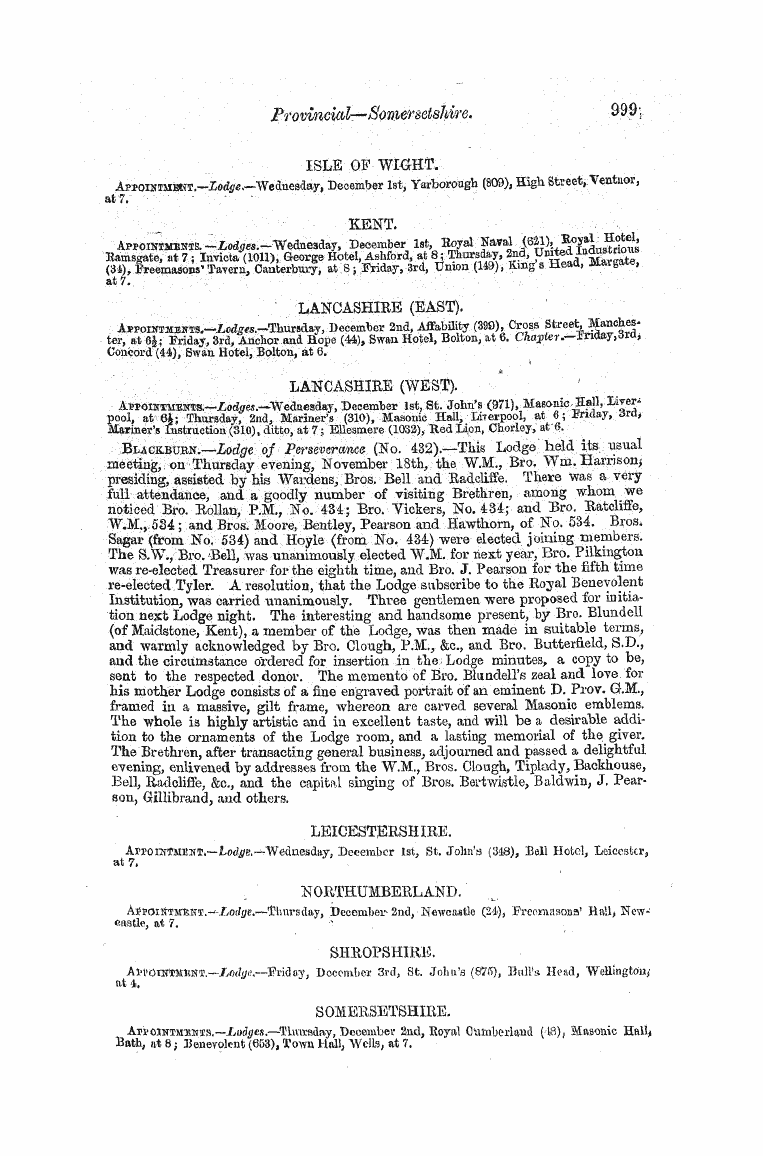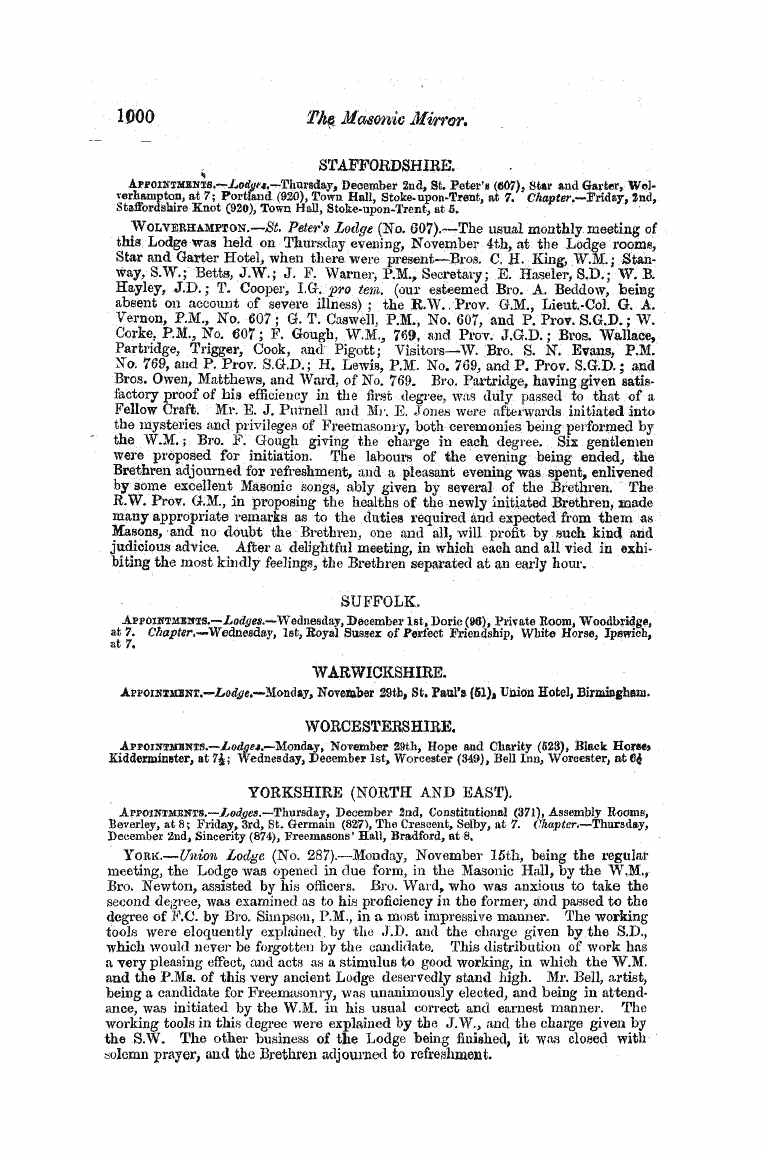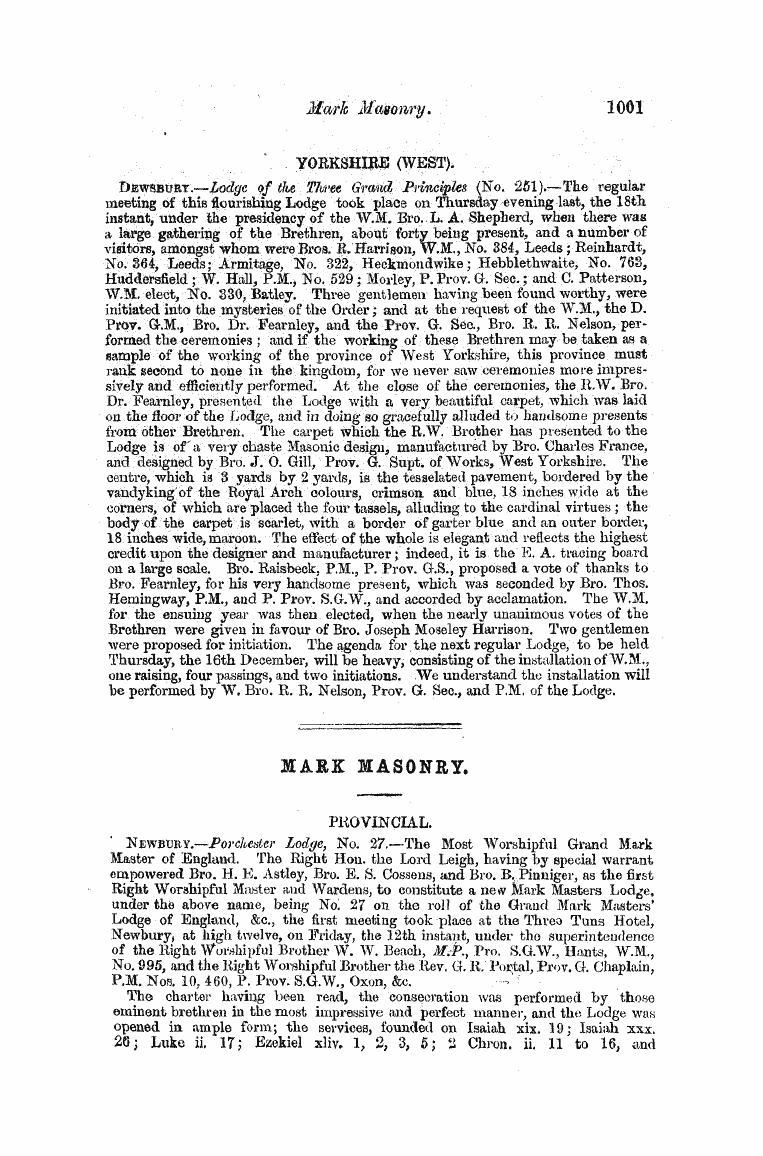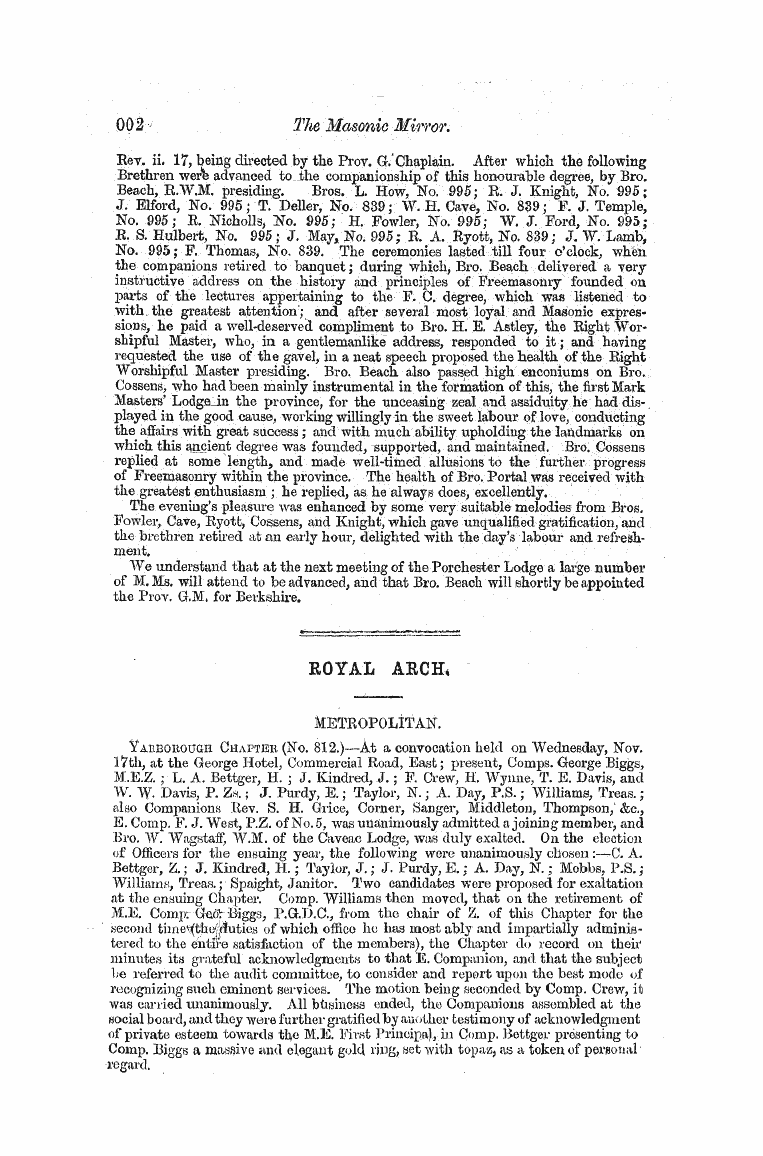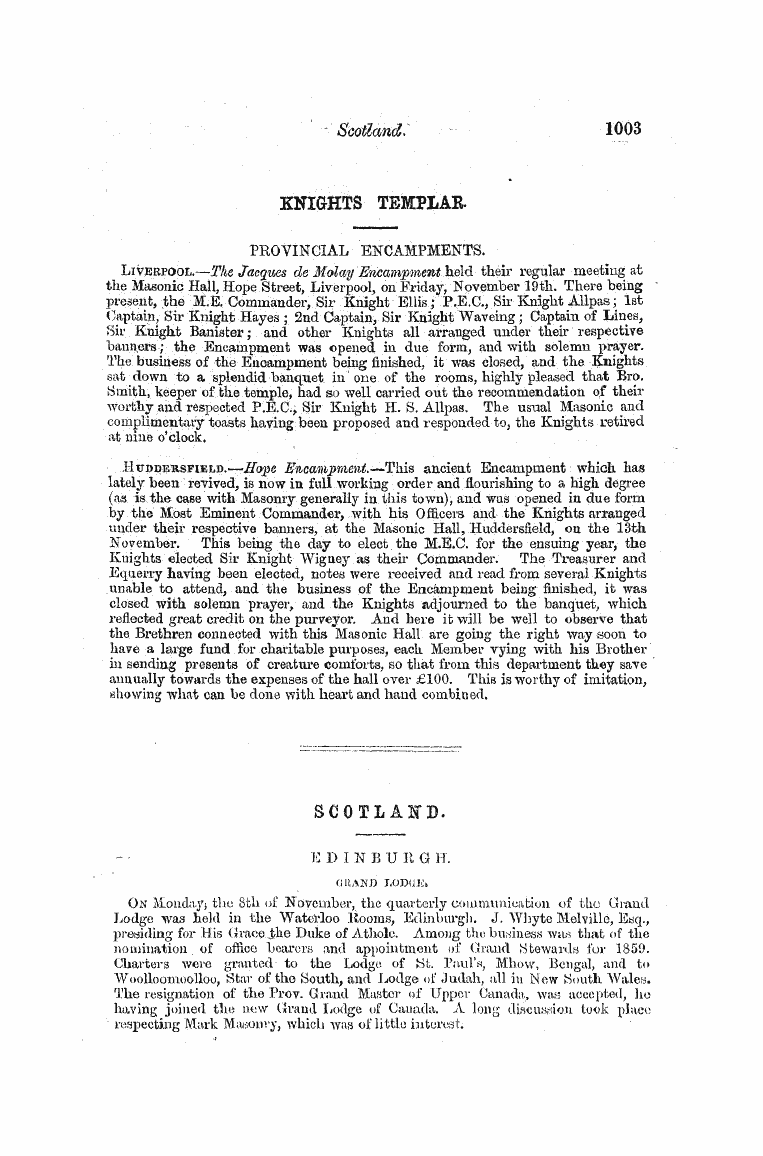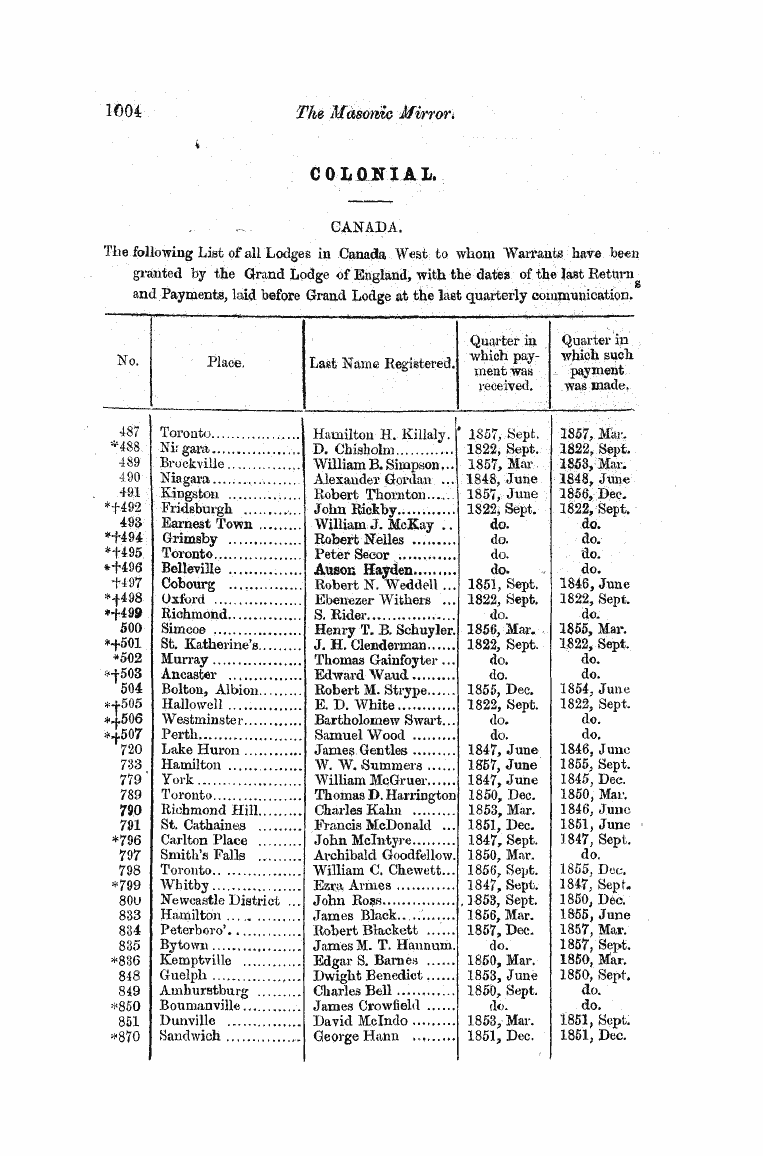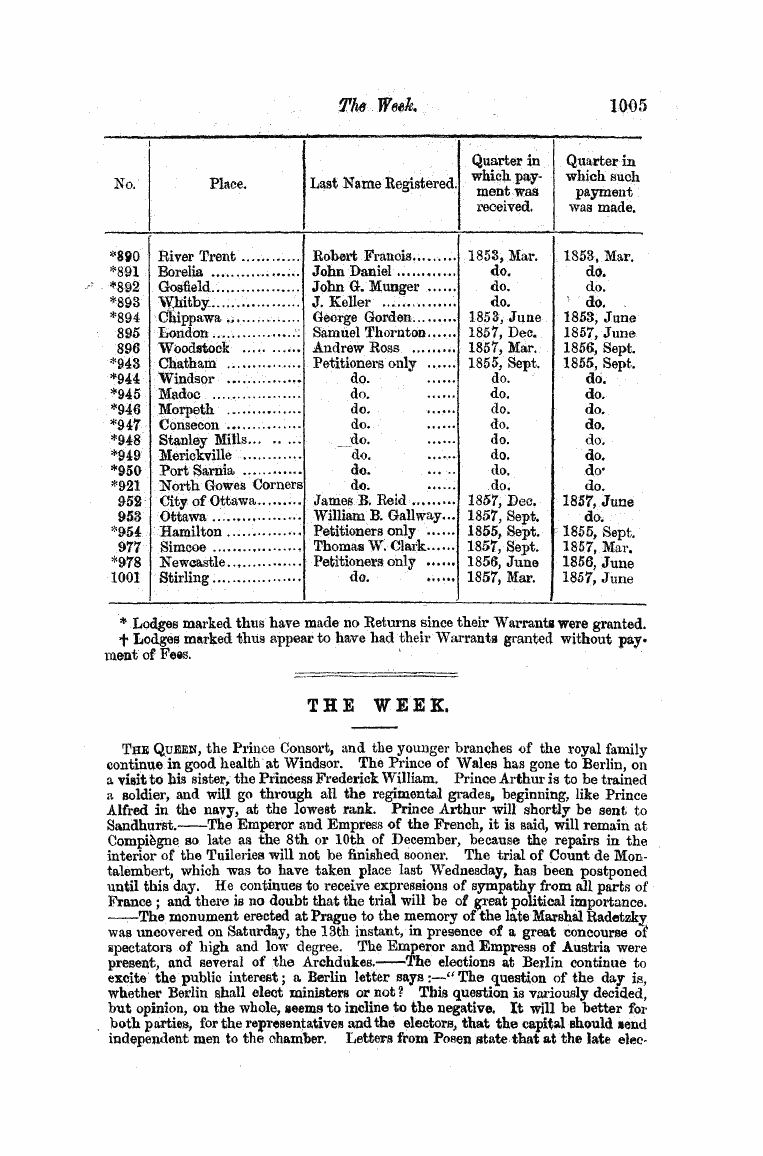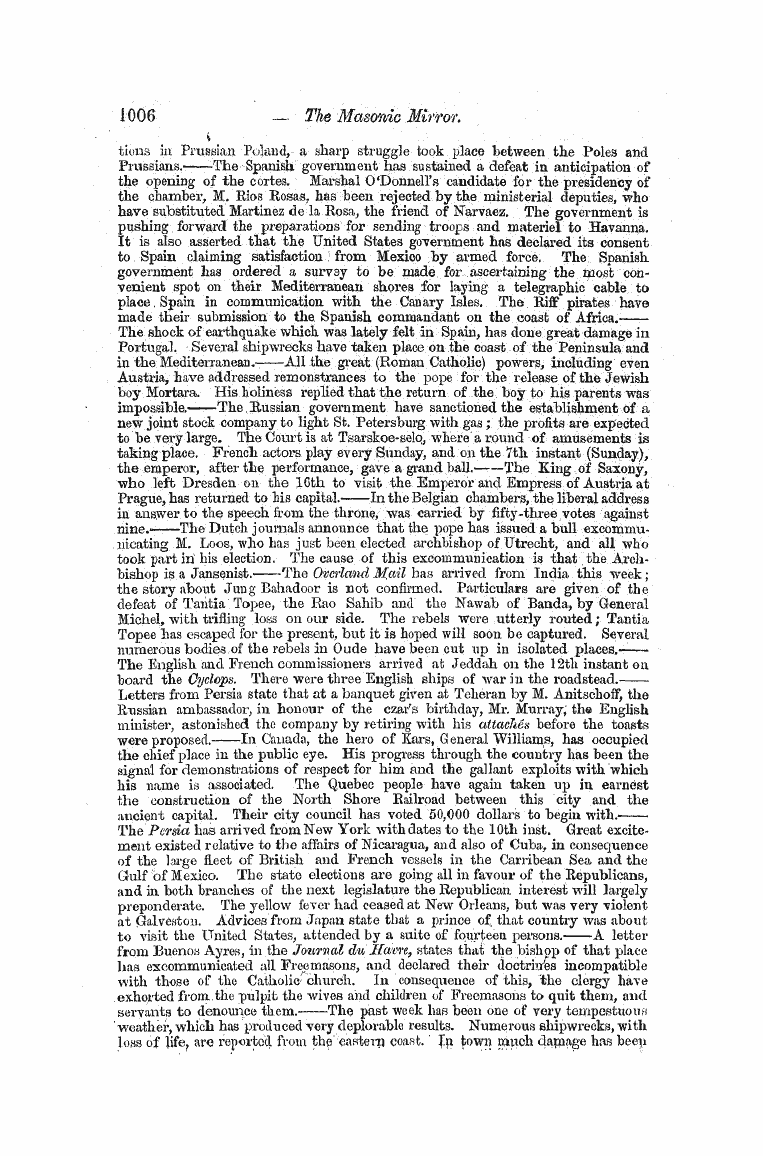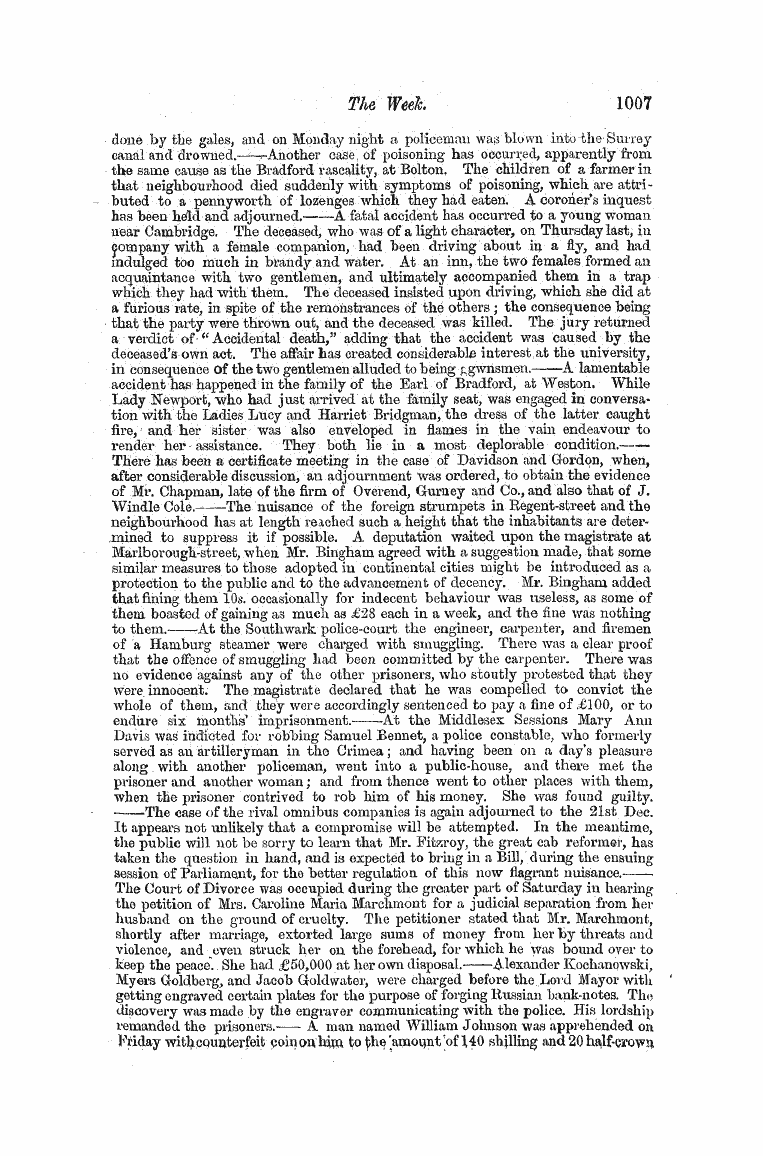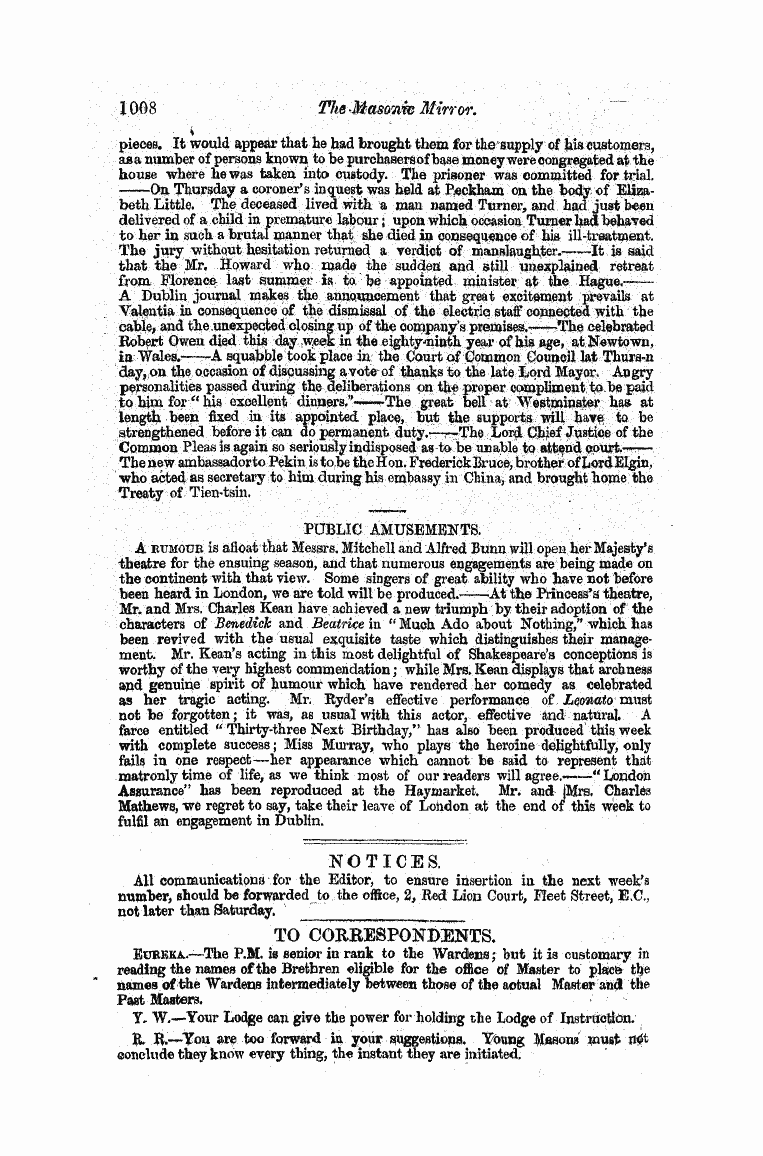-
Articles/Ads
Article THE CHURCHES OF WORCESTER. Page 1 of 4 →
Note: This text has been automatically extracted via Optical Character Recognition (OCR) software.
The Churches Of Worcester.
THE CHUROHES OF WORCESTER .
The following is an abstract of an interesting paper read lately before the Worcester Diocesan Architectural Society , by Mr . J . Severn Walker , one of the secretaries : — Most of our ancient cities and towns possess one principal church of large size and great architectural beauty , the subordinate churches being comparatively small and unimportant . For instance , not only the parish
churches of this city , hut also those of Exeter , Salisbury , Winchester , Canterbury , Lincoln , Durham , and other places , are of a very inferior description ; while , on the other hand , towns having neither a cathedral nor conventual church , often possess magnificent parish churches , such as those of Newark , Grantham , Boston , Boncaster , Stafford , laidlow , Eadderminster , & c \ Persliore and Malvern have large conventual churches , adjoining which were the small parochial edifices . One of these is still remaining at
Pershore * Exceptions to this rule are , however , not infrequent . Weils , Norwich , Beverley , and Coventry , amongst other places , possess fine parish churches , besides their cathedral or minster . Worcester is ohe of those places which never possessed any ecclesiastical edifice of much architectural importance , except the cathedral , and of its churches four only have escaped being rebuilt . The Worcester churches may be classed under three heads , viz ., those erected before the decline of pointed architecture , those
rebuilt in the eighteenth century , and those which have been re-erected during the last forty years . The remains of old St . Clement ' s Church , on the Upper Quay , first claim attention . Two plain circular arches here have been by some considered to be Saxon , but they probably belong to the early Norman period . When the city walls were destroyed by the order of Cromwell , the tower of this church shared the same fate , and was replaced by a wooden one at the west end of the nave . St . John the Baptist ' s , in
Bedwardine , was originally subordinate to the chapel of Wick , but the latter bring inconveniently situated , as regarded the population , was ordered by Bishop William deLynn , in 1371 , to be pulled down , and St . John ' s was constituted the parochial church . Traces of the old chapel of " Wyke" are still to he seen in Mr . Smith ' s farm buildings , and considerable remains were found a few years ago - These are now in a yard at the back of the Museum . At " Wyke" the Bishops of Worcester had a palace , and in the
year 1300 the Archbishop of Canterbury , making a visitation of his province , was handsomely entertained by Bishop Gilford , when lying sick at his house at "Wyke . " St . John ' s church , in our opinion , presents the most picturesque and venerable Appearance of any of the Worcester churches , its massive tower and giblecf aisles forming a pleasing feature in the approach to the
city from the east . The ground plan comprises chancel with north transept , and south aisle , nave and aisles , west tower , and modern porch and vestry . The nave is three bays in length , and has on the north side cylindrical piers with square capitals ; the circular arches , which they formerly supported have been cut into pointed ones , so as to enable the occupants of the gallery to have a better view of the clergyman . The rest of the building is third pointed , probably late in the style , the piers and arches being of poor character . The east window has a very depressed arch , and
Note: This text has been automatically extracted via Optical Character Recognition (OCR) software.
The Churches Of Worcester.
THE CHUROHES OF WORCESTER .
The following is an abstract of an interesting paper read lately before the Worcester Diocesan Architectural Society , by Mr . J . Severn Walker , one of the secretaries : — Most of our ancient cities and towns possess one principal church of large size and great architectural beauty , the subordinate churches being comparatively small and unimportant . For instance , not only the parish
churches of this city , hut also those of Exeter , Salisbury , Winchester , Canterbury , Lincoln , Durham , and other places , are of a very inferior description ; while , on the other hand , towns having neither a cathedral nor conventual church , often possess magnificent parish churches , such as those of Newark , Grantham , Boston , Boncaster , Stafford , laidlow , Eadderminster , & c \ Persliore and Malvern have large conventual churches , adjoining which were the small parochial edifices . One of these is still remaining at
Pershore * Exceptions to this rule are , however , not infrequent . Weils , Norwich , Beverley , and Coventry , amongst other places , possess fine parish churches , besides their cathedral or minster . Worcester is ohe of those places which never possessed any ecclesiastical edifice of much architectural importance , except the cathedral , and of its churches four only have escaped being rebuilt . The Worcester churches may be classed under three heads , viz ., those erected before the decline of pointed architecture , those
rebuilt in the eighteenth century , and those which have been re-erected during the last forty years . The remains of old St . Clement ' s Church , on the Upper Quay , first claim attention . Two plain circular arches here have been by some considered to be Saxon , but they probably belong to the early Norman period . When the city walls were destroyed by the order of Cromwell , the tower of this church shared the same fate , and was replaced by a wooden one at the west end of the nave . St . John the Baptist ' s , in
Bedwardine , was originally subordinate to the chapel of Wick , but the latter bring inconveniently situated , as regarded the population , was ordered by Bishop William deLynn , in 1371 , to be pulled down , and St . John ' s was constituted the parochial church . Traces of the old chapel of " Wyke" are still to he seen in Mr . Smith ' s farm buildings , and considerable remains were found a few years ago - These are now in a yard at the back of the Museum . At " Wyke" the Bishops of Worcester had a palace , and in the
year 1300 the Archbishop of Canterbury , making a visitation of his province , was handsomely entertained by Bishop Gilford , when lying sick at his house at "Wyke . " St . John ' s church , in our opinion , presents the most picturesque and venerable Appearance of any of the Worcester churches , its massive tower and giblecf aisles forming a pleasing feature in the approach to the
city from the east . The ground plan comprises chancel with north transept , and south aisle , nave and aisles , west tower , and modern porch and vestry . The nave is three bays in length , and has on the north side cylindrical piers with square capitals ; the circular arches , which they formerly supported have been cut into pointed ones , so as to enable the occupants of the gallery to have a better view of the clergyman . The rest of the building is third pointed , probably late in the style , the piers and arches being of poor character . The east window has a very depressed arch , and































































